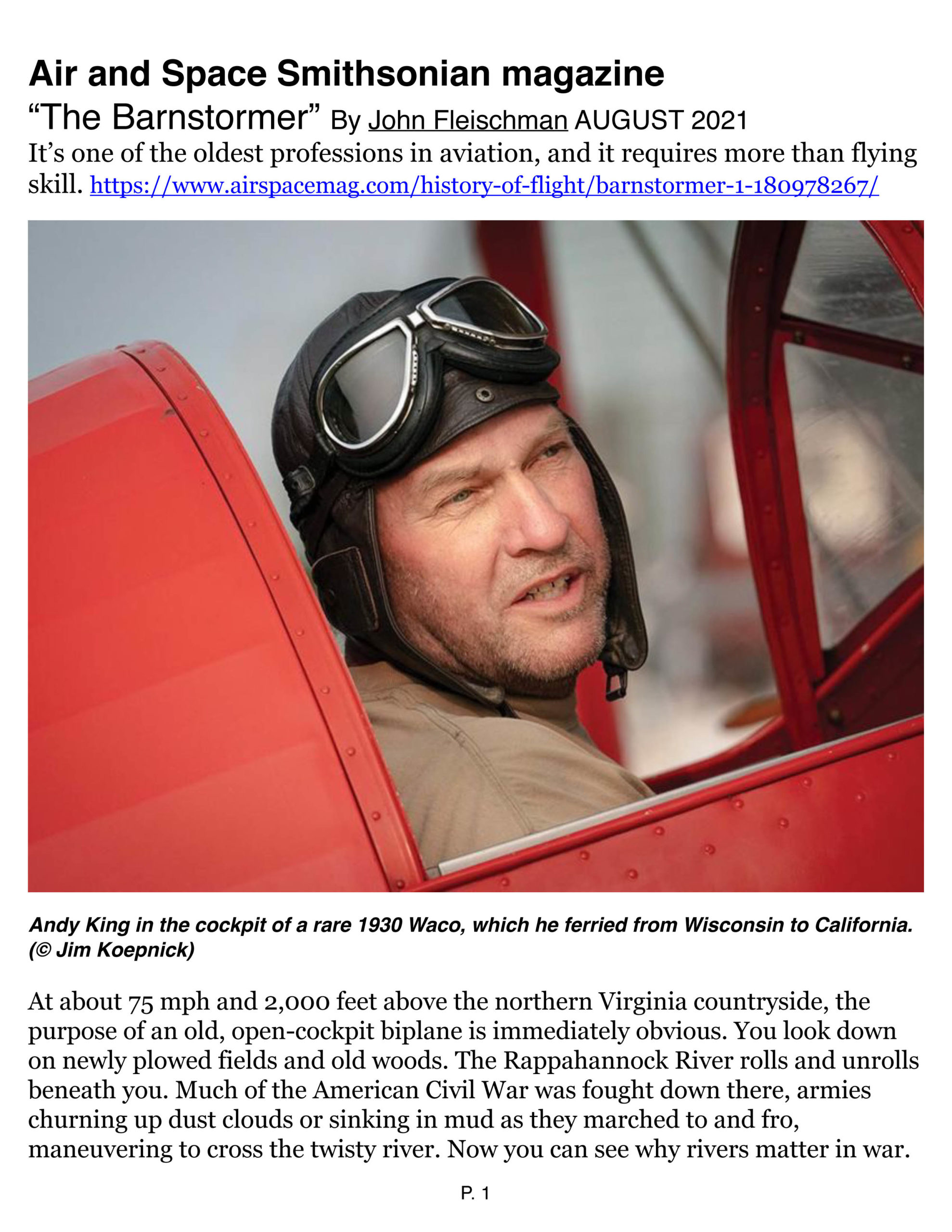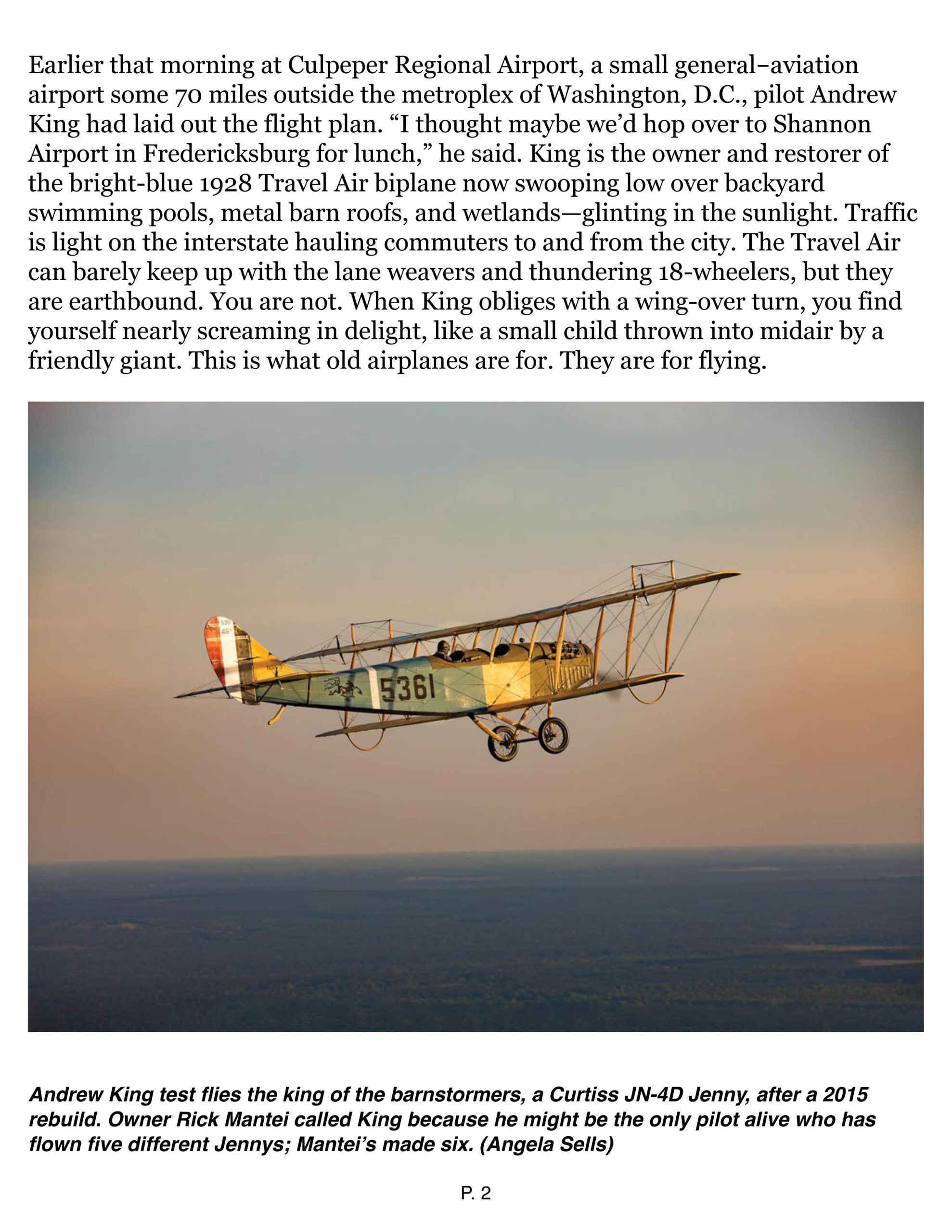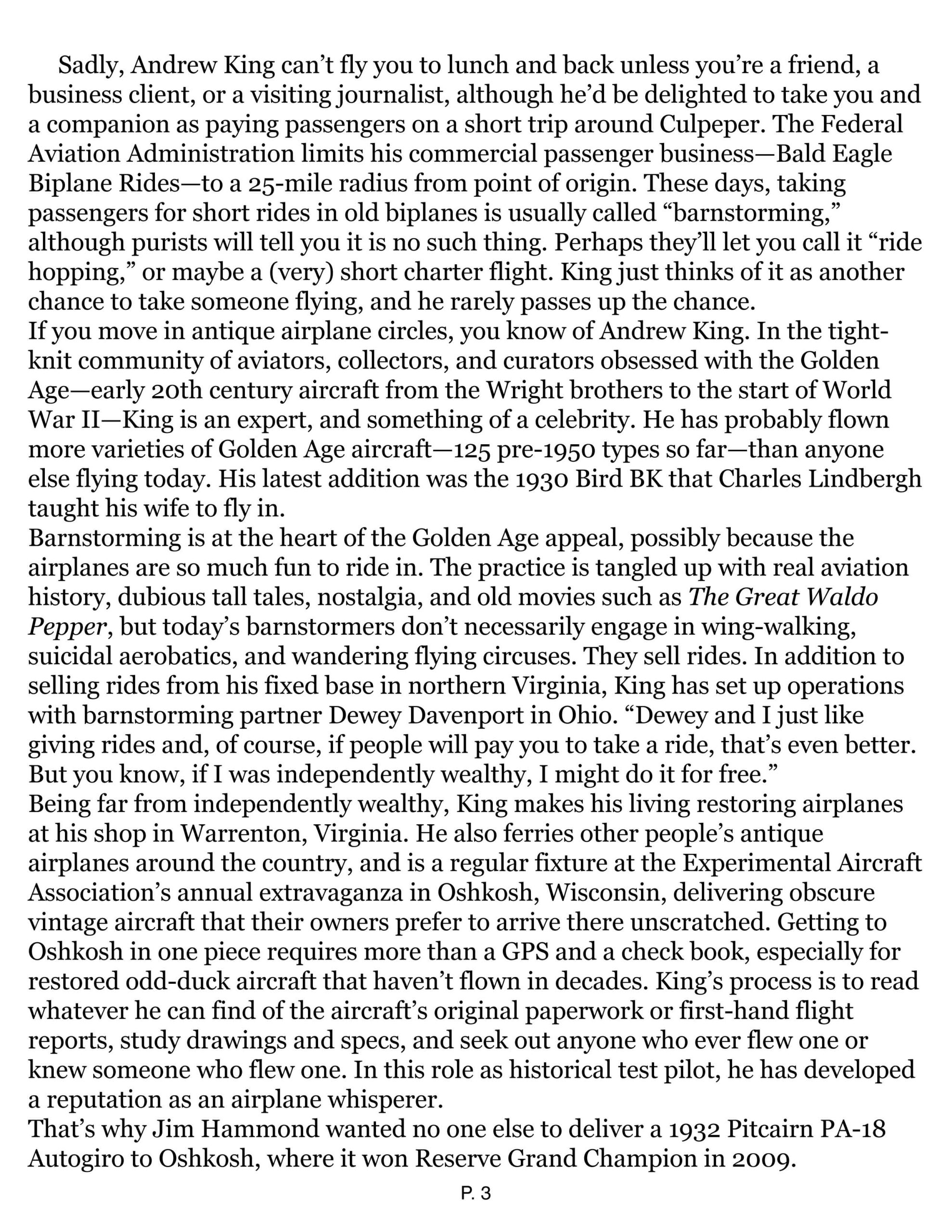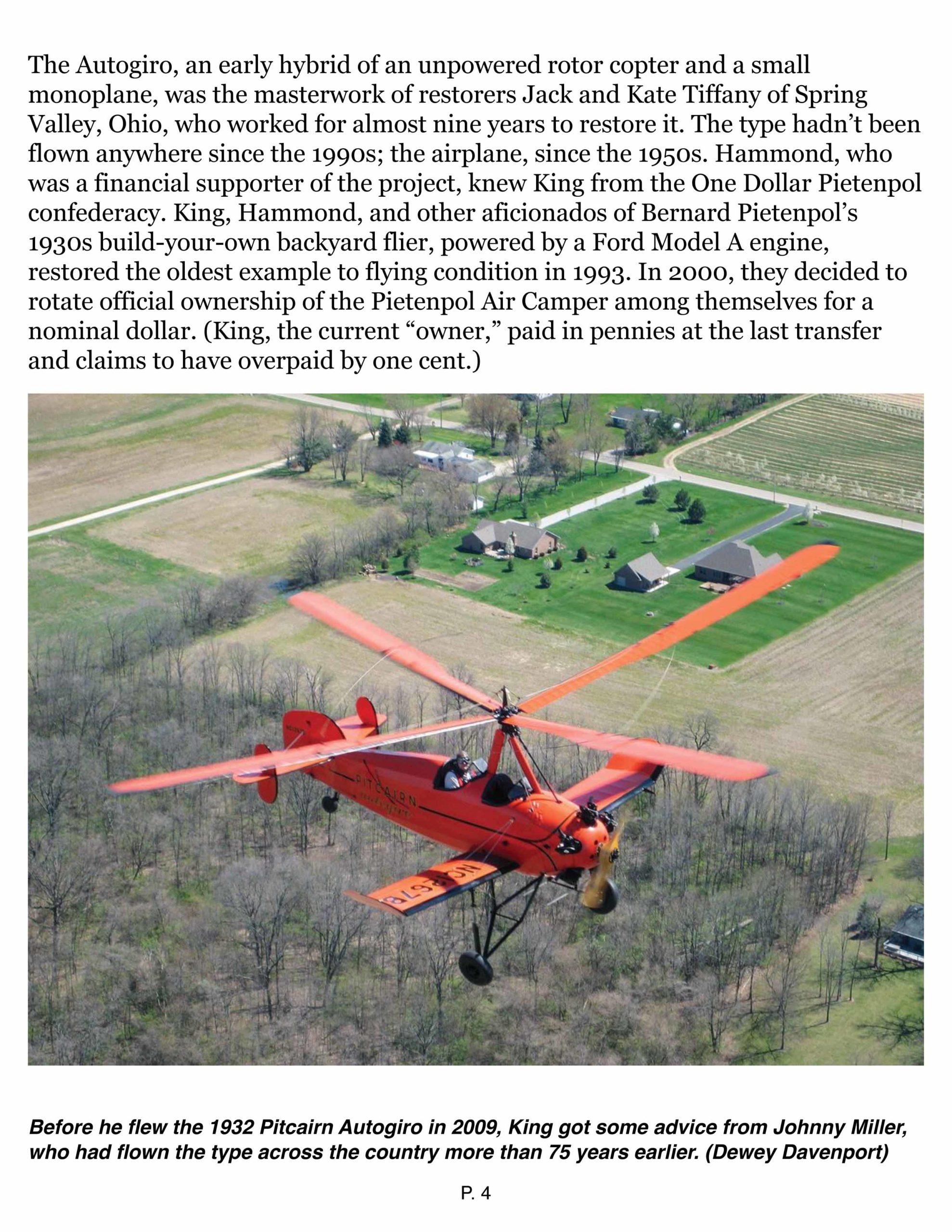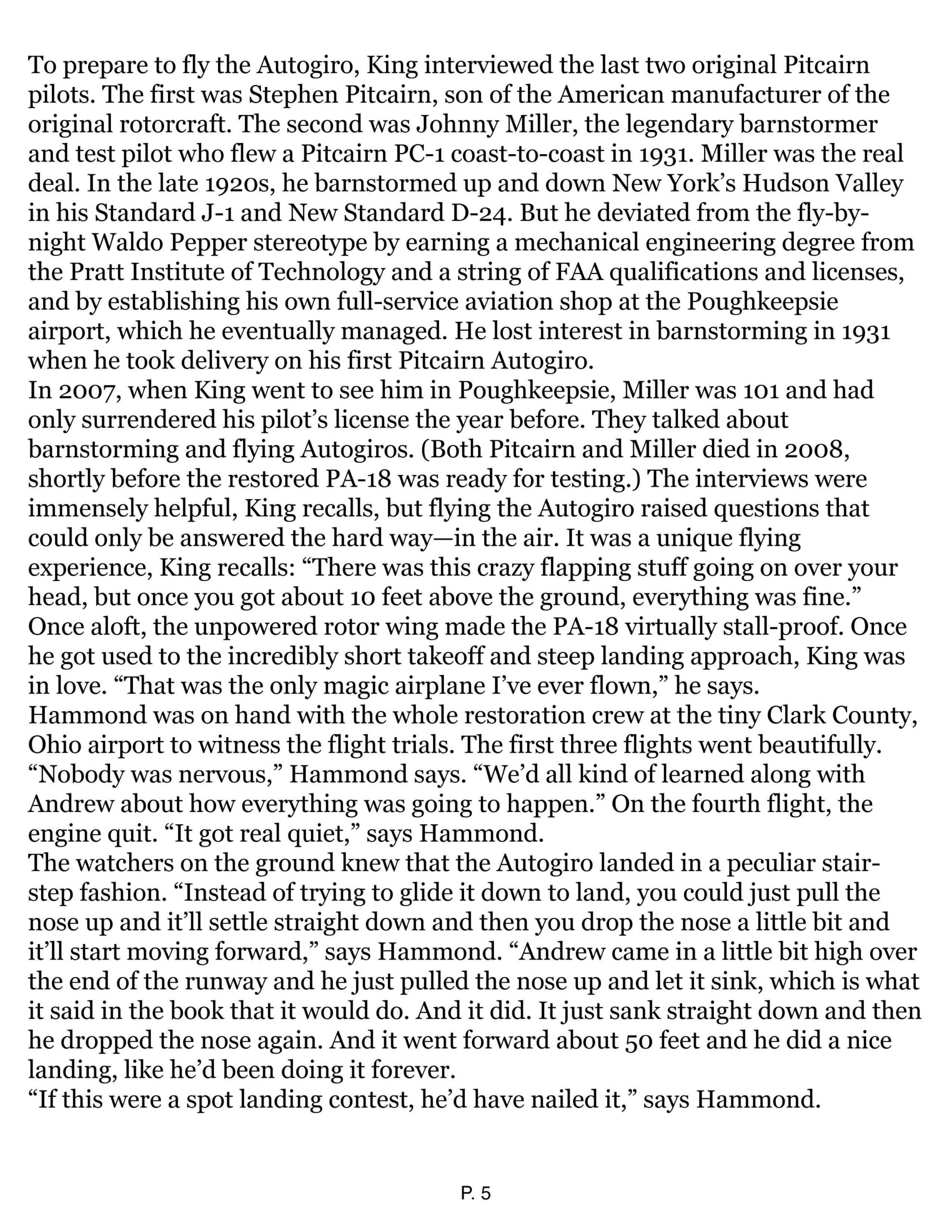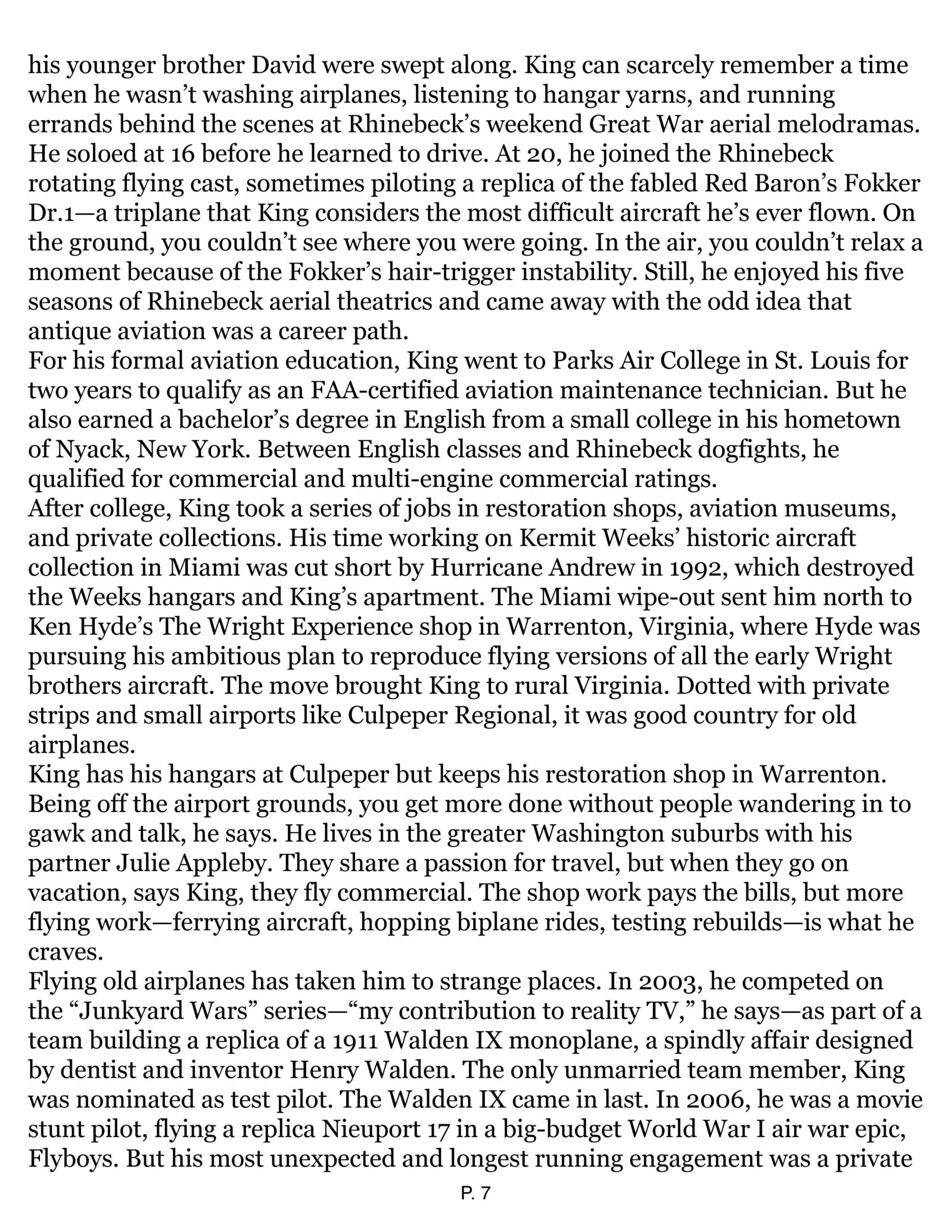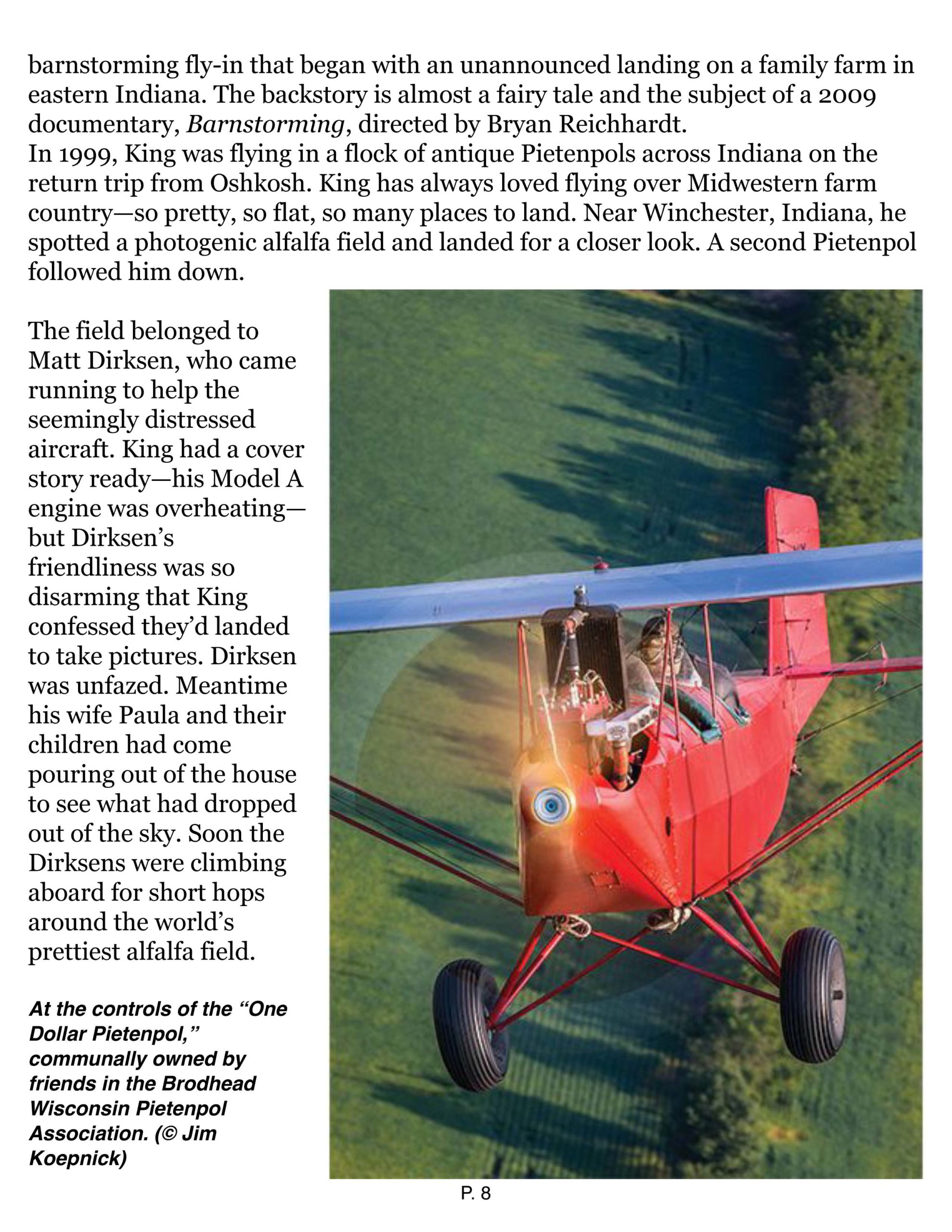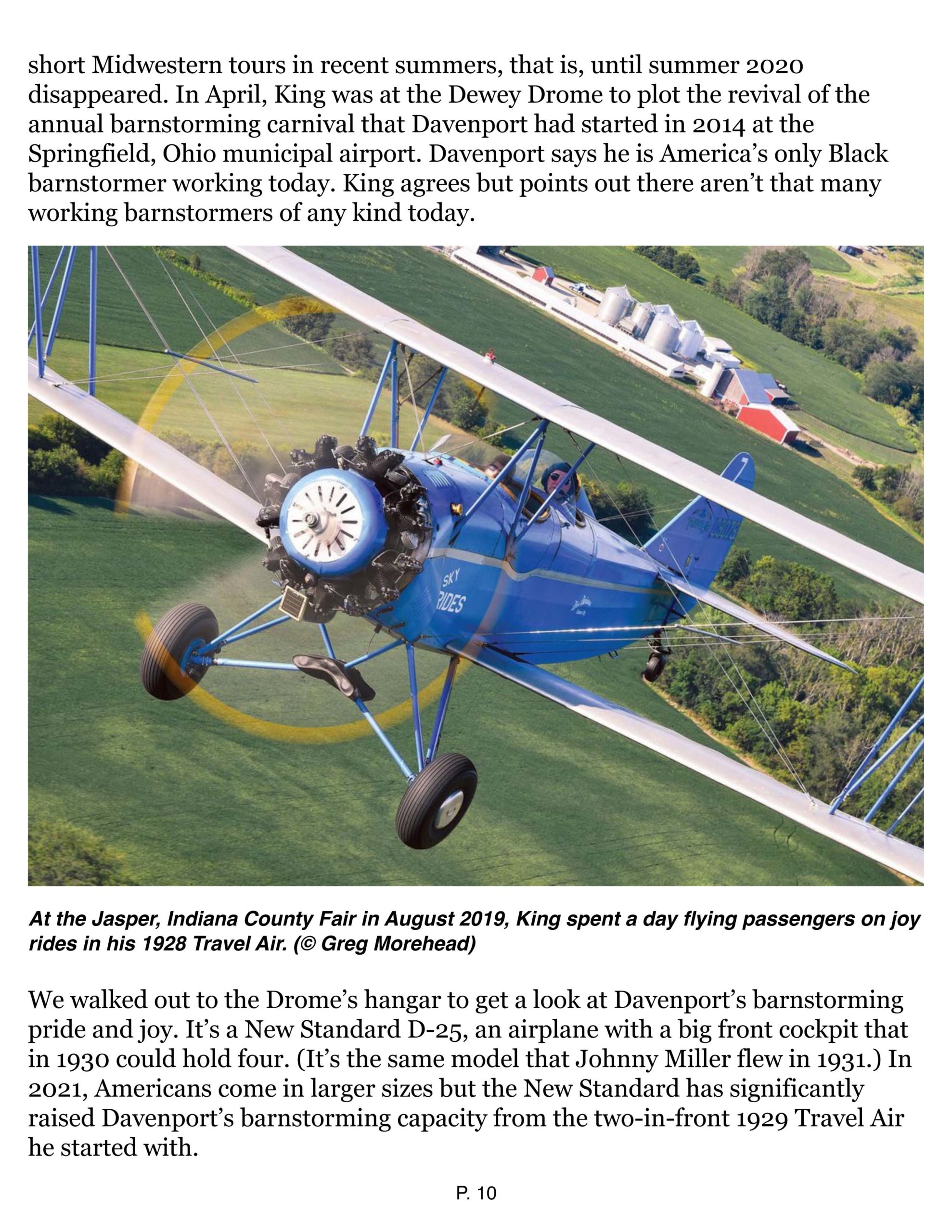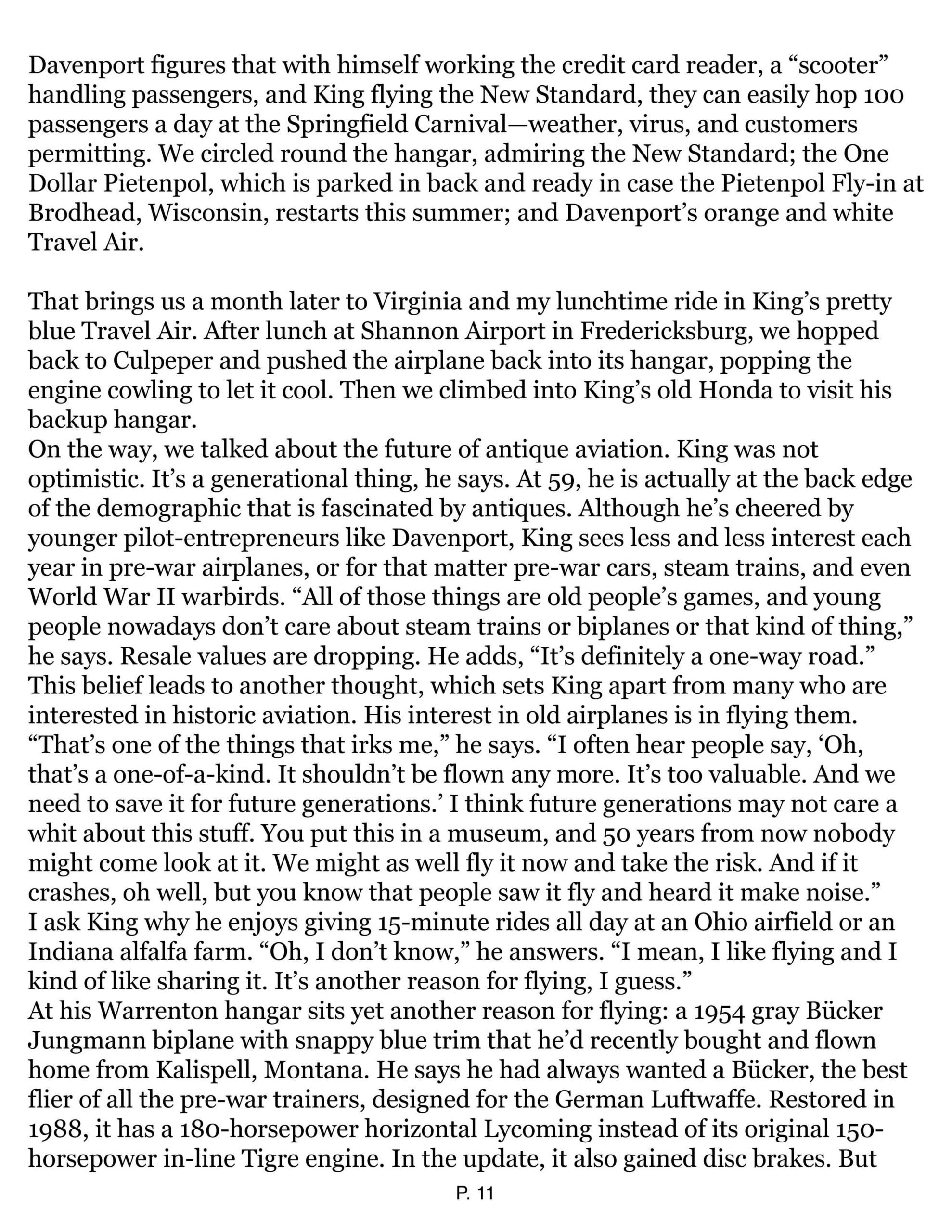“A Walk in the Airpark” by Del Wilber, February 2009 https://www.smithsonianmag.com/air-space-magazine/a-walk-in-the-airpark-46895338/ Rest and renewal in a long-standing pilot community.
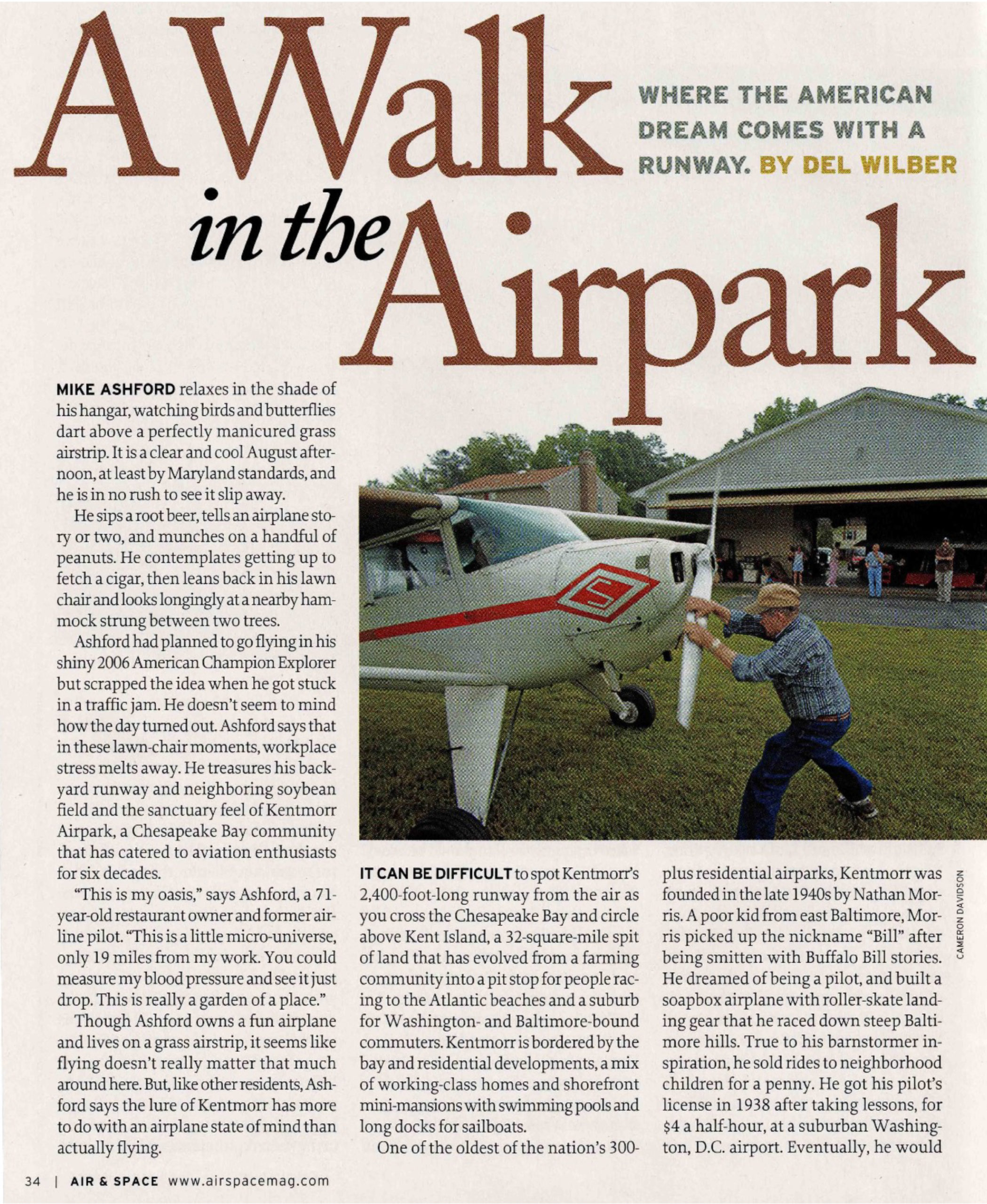
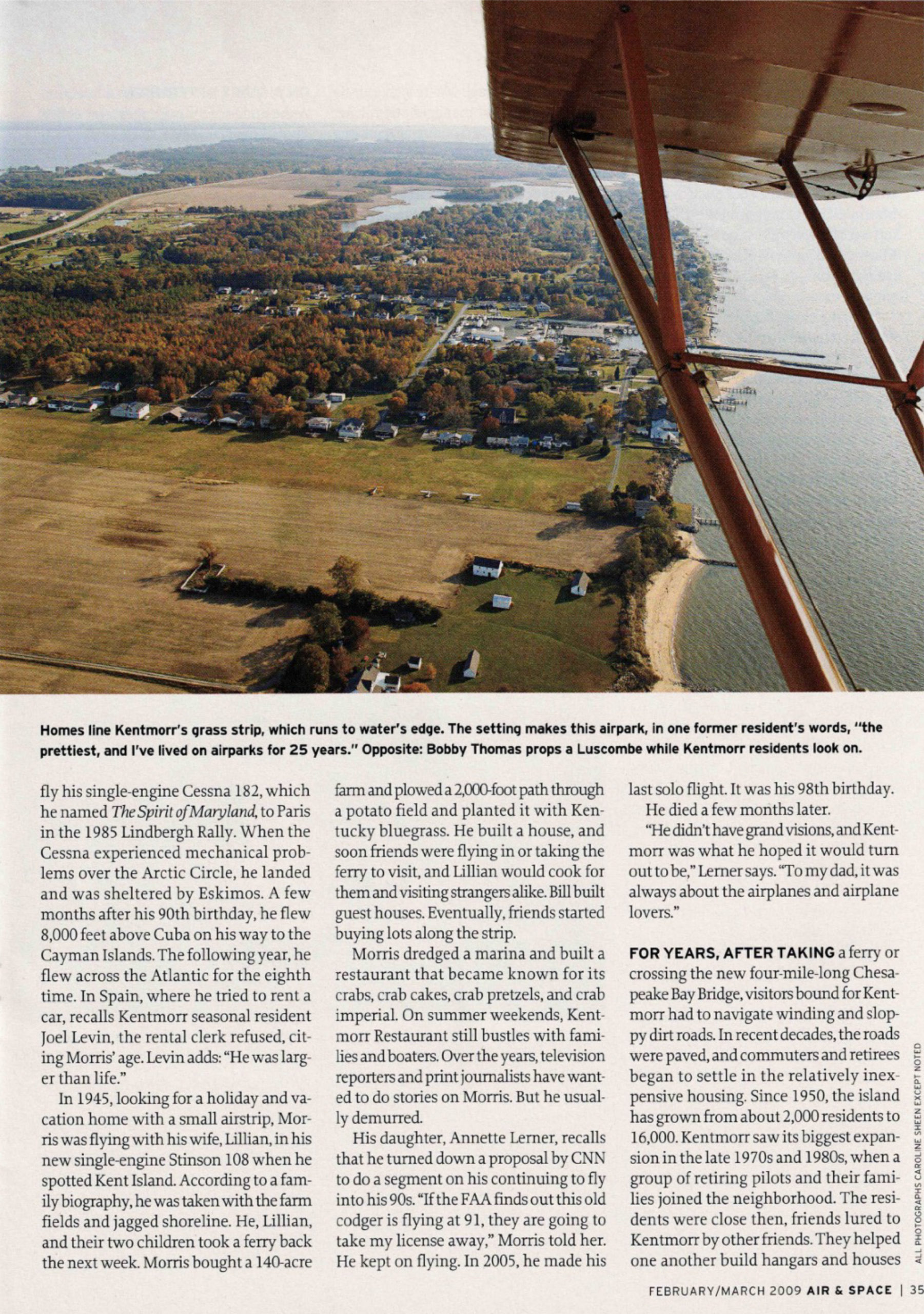
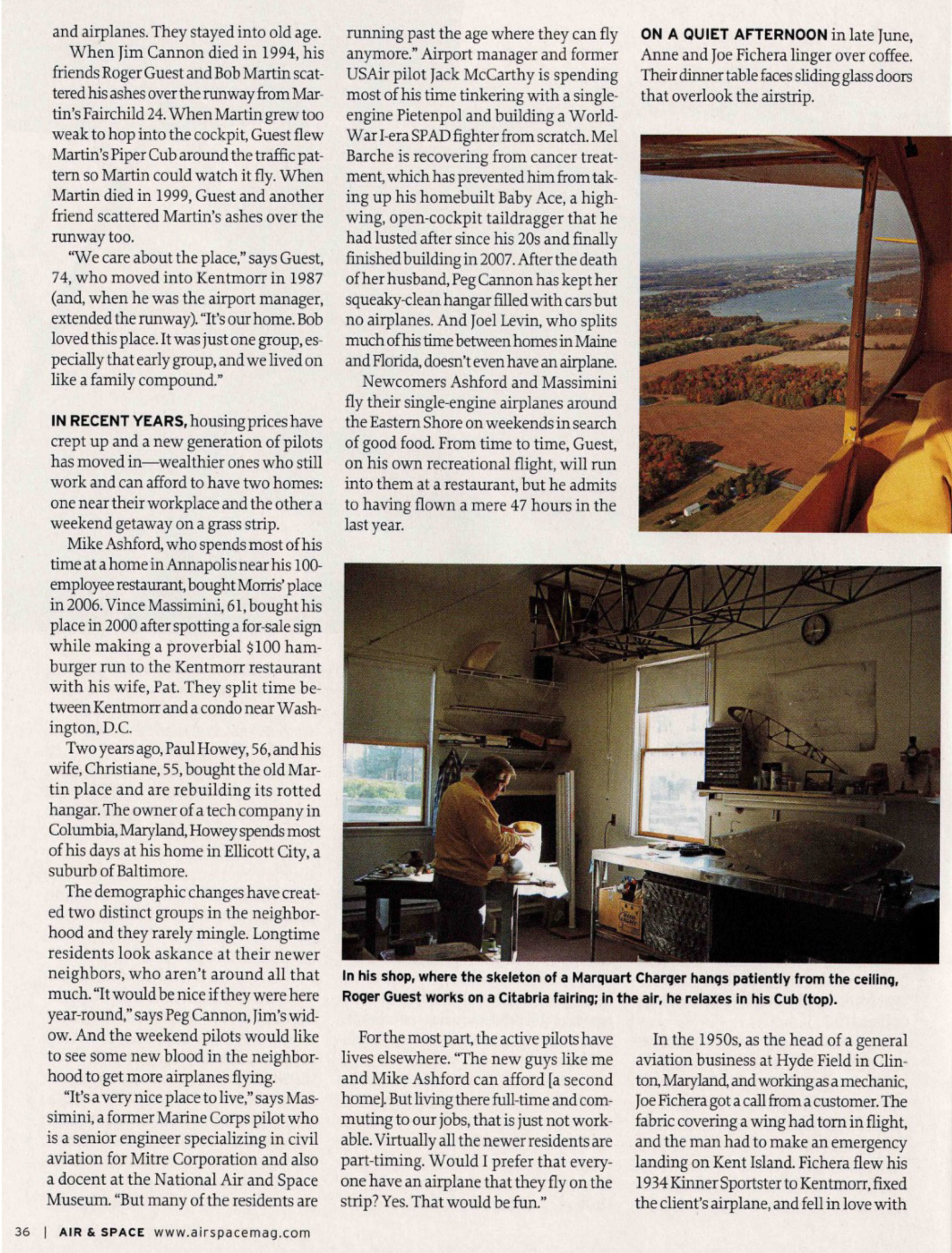

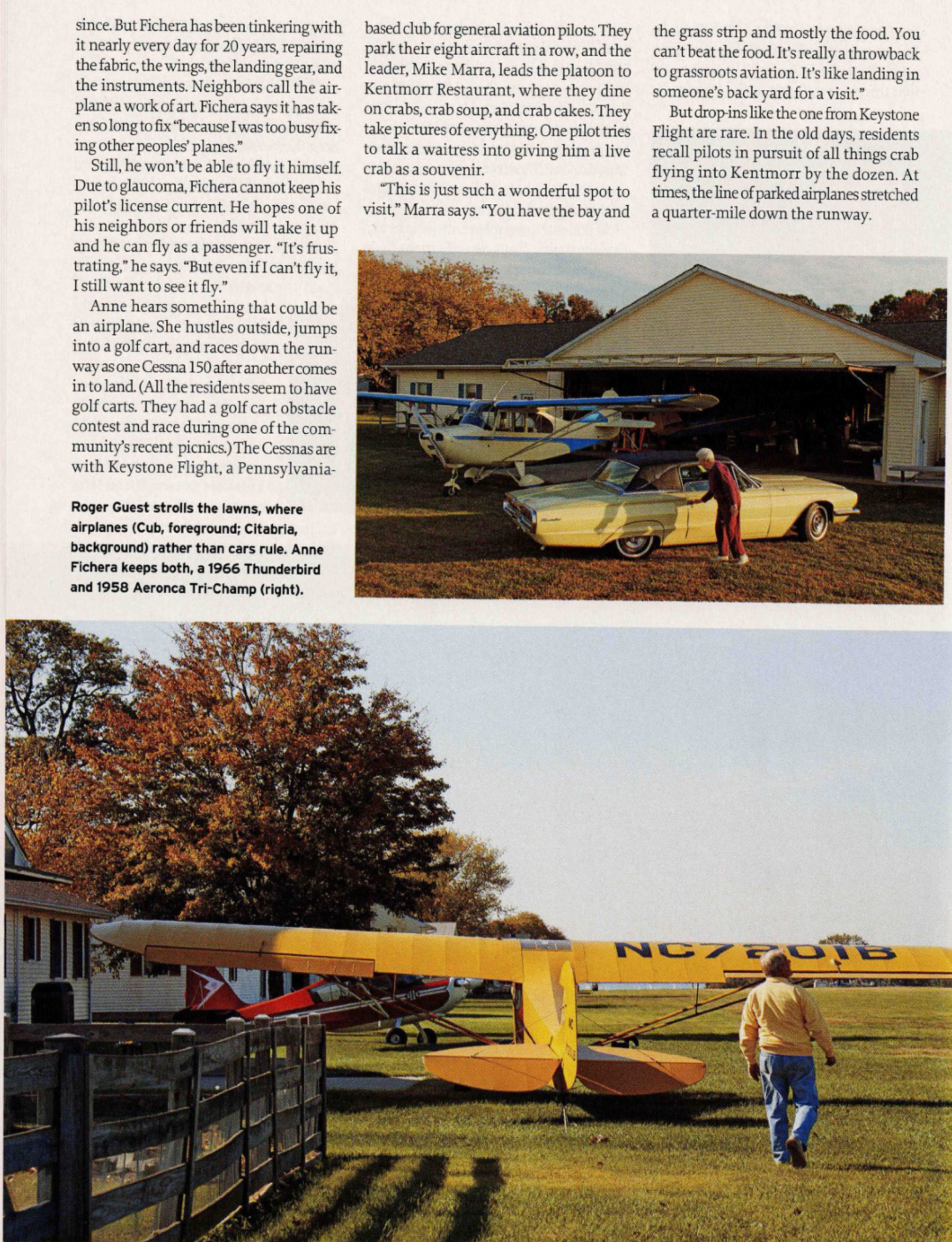
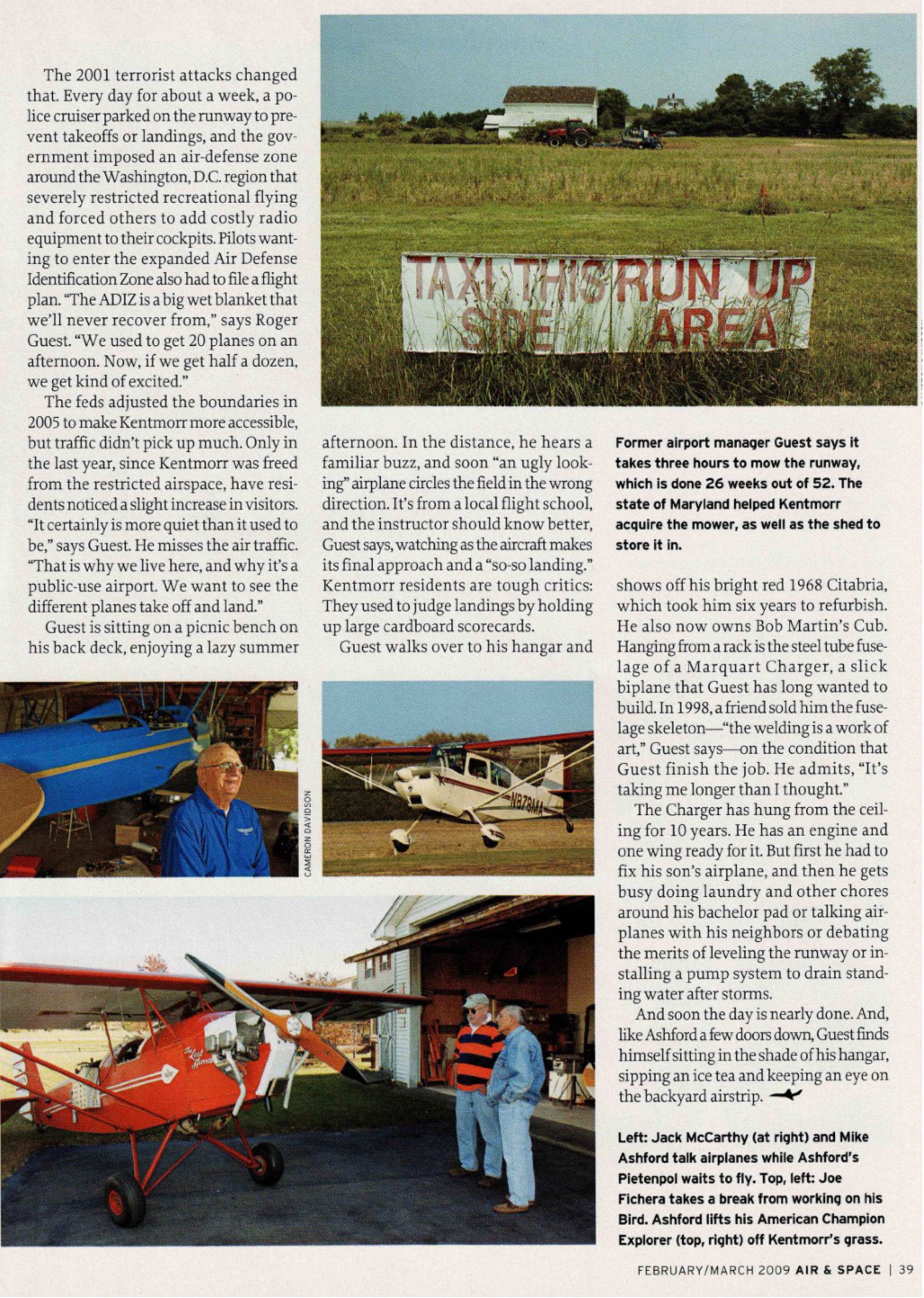
N727N Fichera Kinner Sportster (Air Progress magazine June/July 1963):
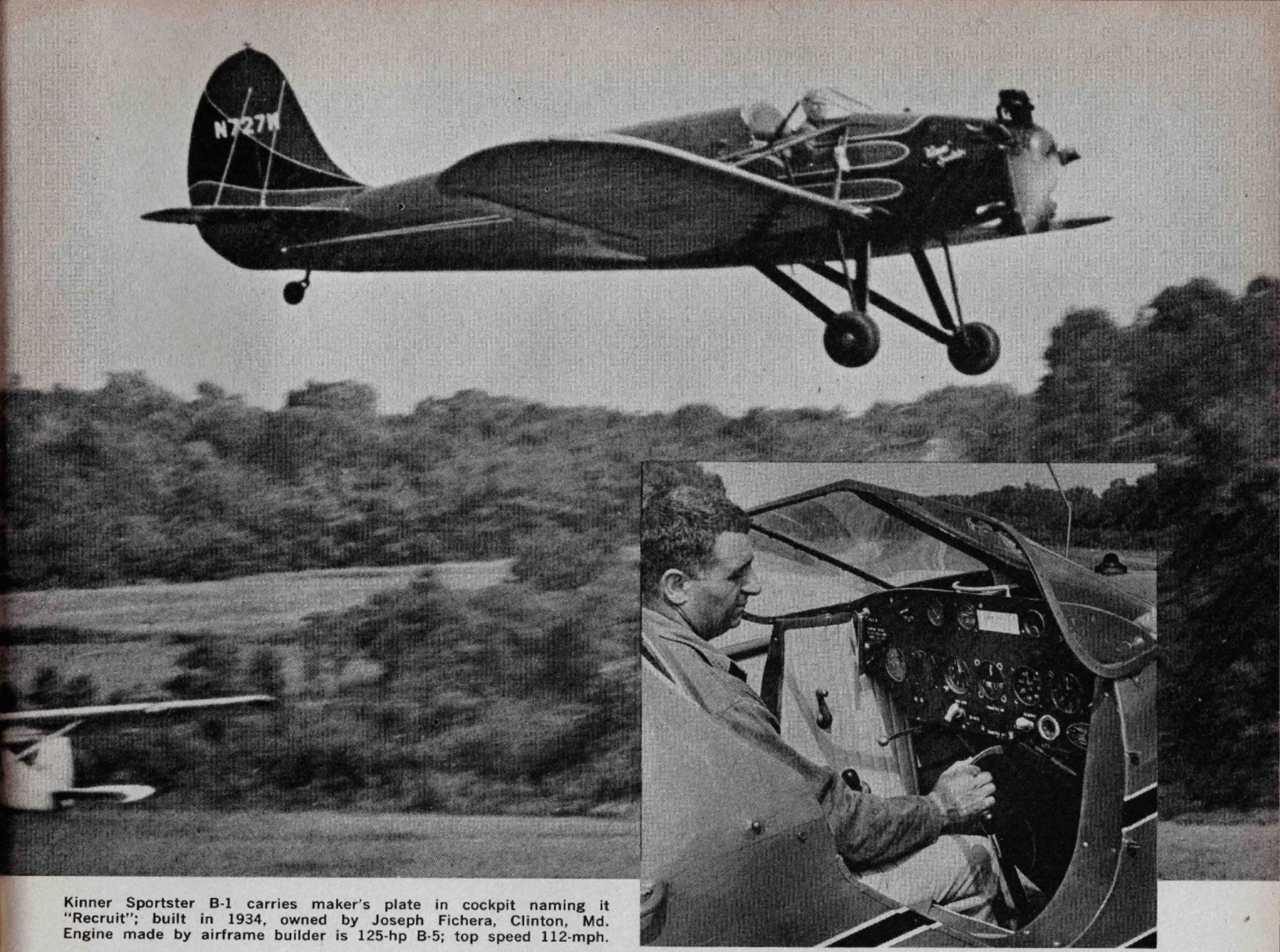
Recently received a donation of old Air Progress magazines and found this photo of Joe Fichera flying his 1934 Kinner Sportster N727N in the June/July 1963 issue (before he moved to Kentmorr Air Park). Joe was a fixture in the Eastern Shore Antique Airplane universe for many years. We’re still blessed by Andy King flying the Lindbergh Bird BK, that Joe & Ann restored, to our Antique Airplane Fly-Ins.
Below duplication may be easier to read:
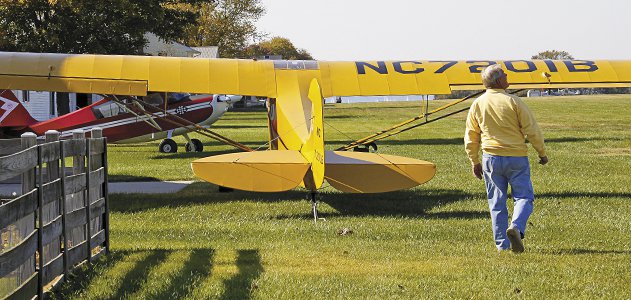
Roger Guest strolls the lawns, where airplanes (Cub, foreground; Citabria, background) rather than cars rule. Caroline Sheen
Mike Ashford relaxes in the shade of his hangar, watching birds and butterflies dart above a perfectly manicured grass airstrip. It is a clear and cool August afternoon, at least by Maryland standards, and he is in no rush to see it slip away.
He sips a root beer, tells an airplane story or two, and munches on a handful of peanuts. He contemplates getting up to fetch a cigar, then leans back in his lawn chair and looks longingly at a nearby hammock strung between two trees.
Ashford had planned to go flying in his shiny 2006 American Champion Explorer but scrapped the idea when he got stuck in a traffic jam. He doesn’t seem to mind how the day turned out. Ashford says that in these lawn-chair moments, workplace stress melts away. He treasures his backyard runway and neighboring soybean field and the sanctuary feel of Kentmorr Airpark, a Chesapeake Bay community that has catered to aviation enthusiasts for six decades.
“This is my oasis,” says Ashford, a 71-year-old restaurant owner and former airline pilot. “This is a little micro-universe, only 19 miles from my work. You could measure my blood pressure and see it just drop. This is really a garden of a place.”
Though Ashford owns a fun airplane and lives on a grass airstrip, it seems like flying doesn’t really matter that much around here. But, like other residents, Ashford says the lure of Kentmorr has more to do with an airplane state of mind than actually flying.
It Can be difficult to spot Kentmorr’s 2,400-foot-long runway from the air as you cross the Chesapeake Bay and circle above Kent Island, a 32-square-mile spit of land that has evolved from a farming community into a pit stop for people racing to the Atlantic beaches and a suburb for Washington- and Baltimore-bound commuters. Kentmorr is bordered by the bay and residential developments, a mix of working-class homes and shorefront mini-mansions with swimming pools and long docks for sailboats.
One of the oldest of the nation’s 300-plus residential airparks, Kentmorr was founded in the late 1940s by Nathan Morris. A poor kid from east Baltimore, Morris picked up the nickname “Bill” after being smitten with Buffalo Bill stories. He dreamed of being a pilot, and built a soapbox airplane with roller-skate landing gear that he raced down steep Baltimore hills. True to his barnstormer inspiration, he sold rides to neighborhood children for a penny. He got his pilot’s license in 1938 after taking lessons, for $4 a half-hour, at a suburban Washington, D.C. airport. Eventually, he would fly his single-engine Cessna 182, which he named The Spirit of Maryland, to Paris in the 1985 Lindbergh Rally. When the
Cessna experienced mechanical problems over the Arctic Circle, he landed and was sheltered by Eskimos. A few months after his 90th birthday, he flew 8,000 feet above Cuba on his way to the Cayman Islands. The following year, he flew across the Atlantic for the eighth time. In Spain, where he tried to rent a car, recalls Kentmorr seasonal resident Joel Levin, the rental clerk refused, citing Morris’ age. Levin adds: “He was larger than life.”
In 1945, looking for a holiday and vacation home with a small airstrip, Morris was flying with his wife, Lillian, in his new single-engine Stinson 108 when he spotted Kent Island. According to a family biography, he was taken with the farm fields and jagged shoreline. He, Lillian, and their two children took a ferry back the next week. Morris bought a 140-acre farm and plowed a 2,000-foot path through a potato field and planted it with Kentucky bluegrass. He built a house, and soon friends were flying in or taking the ferry to visit, and Lillian would cook for them and visiting strangers alike. Bill built guest houses. Eventually, friends started buying lots along the strip.
Morris dredged a marina and built a restaurant that became known for its crabs, crab cakes, crab pretzels, and crab imperial. On summer weekends, Kentmorr Restaurant still bustles with families and boaters.
Over the years, television reporters and print journalists have wanted to do stories on Morris. But he usually demurred.
His daughter, Annette Lerner, recalls that he turned down a proposal by CNN to do a segment on his continuing to fly into his 90s. “If the FAA finds out this old codger is flying at 91, they are going to take my license away,” Morris told her. He kept on flying. In 2005, he made his last solo flight. It was his 98th birthday. He died a few months later.
“He didn’t have grand visions, and Kentmorr was what he hoped it would turn out to be,” Lerner says. “To my dad, it was always about the airplanes and airplane lovers.”
For Years, After taking a ferry or crossing the new four-mile-long Chesapeake Bay Bridge, visitors bound for Kentmorr had to navigate winding and sloppy dirt roads. In recent decades, the roads were paved, and commuters and retirees began to settle in the relatively inexpensive housing. Since 1950, the island has grown from about 2,000 residents to 16,000. Kentmorr saw its biggest expansion in the late 1970s and 1980s, when a group of retiring pilots and their families joined the neighborhood. The residents were close then, friends lured to Kentmorr by other friends. They helped one another build hangars and houses and airplanes. They stayed into old age.
When Jim Cannon died in 1994, his friends Roger Guest and Bob Martin scattered his ashes over the runway from Martin’s Fairchild 24. When Martin grew too weak to hop into the cockpit, Guest flew Martin’s Piper Cub around the traffic pattern so Martin could watch it fly. When Martin died in 1999, Guest and another friend scattered Martin’s ashes over the runway too.
“We care about the place,” says Guest, 74, who moved into Kentmorr in 1987 (and, when he was the airport manager, extended the runway). “It’s our home. Bob loved this place. It was just one group, especially that early group, and we lived on like a family compound.”
In recent years, housing prices have crept up and a new generation of pilots has moved in—wealthier ones who still work and can afford to have two homes: one near their workplace and the other a weekend getaway on a grass strip.
Mike Ashford, who spends most of his time at a home in Annapolis near his 100-employee restaurant, bought Morris’ place in 2006. Vince Massimini, 61, bought his place in 2000 after spotting a for-sale sign while making a proverbial $100 hamburger run to the Kentmorr restaurant with his wife, Pat. They split time between Kentmorr and a condo near Washington, D.C.
Two years ago, Paul Howey, 56, and his wife, Christiane, 55, bought the old Martin place and are rebuilding its rotted hangar. The owner of a tech company in Columbia, Maryland, Howey spends most of his days at his home in Ellicott City, a suburb of Baltimore.
The demographic changes have created two distinct groups in the neighborhood and they rarely mingle. Longtime residents look askance at their newer neighbors, who aren’t around all that much. “It would be nice if they were here year-round,” says Peg Cannon, Jim’s widow. And the weekend pilots would like to see some new blood in the neighborhood to get more airplanes flying.
“It’s a very nice place to live,” says Massimini, a former Marine Corps pilot who is a senior engineer specializing in civil aviation for Mitre Corporation and also a docent at the National Air and Space Museum. “But many of the residents are running past the age where they can fly anymore.” Airport manager and former USAir pilot Jack McCarthy is spending most of his time tinkering with a single-engine Pietenpol and building a World-War I-era SPAD fighter from scratch. Mel Barche is recovering from cancer treatment, which has prevented him from taking up his homebuilt Baby Ace, a high-wing, open-cockpit taildragger that he had lusted after since his 20s and finally finished building in 2007. After the death of her husband, Peg Cannon has kept her squeaky-clean hangar filled with cars but no airplanes. And Joel Levin, who splits much of his time between homes in Maine and Florida, doesn’t even have an airplane.
Newcomers Ashford and Massimini fly their single-engine airplanes around the Eastern Shore on weekends in search of good food. From time to time, Guest, on his own recreational flight, will run into them at a restaurant, but he admits to having flown a mere 47 hours in the last year.
For the most part, the active pilots have lives elsewhere. “The new guys like me and Mike Ashford can afford [a second home]. But living there full-time and commuting to our jobs, that is just not workable. Virtually all the newer residents are part-timing. Would I prefer that everyone have an airplane that they fly on the strip? Yes. That would be fun.”
On a quiet afternoon in late June, Anne and Joe Fichera linger over coffee. Their dinner table faces sliding glass doors that overlook the airstrip.
In the 1950s, as the head of a general aviation business at Hyde Field in Clinton, Maryland, and working as a mechanic, Joe Fichera got a call from a customer. The fabric covering a wing had torn in flight, and the man had to make an emergency landing on Kent Island. Fichera flew his 1934 Kinner Sportster to Kentmorr, fixed the client’s airplane, and fell in love with the place. A nice field. Good food. A beach. But he couldn’t afford the house and lot prices back then. Over the years, he visited the place with his wife and friends. In the early 1970s, the Ficheras bought a $6,000 plot next to the runway, and in 1983 Joe installed a Nantacoke factory-built one-story ranch and later added a hangar and a workshop. He retired in 1984 as an aircraft restoration specialist with the National Air and Space Museum, though, like Massimini, he now volunteers there. Fichera restores aircraft that eventually go on display.
“If you own an airplane, it’s just the ideal place to live,” says Anne Fichera. “You don’t have to drive to the airport to get your plane—you are right here with it. If you want to go flying, you get in your airplane and go flying.”
The Ficheras’ hangar is filled with airplane photographs, posters, and decals, and that morning, Joe had whiled away some time there, working on his 1930 Brunner Winkle Bird biplane. He bought the Bird in 1946 for $600. In the early 1930s, Charles Lindbergh owned the airplane and used it to teach his wife, Anne Morrow, to fly. Fichera flew the Bird, restoring it after it was damaged in a wind storm. In 1953, the engine quit on takeoff; Fichera set the airplane down in a plowed field, where it flipped onto its back. The airplane hasn’t flown since. But Fichera has been tinkering with it nearly every day for 20 years, repairing the fabric, the wings, the landing gear, and the instruments. Neighbors call the airplane a work of art. Fichera says it has taken so long to fix “because I was too busy fixing other peoples’ planes.”
Still, he won’t be able to fly it himself. Due to glaucoma, Fichera cannot keep his pilot’s license current. He hopes one of his neighbors or friends will take it up and he can fly as a passenger. “It’s frustrating,” he says. “But even if I can’t fly it, I still want to see it fly.”
Anne hears something that could be an airplane. She hustles outside, jumps into a golf cart, and races down the runway as one Cessna 150 after another comes in to land. (All the residents seem to have golf carts. They had a golf cart obstacle contest and race during one of the community’s recent picnics.) The Cessnas are with Keystone Flight, a Pennsylvania-based club for general aviation pilots. They park their eight aircraft in a row, and the leader, Mike Marra, leads the platoon to Kentmorr Restaurant, where they dine on crabs, crab soup, and crab cakes. They take pictures of everything. One pilot tries to talk a waitress into giving him a live crab as a souvenir.
“This is just such a wonderful spot to visit,” Marra says. “You have the bay and the grass strip and mostly the food. You can’t beat the food. It’s really a throwback to grassroots aviation. It’s like landing in someone’s back yard for a visit.”
But drop-ins like the one from Keystone Flight are rare. In the old days, residents recall pilots in pursuit of all things crab flying into Kentmorr by the dozen. At times, the line of parked airplanes stretched a quarter-mile down the runway.
The 2001 terrorist attacks changed that. Every day for about a week, a police cruiser parked on the runway to prevent takeoffs or landings, and the government imposed an air-defense zone around the Washington, D.C. region that severely restricted recreational flying and forced others to add costly radio equipment to their cockpits. Pilots wanting to enter the expanded Air Defense Identification Zone also had to file a flight plan. “The ADIZ is a big wet blanket that we’ll never recover from,” says Roger Guest. “We used to get 20 planes on an afternoon. Now, if we get half a dozen, we get kind of excited.”
The feds adjusted the boundaries in 2005 to make Kentmorr more accessible, but traffic didn’t pick up much. Only in the last year, since Kentmorr was freed from the restricted airspace, have residents noticed a slight increase in visitors. “It certainly is more quiet than it used to be,” says Guest. He misses the air traffic. “That is why we live here, and why it’s a public-use airport. We want to see the different planes take off and land.”
Guest is sitting on a picnic bench on his back deck, enjoying a lazy summer afternoon. In the distance, he hears a familiar buzz, and soon “an ugly looking” airplane circles the field in the wrong direction. It’s from a local flight school, and the instructor should know better, Guest says, watching as the aircraft makes its final approach and a “so-so landing.” Kentmorr residents are tough critics: They used to judge landings by holding up large cardboard scorecards.
Guest walks over to his hangar and shows off his bright red 1968 Citabria, which took him six years to refurbish. He also now owns Bob Martin’s Cub. Hanging from a rack is the steel tube fuselage of a Marquart Charger, a slick biplane that Guest has long wanted to build. In 1998, a friend sold him the fuselage skeleton—“the welding is a work of art,” Guest says—on the condition that Guest finish the job. He admits, “It’s taking me longer than I thought.”
The Charger has hung from the ceiling for 10 years. He has an engine and one wing ready for it. But first he had to fix his son’s airplane, and then he gets busy doing laundry and other chores around his bachelor pad or talking airplanes with his neighbors or debating the merits of leveling the runway or installing a pump system to drain standing water after storms.
And soon the day is nearly done. And, like Ashford a few doors down, Guest finds himself sitting in the shade of his hangar, sipping an ice tea and keeping an eye on the backyard airstrip.
Del Wilber, a private pilot, is the former aviation writer for the Washington Post.
 Registration: 10 AM to 12 Noon with Judging from 12 to 1:30 PM. Awards: 2 PM. Entry Fee for Show Cars: $20.00 (No Admission charge for General Public). The Galena Lions Club annual Judged Car Show is at Massey Aerodrome (no longer at Turner’s Field). Refreshments sold to benefit The Galena Lions Club. We’re looking forward to upwards of 200 show cars on view. Massey Aerodrome is family friendly and handicap accessible (on grass). THE AIRPORT WILL REMAIN OPEN AS USUAL FOR OUR FLYING VISITORS.
Registration: 10 AM to 12 Noon with Judging from 12 to 1:30 PM. Awards: 2 PM. Entry Fee for Show Cars: $20.00 (No Admission charge for General Public). The Galena Lions Club annual Judged Car Show is at Massey Aerodrome (no longer at Turner’s Field). Refreshments sold to benefit The Galena Lions Club. We’re looking forward to upwards of 200 show cars on view. Massey Aerodrome is family friendly and handicap accessible (on grass). THE AIRPORT WILL REMAIN OPEN AS USUAL FOR OUR FLYING VISITORS.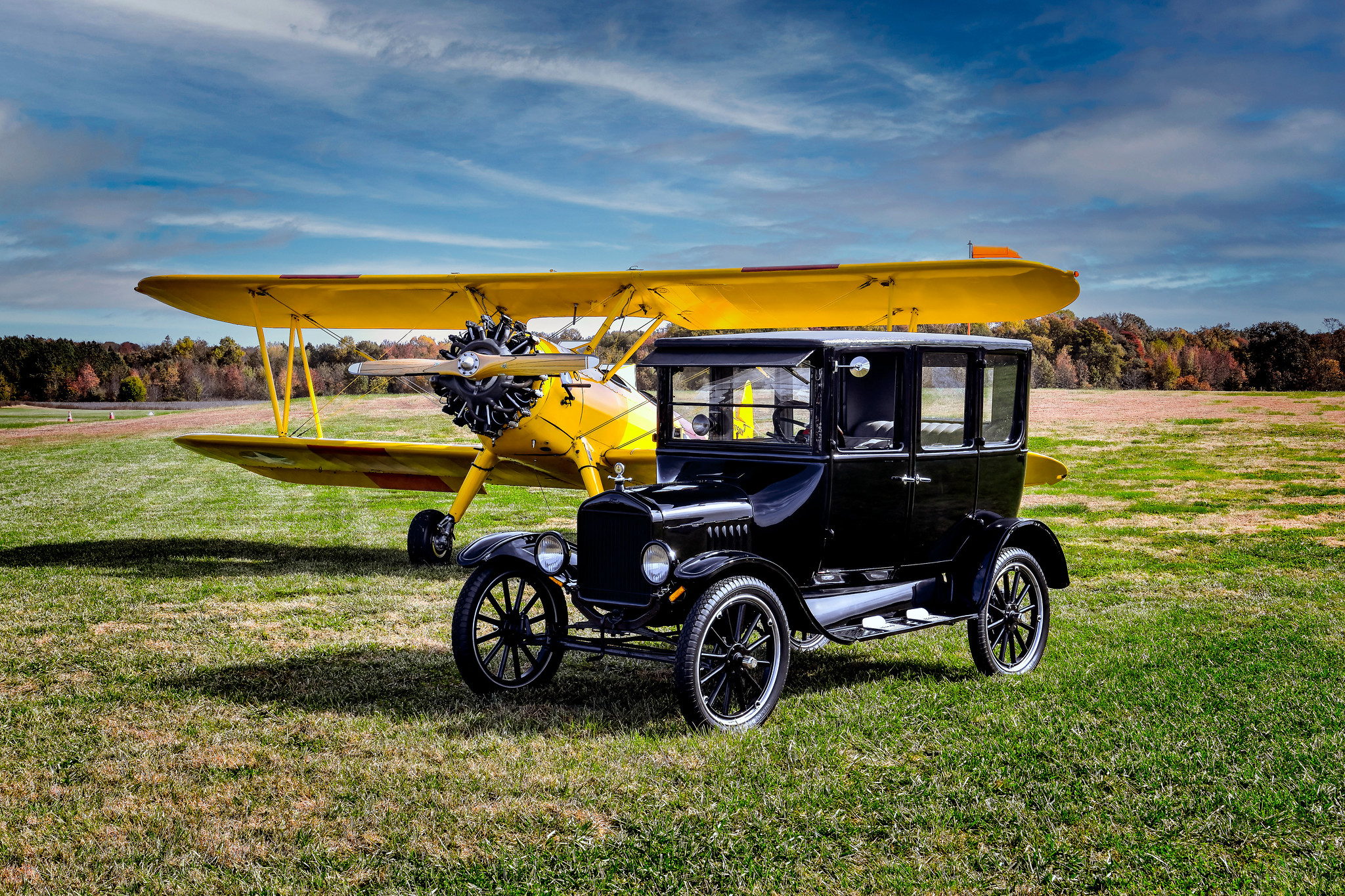

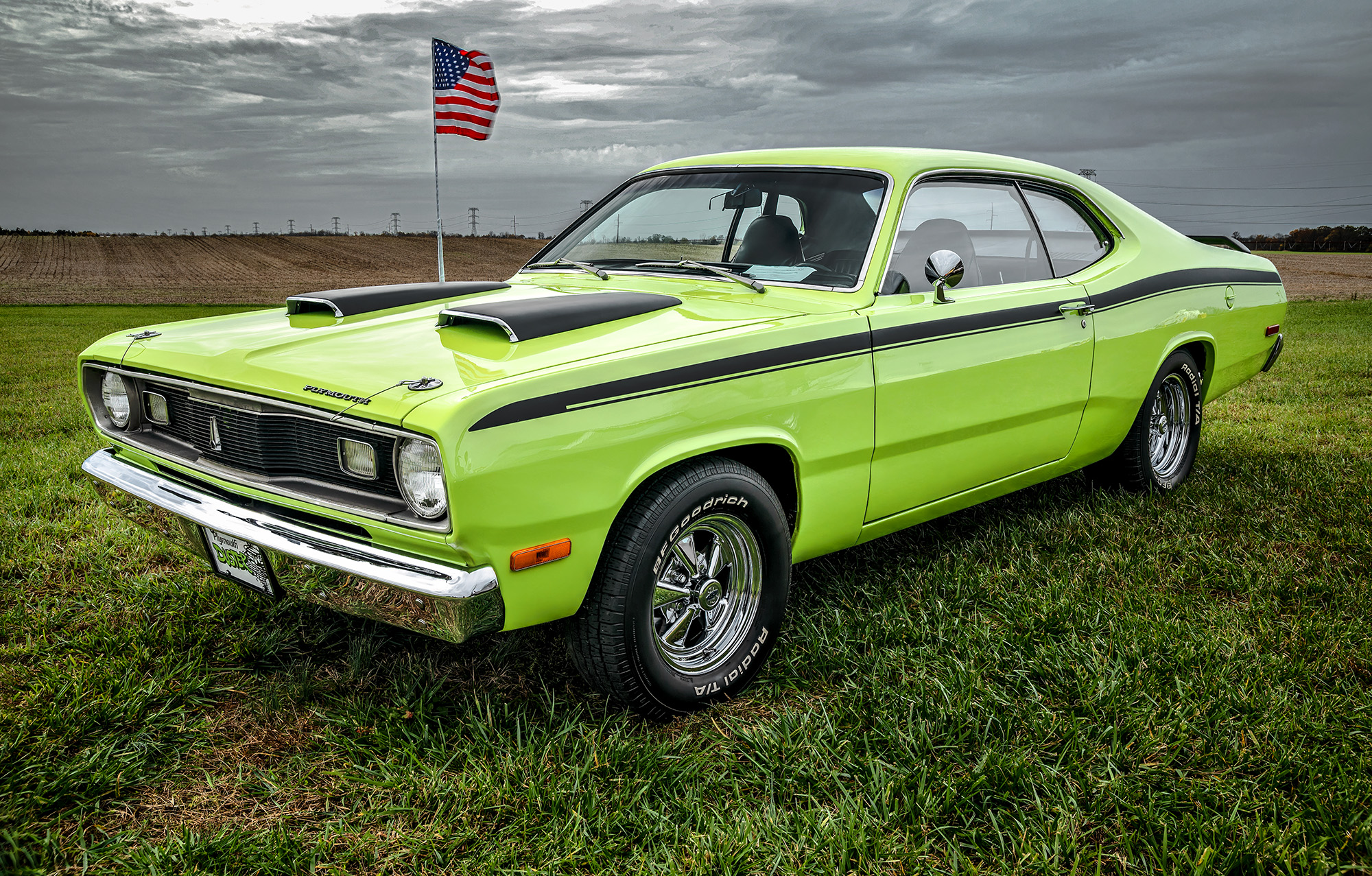
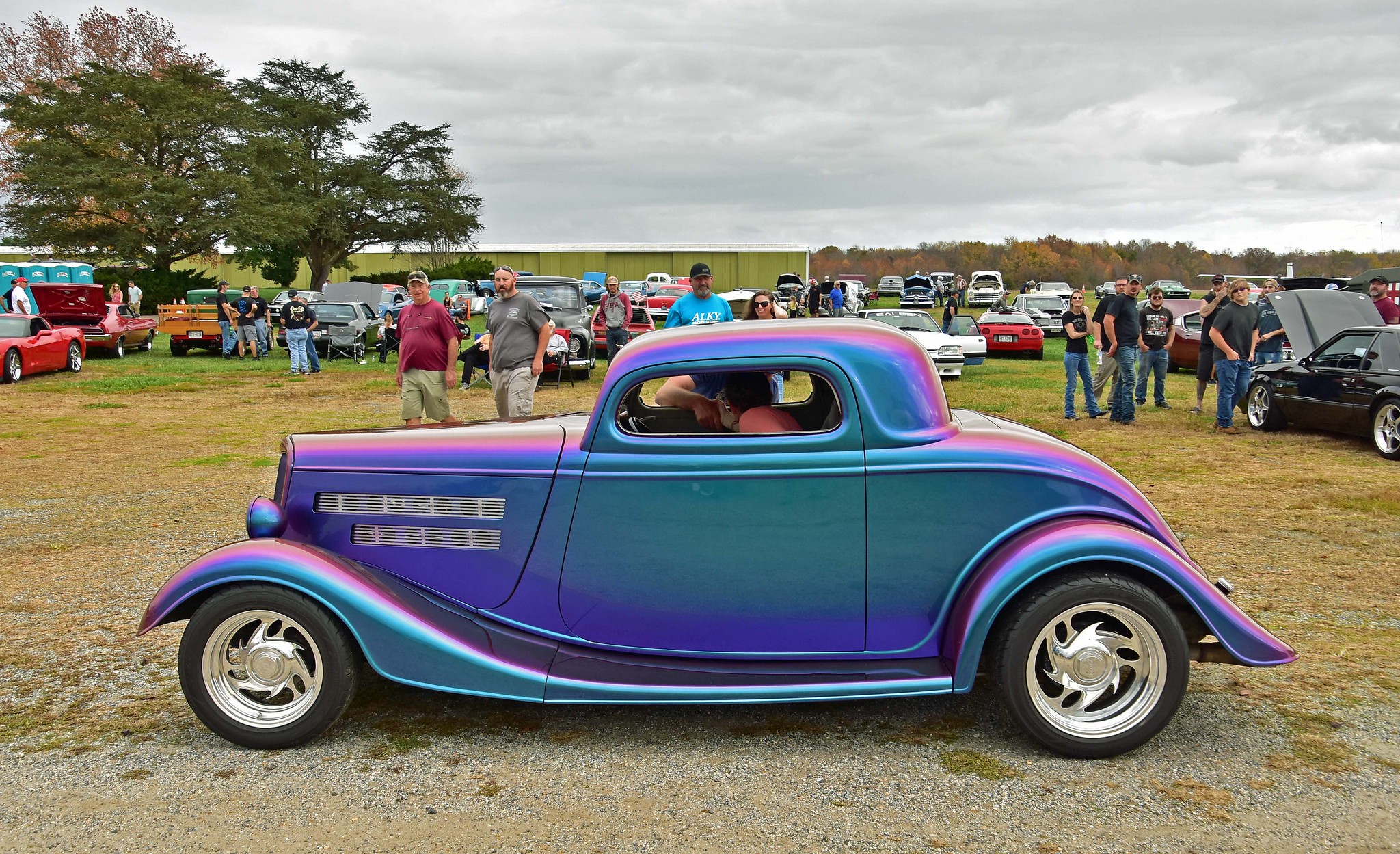
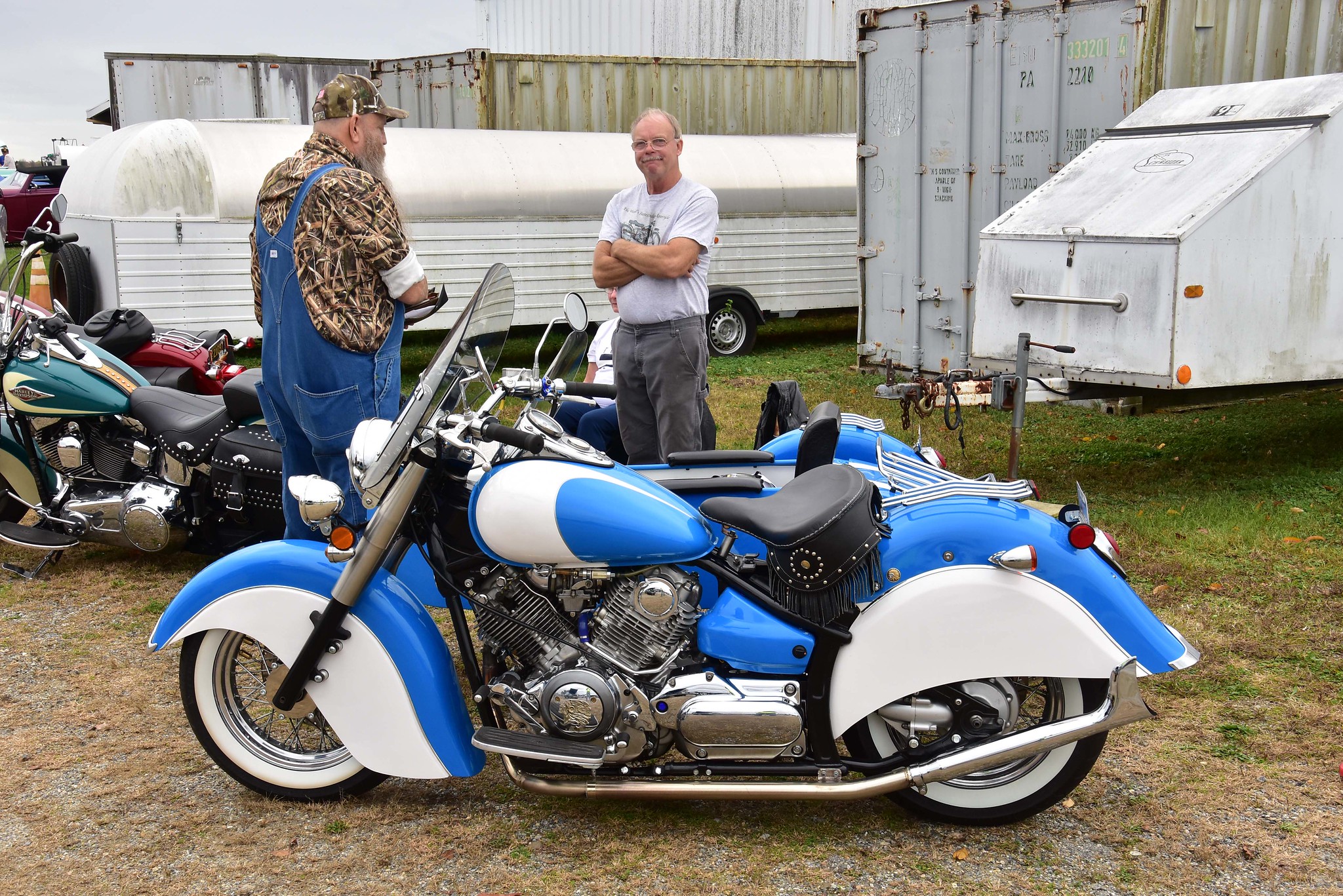
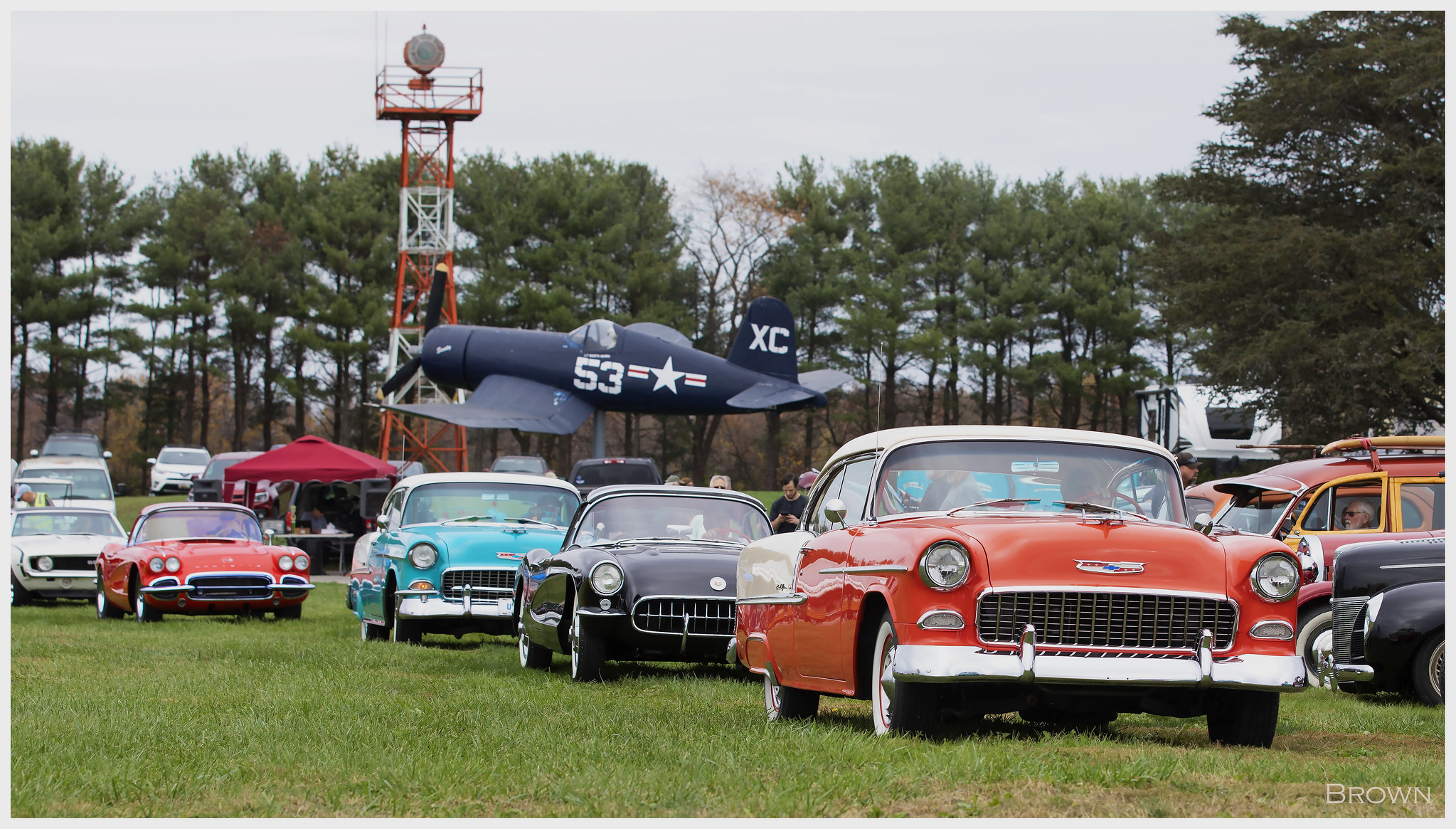
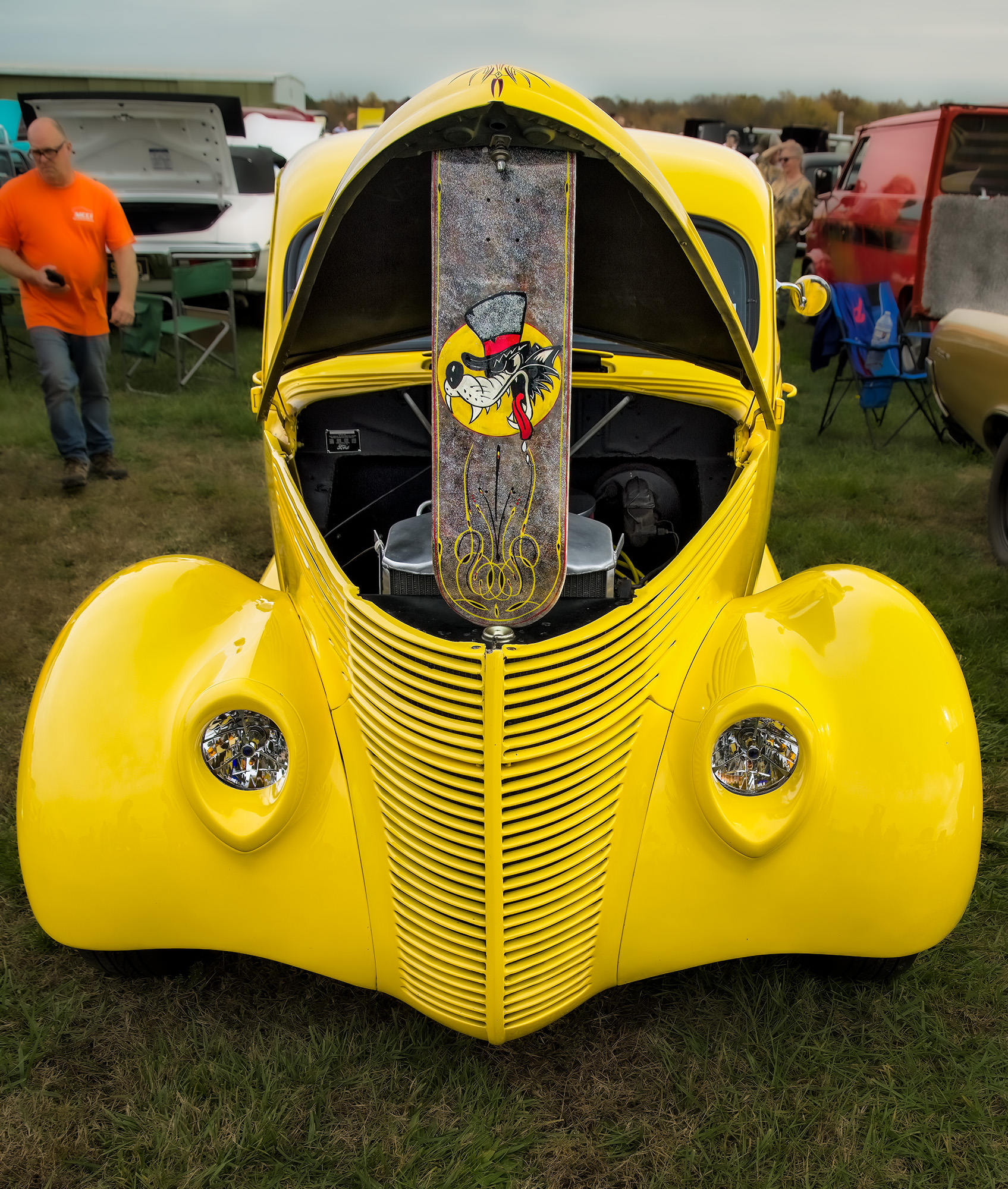
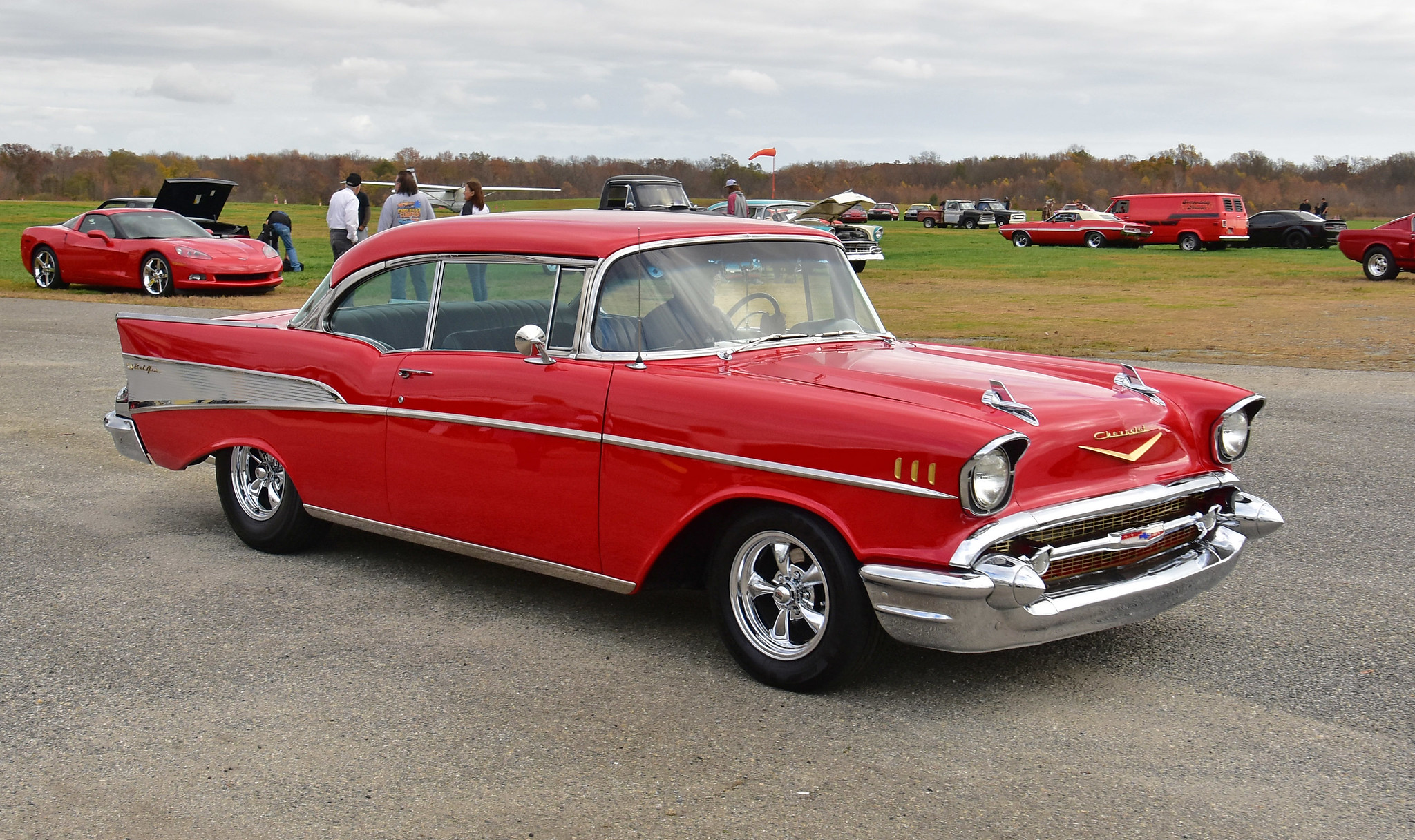
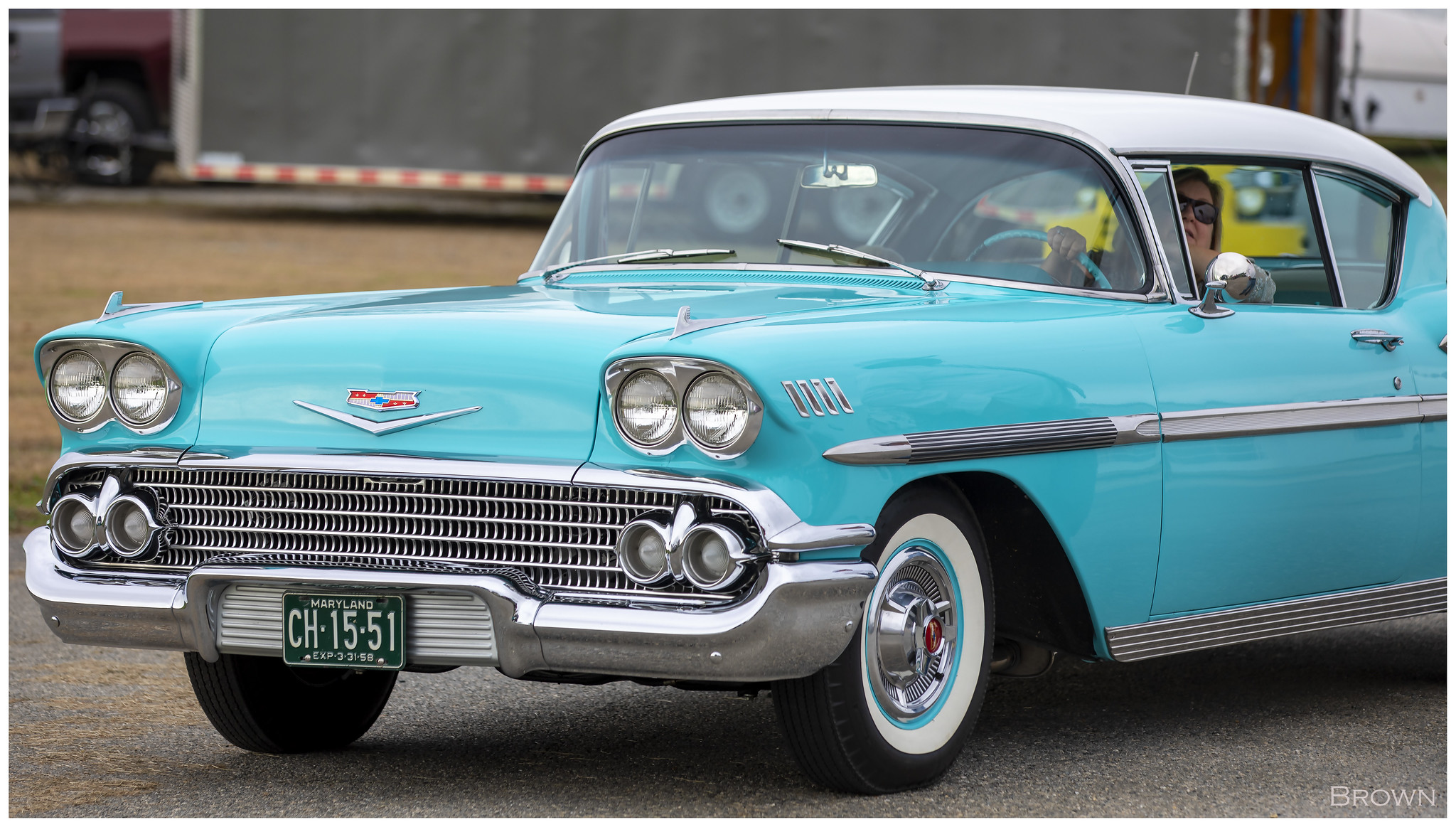
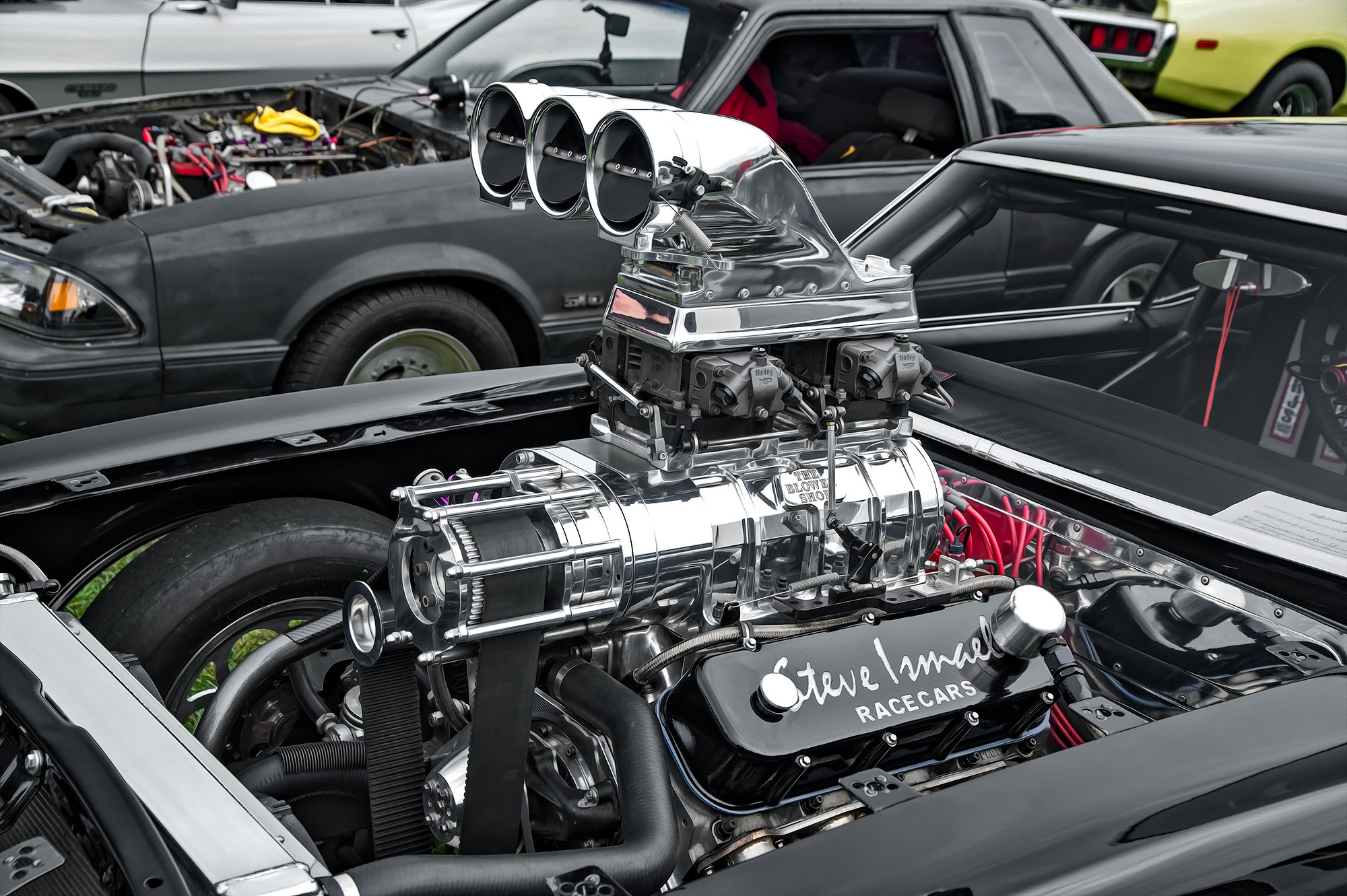
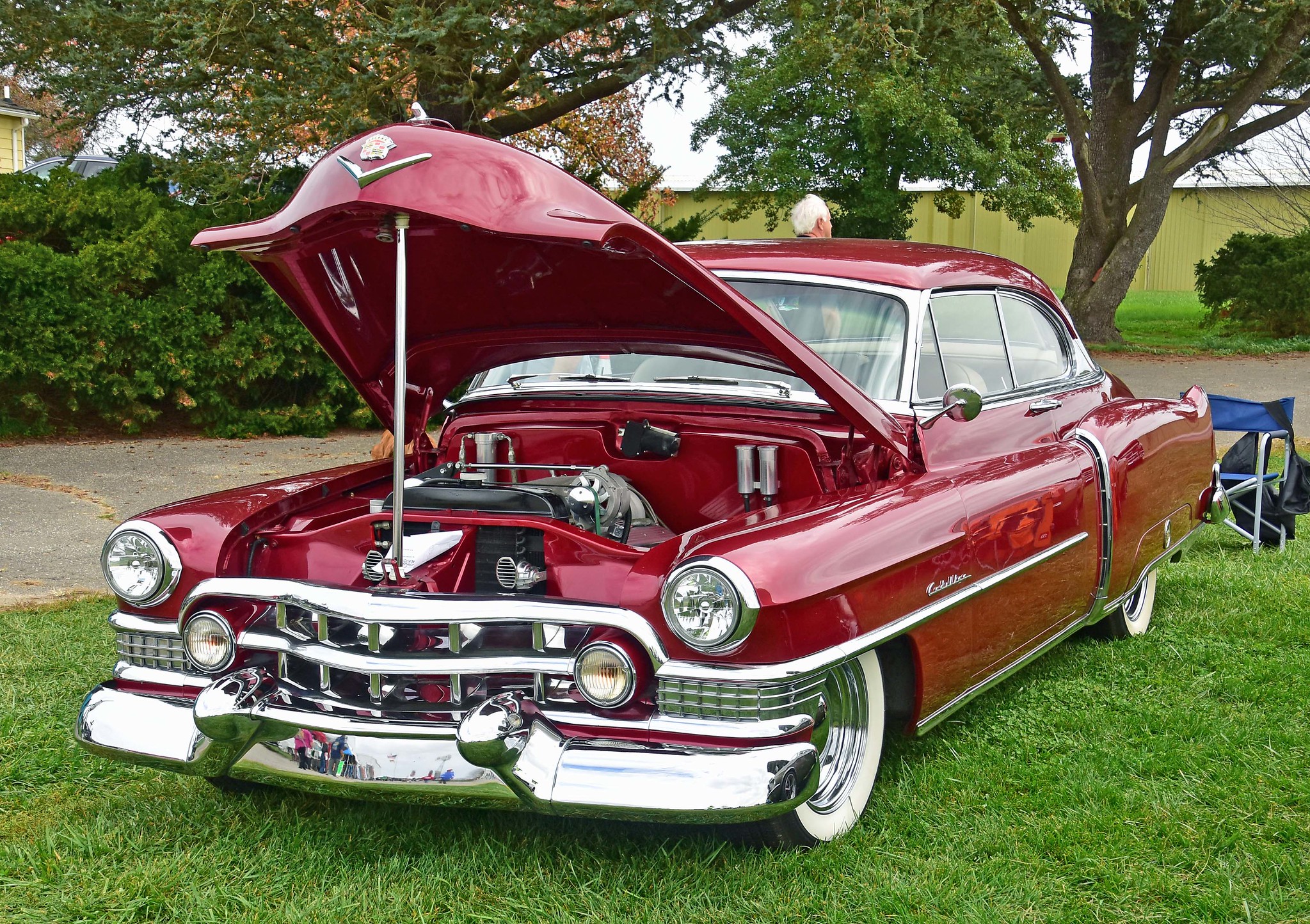

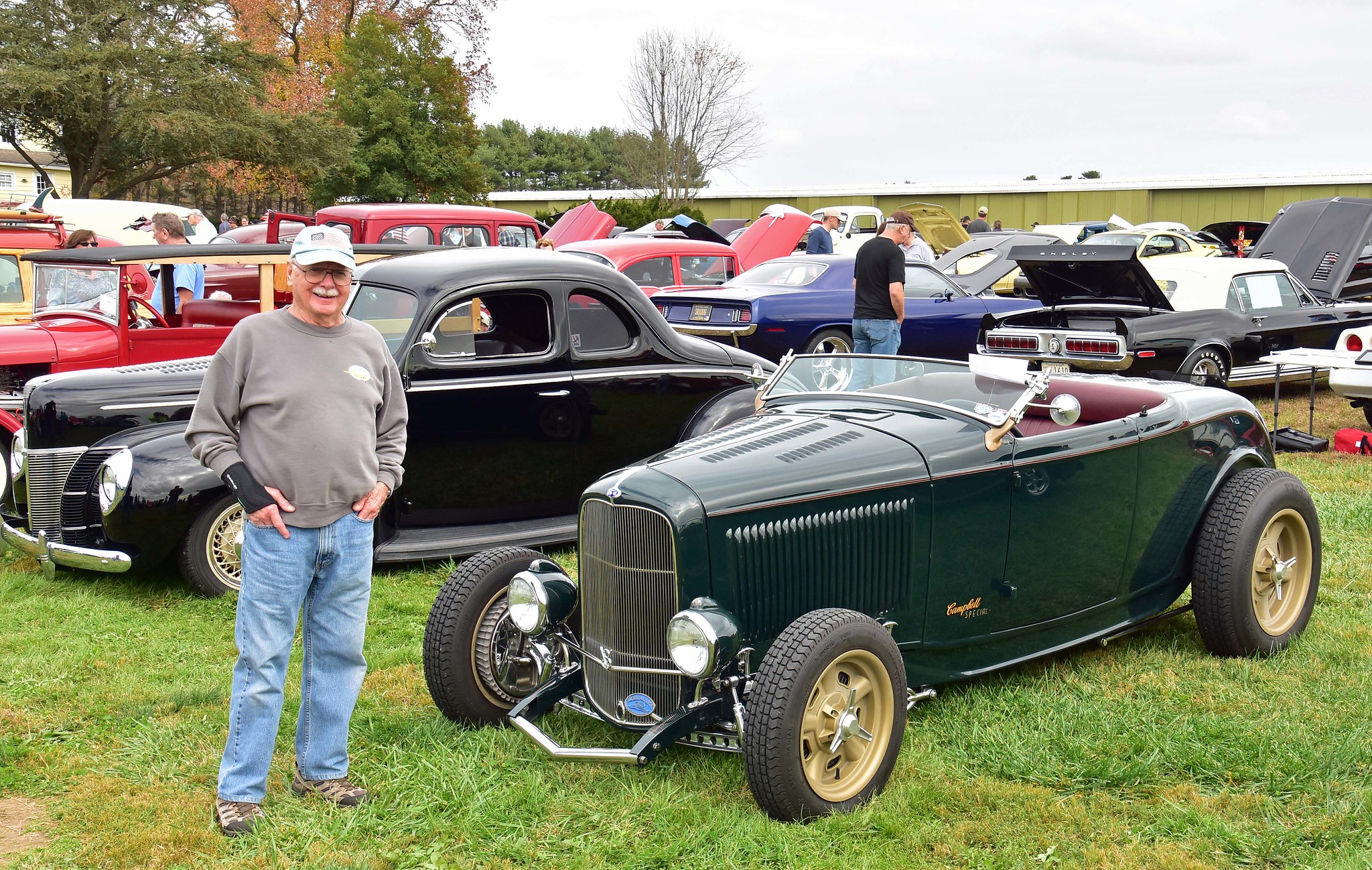
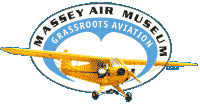
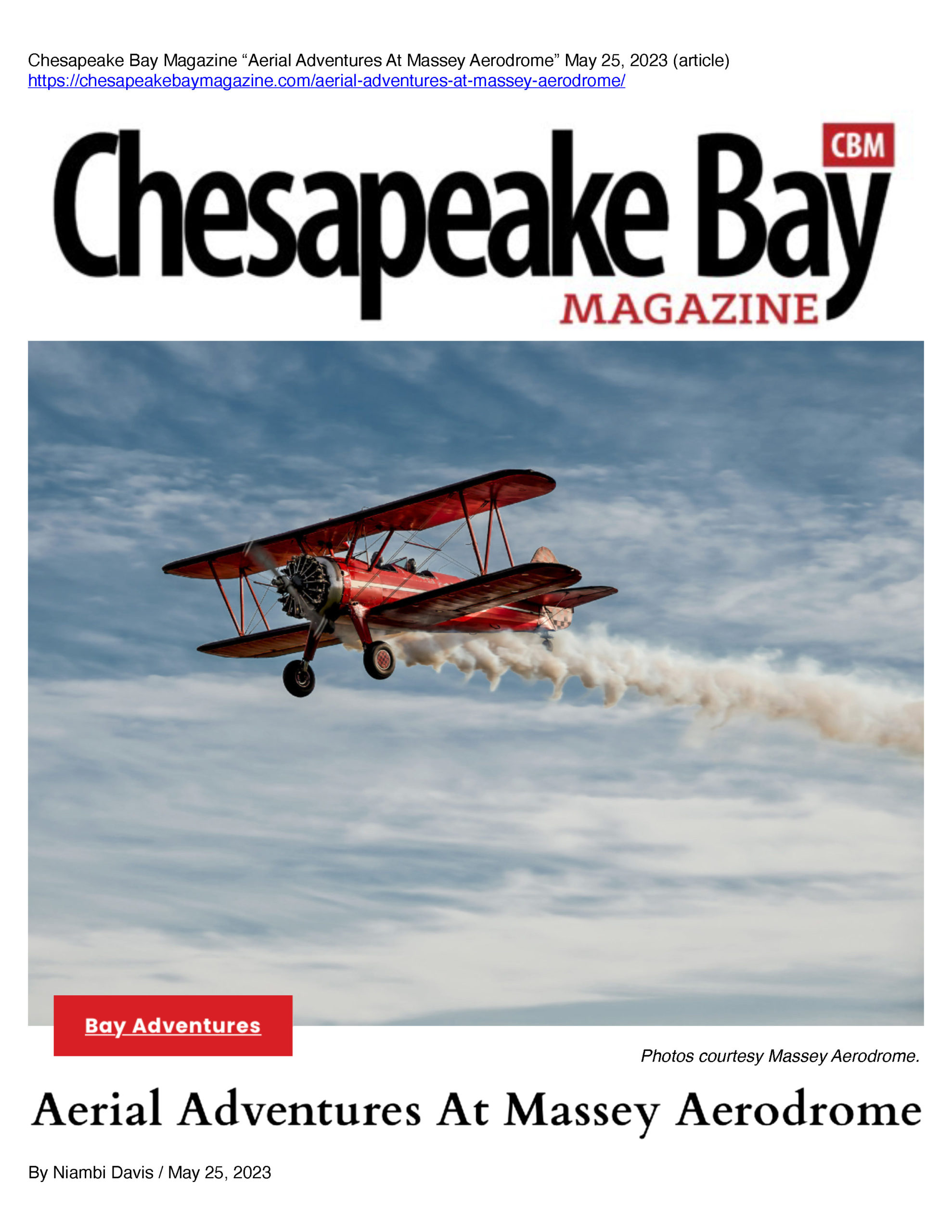
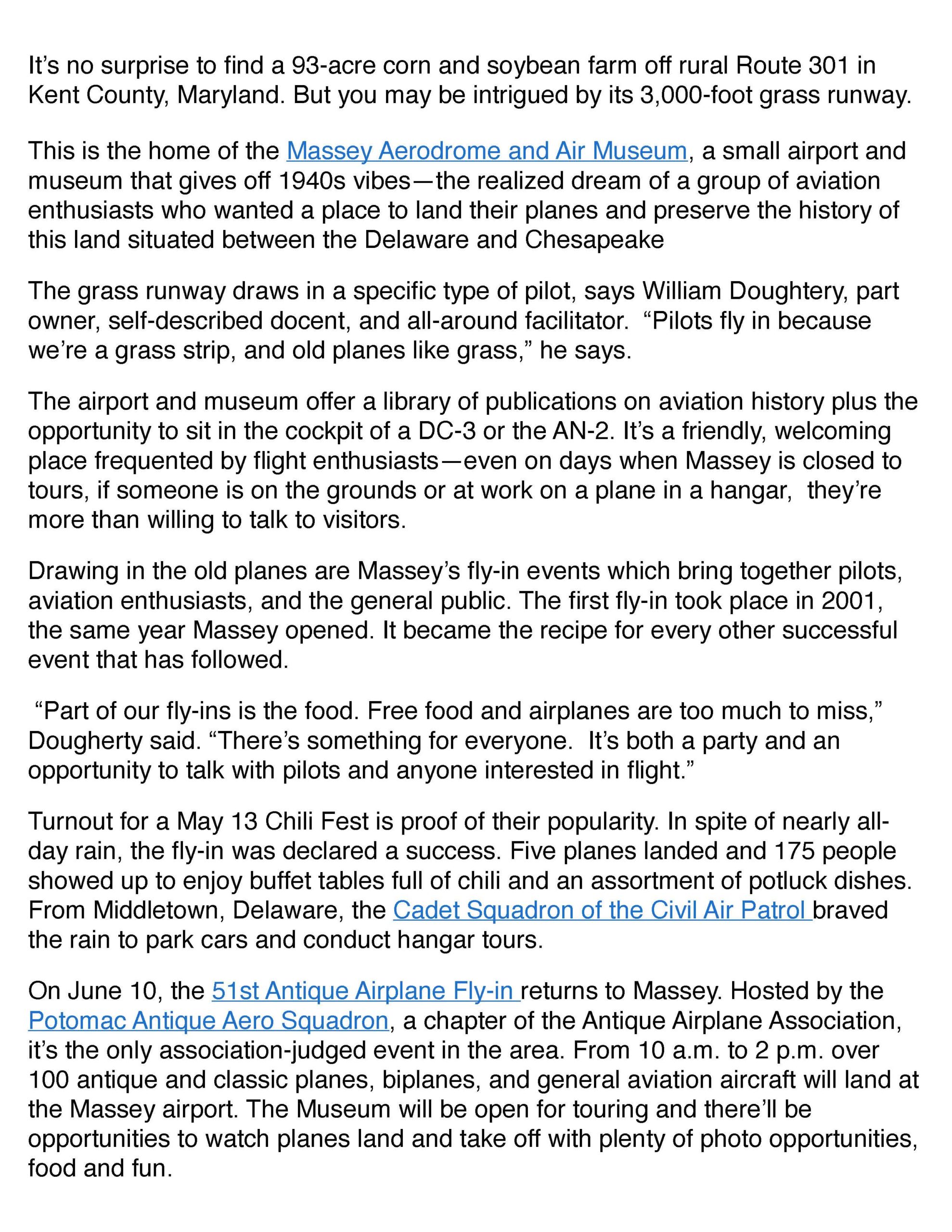
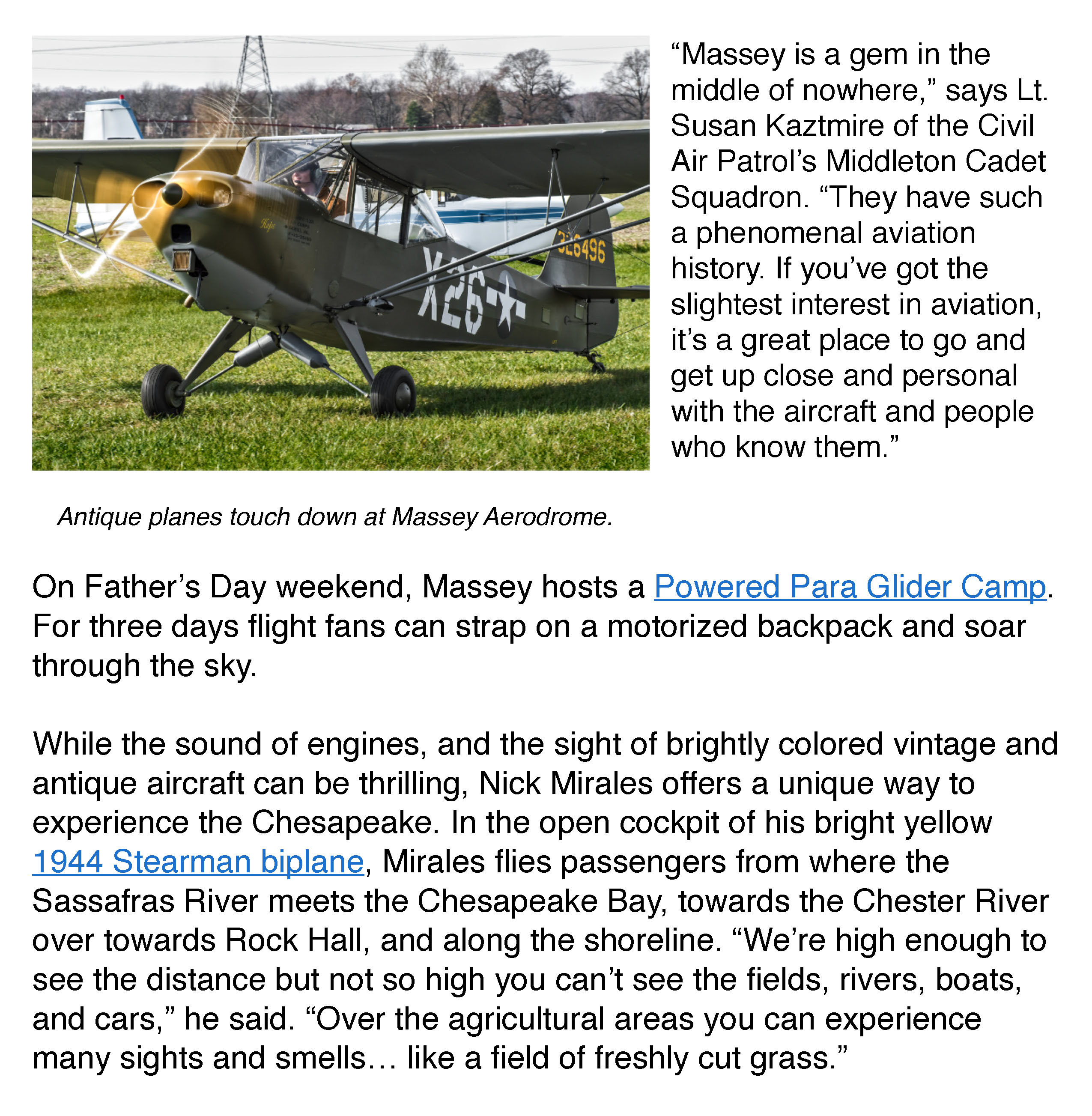
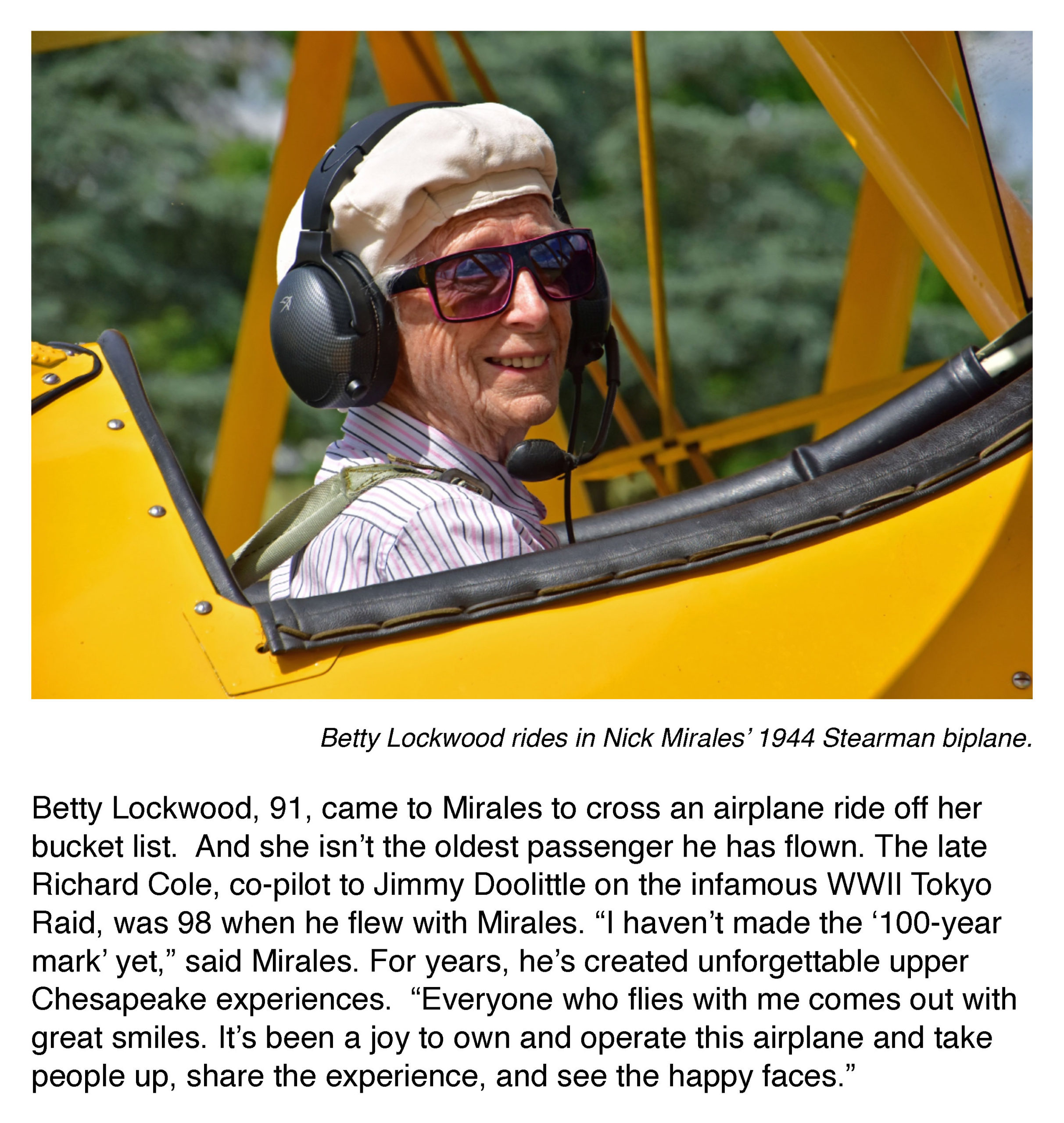
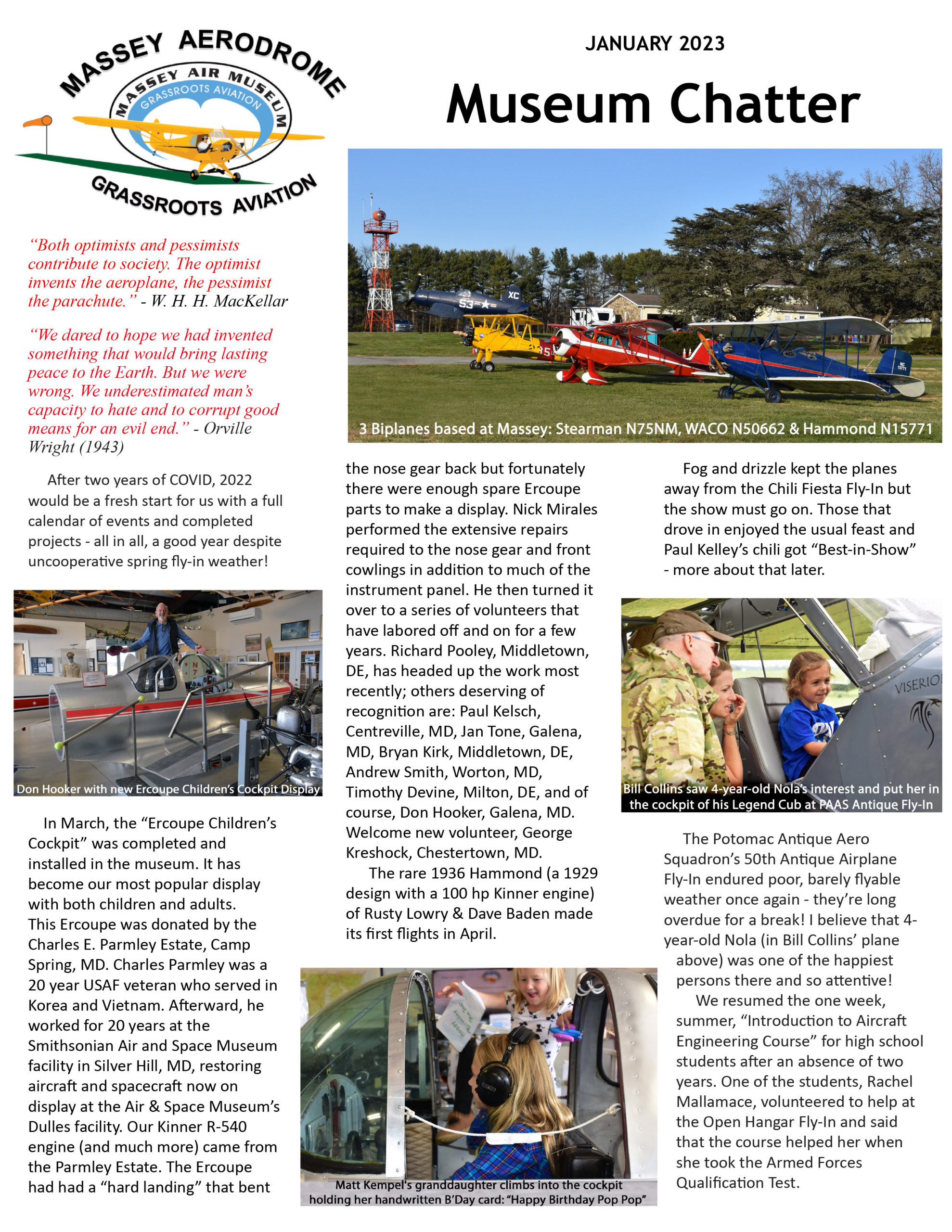 P.1
P.1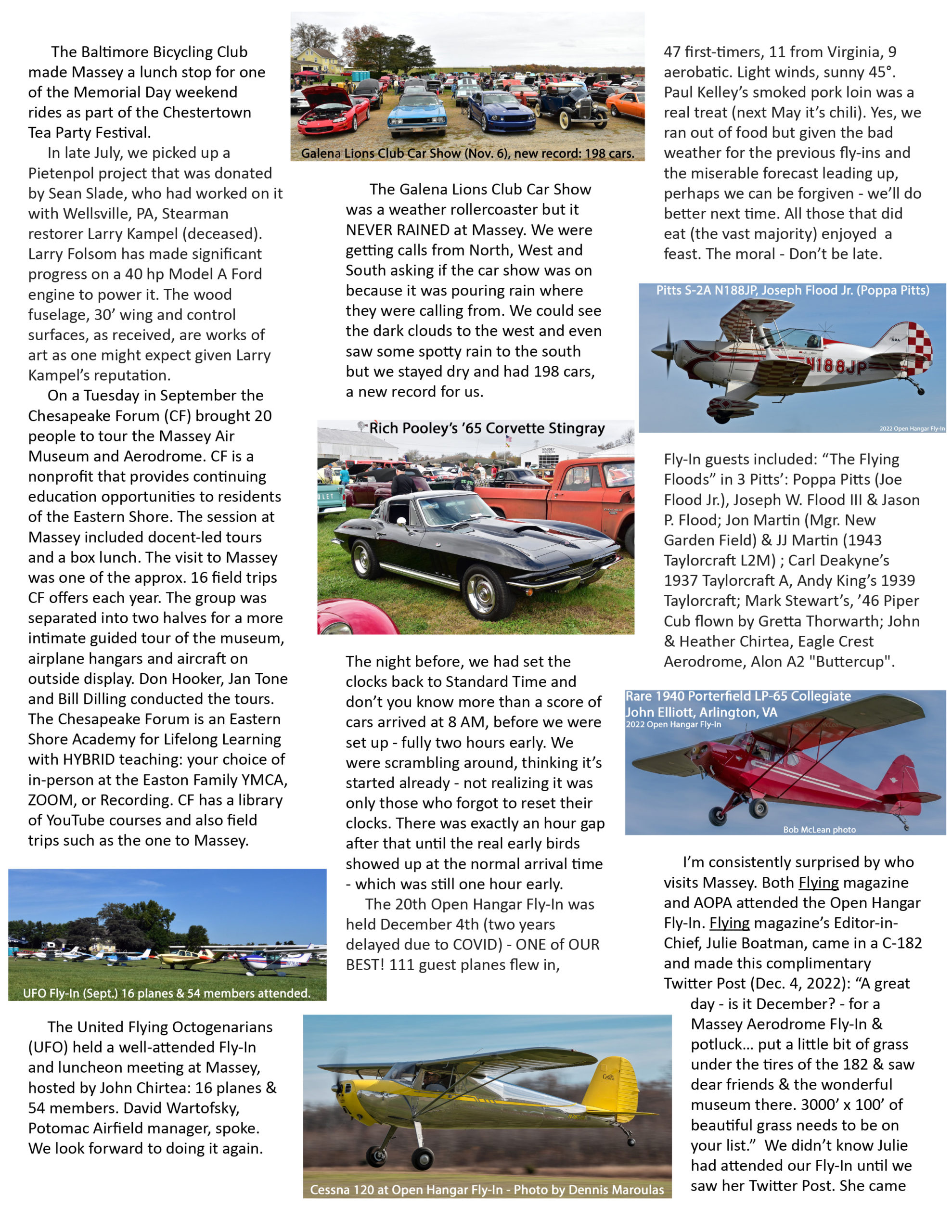 P.2
P.2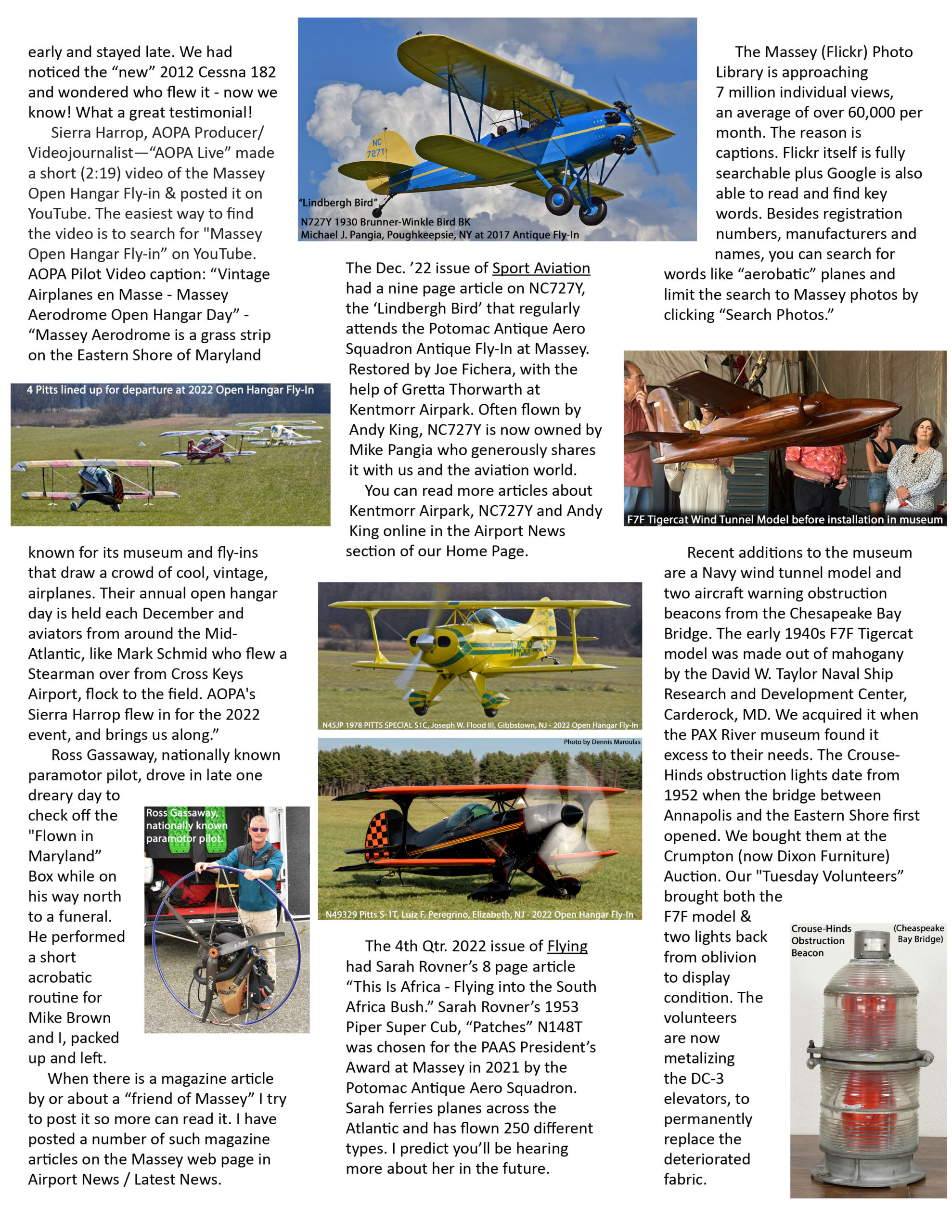 P.3
P.3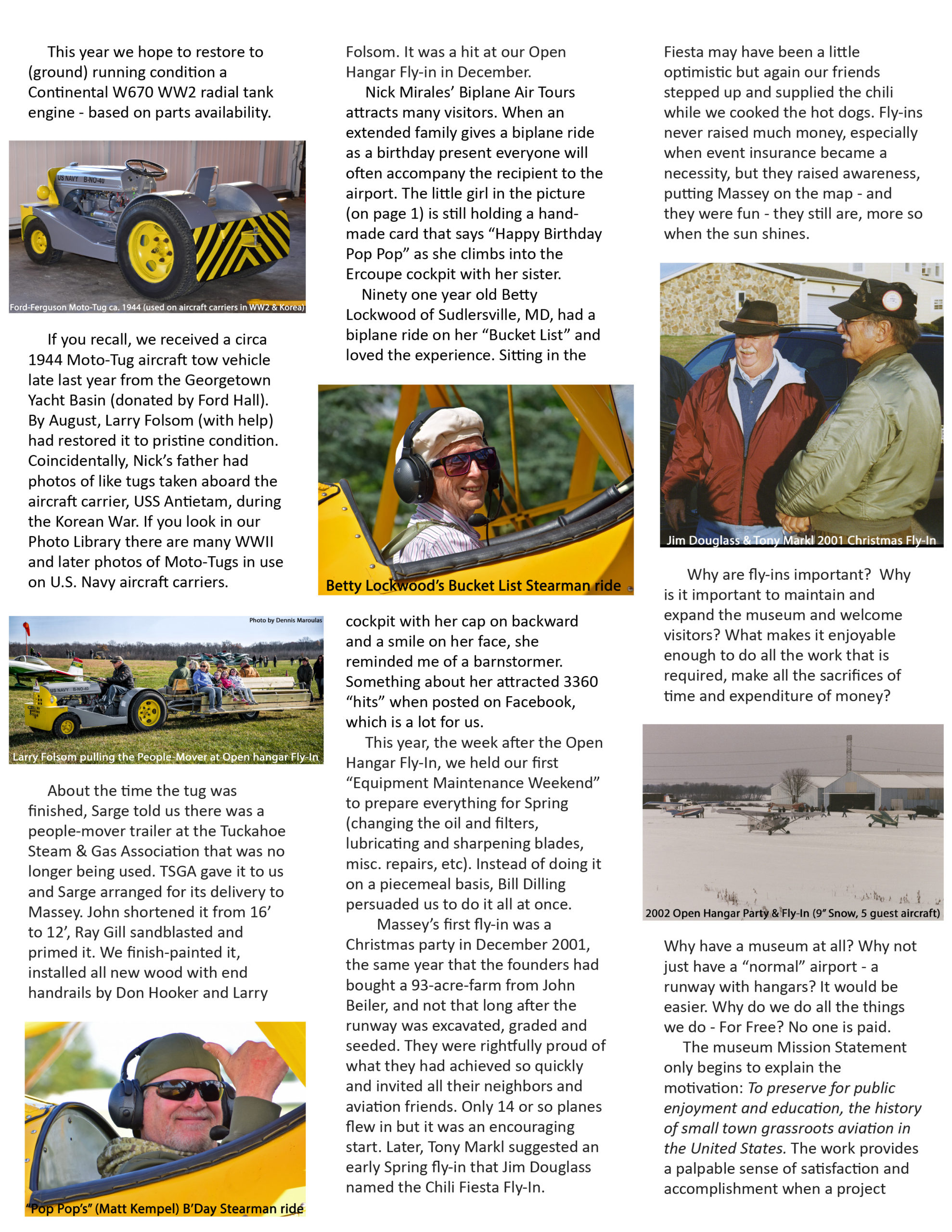 P.4
P.4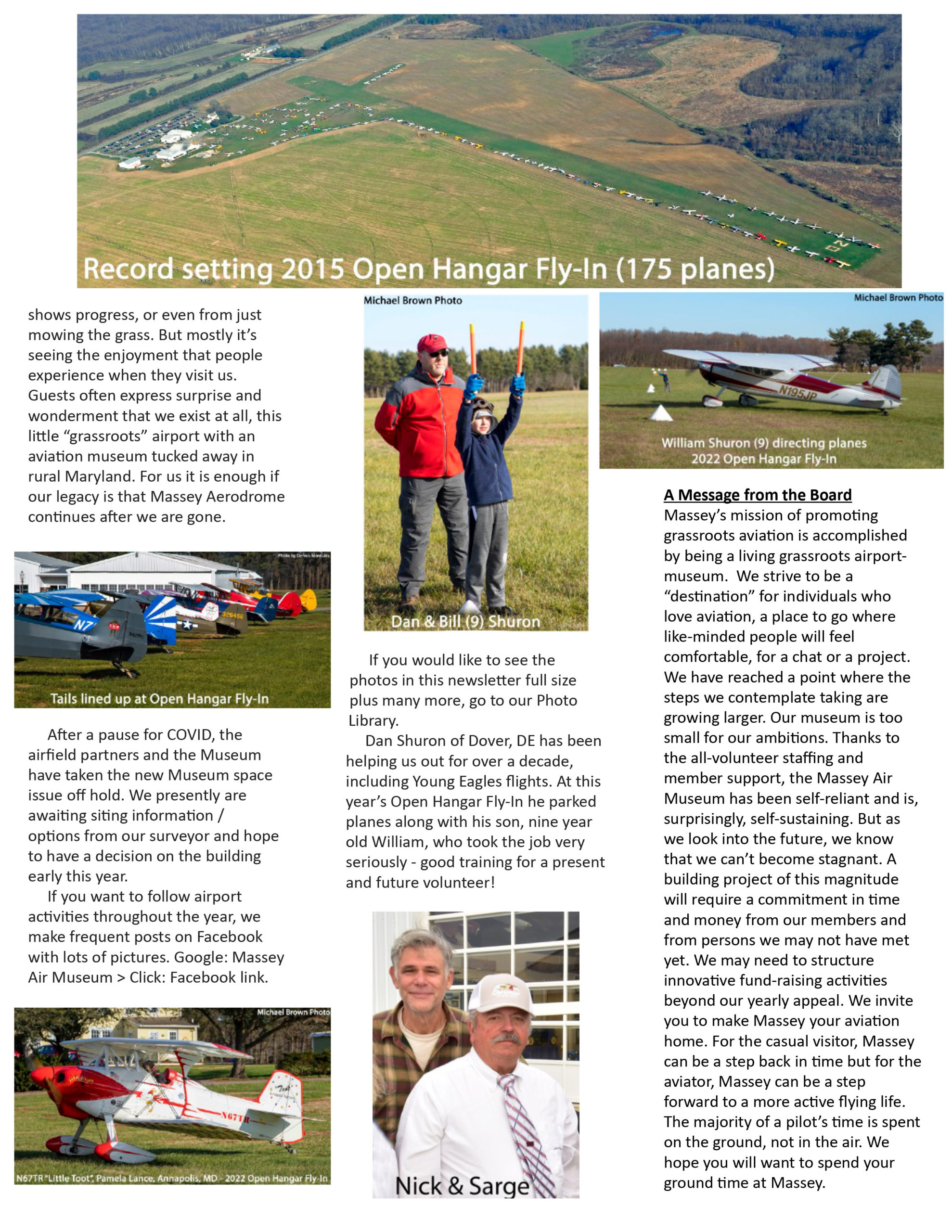 P.5
P.5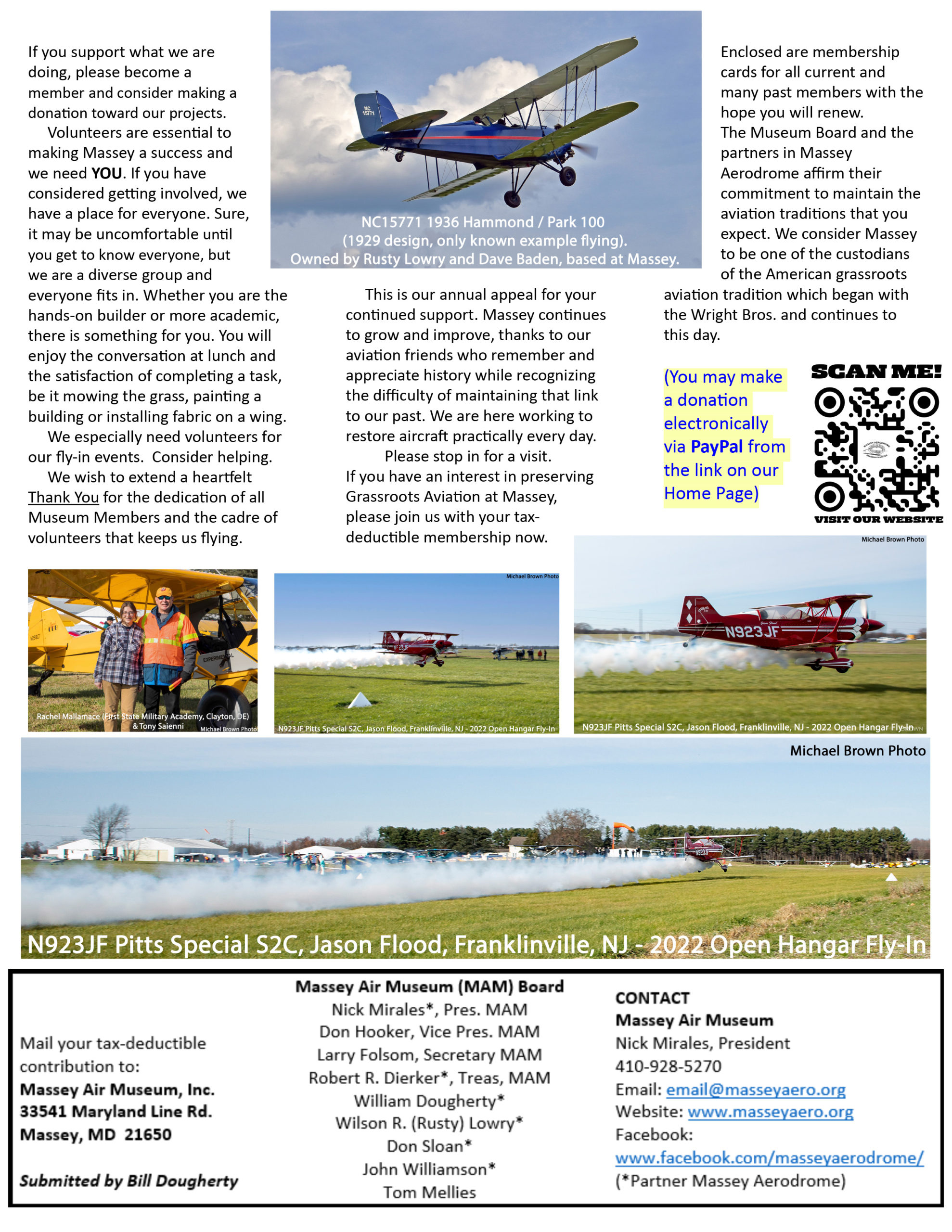 P.6
P.6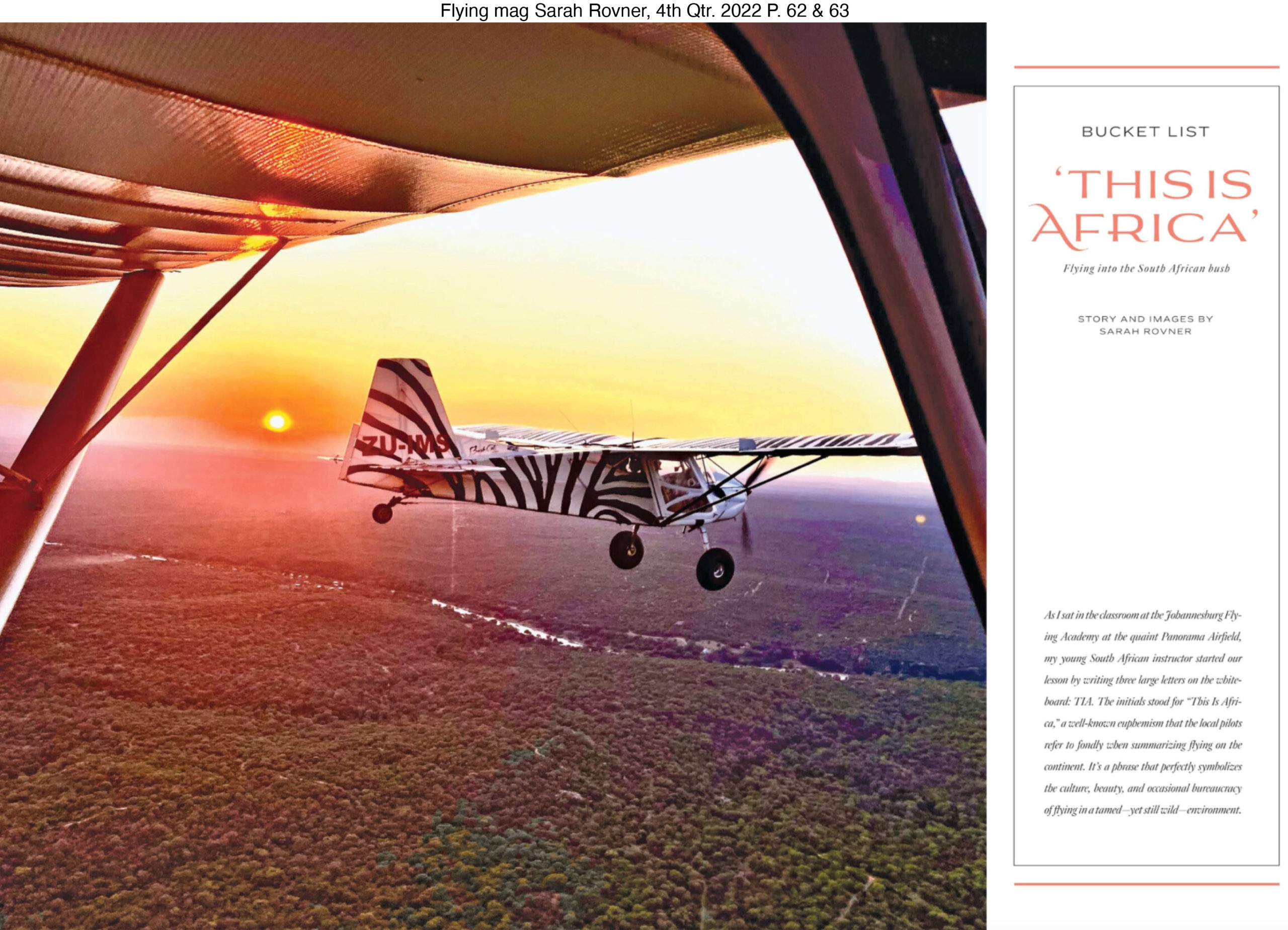
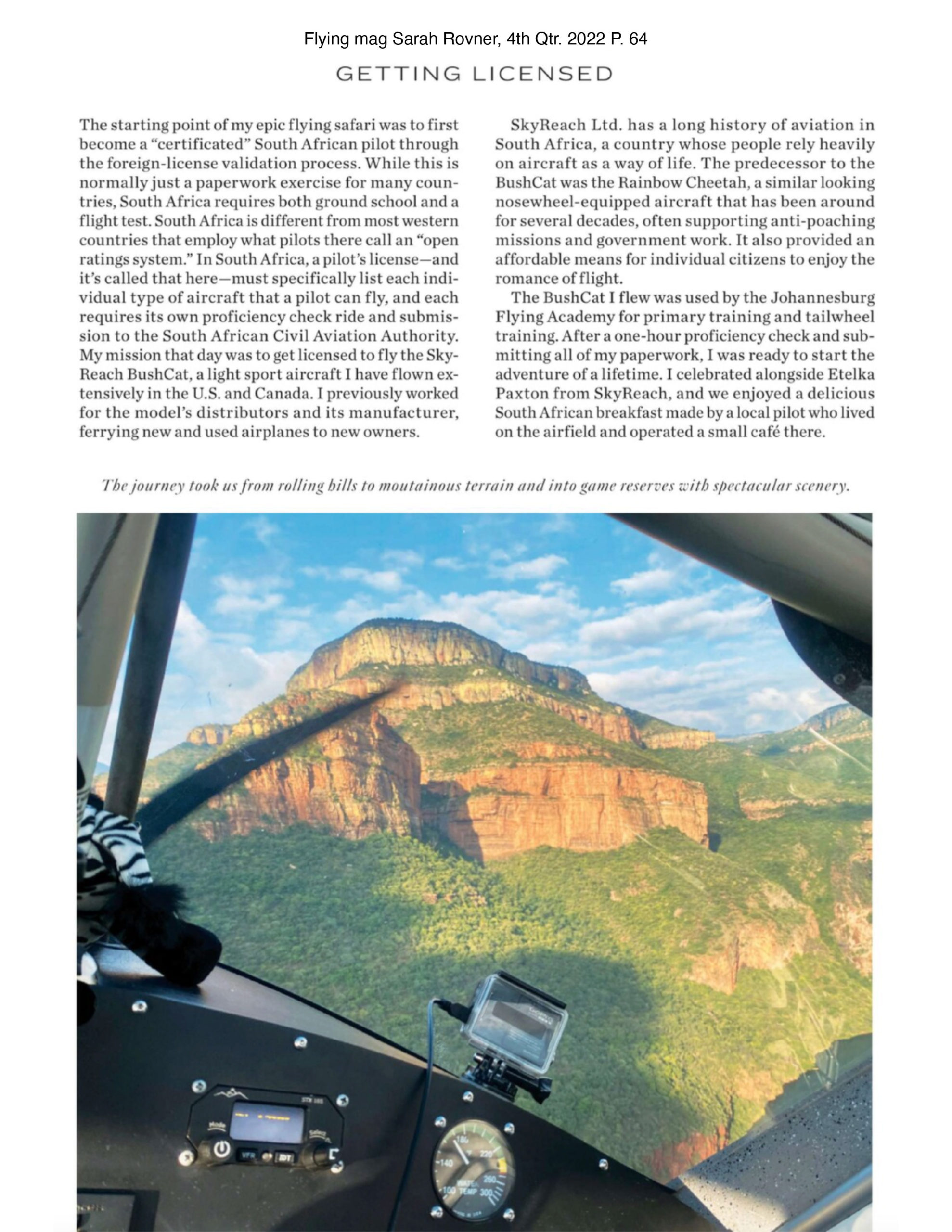
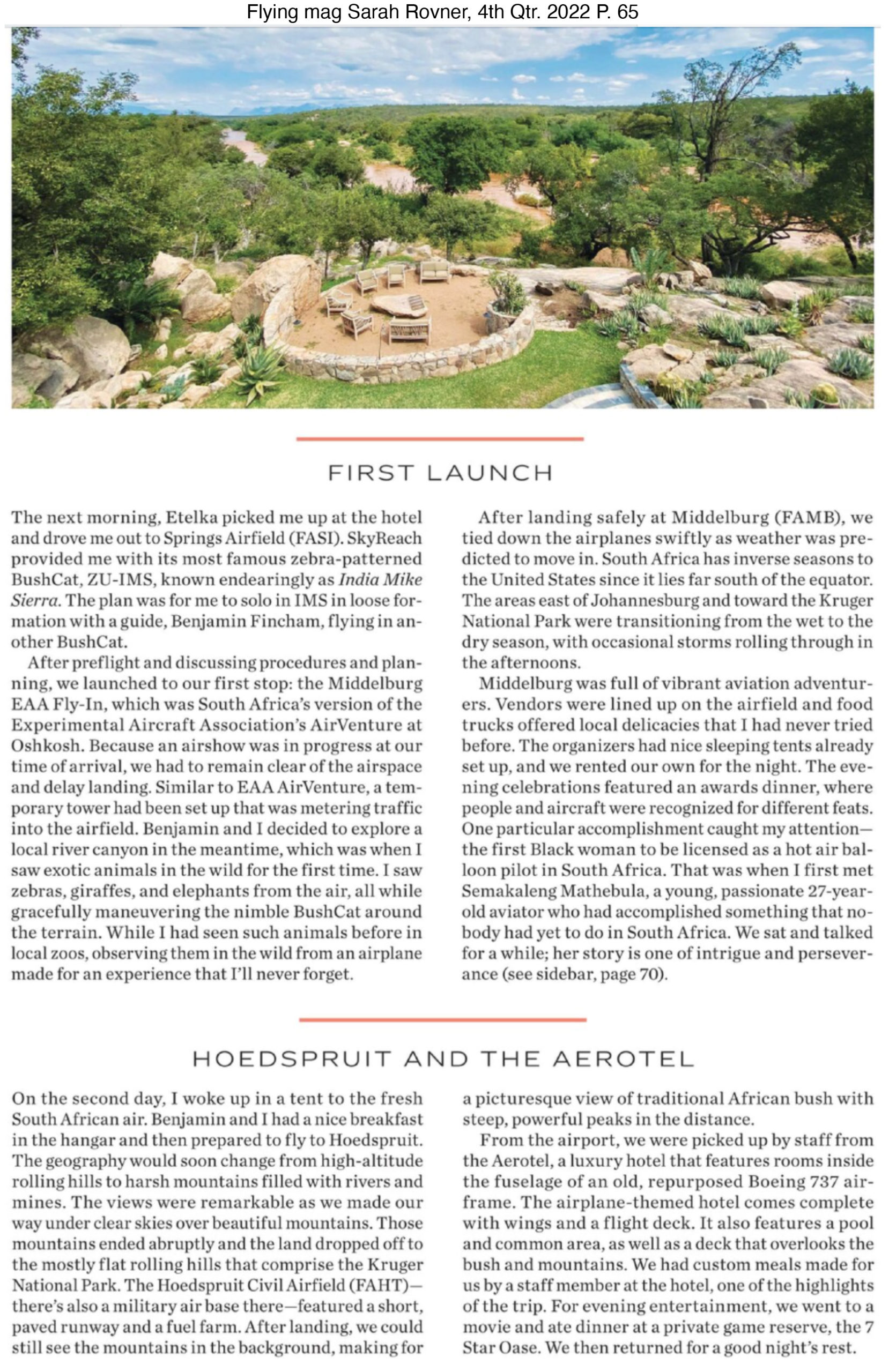
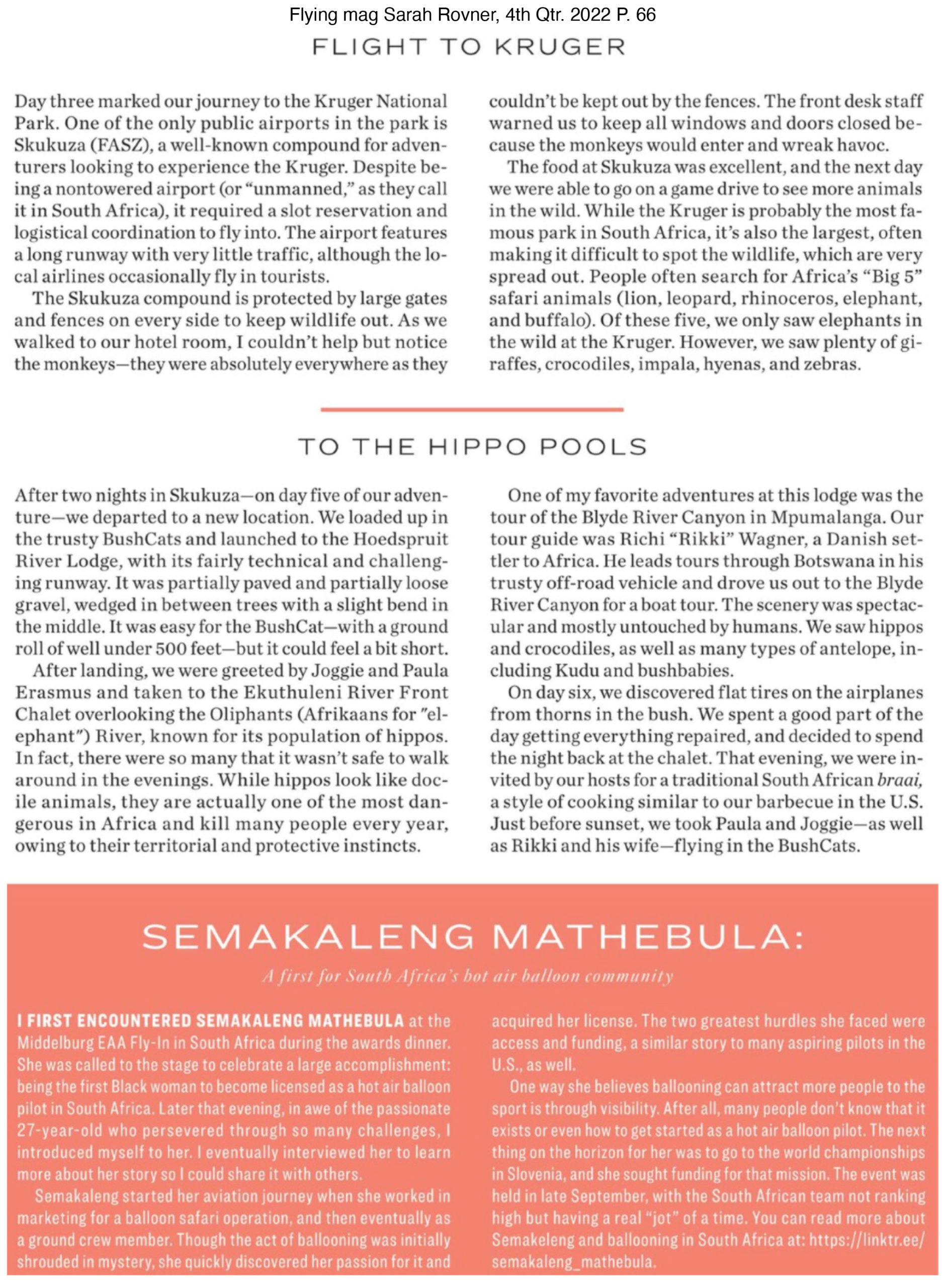


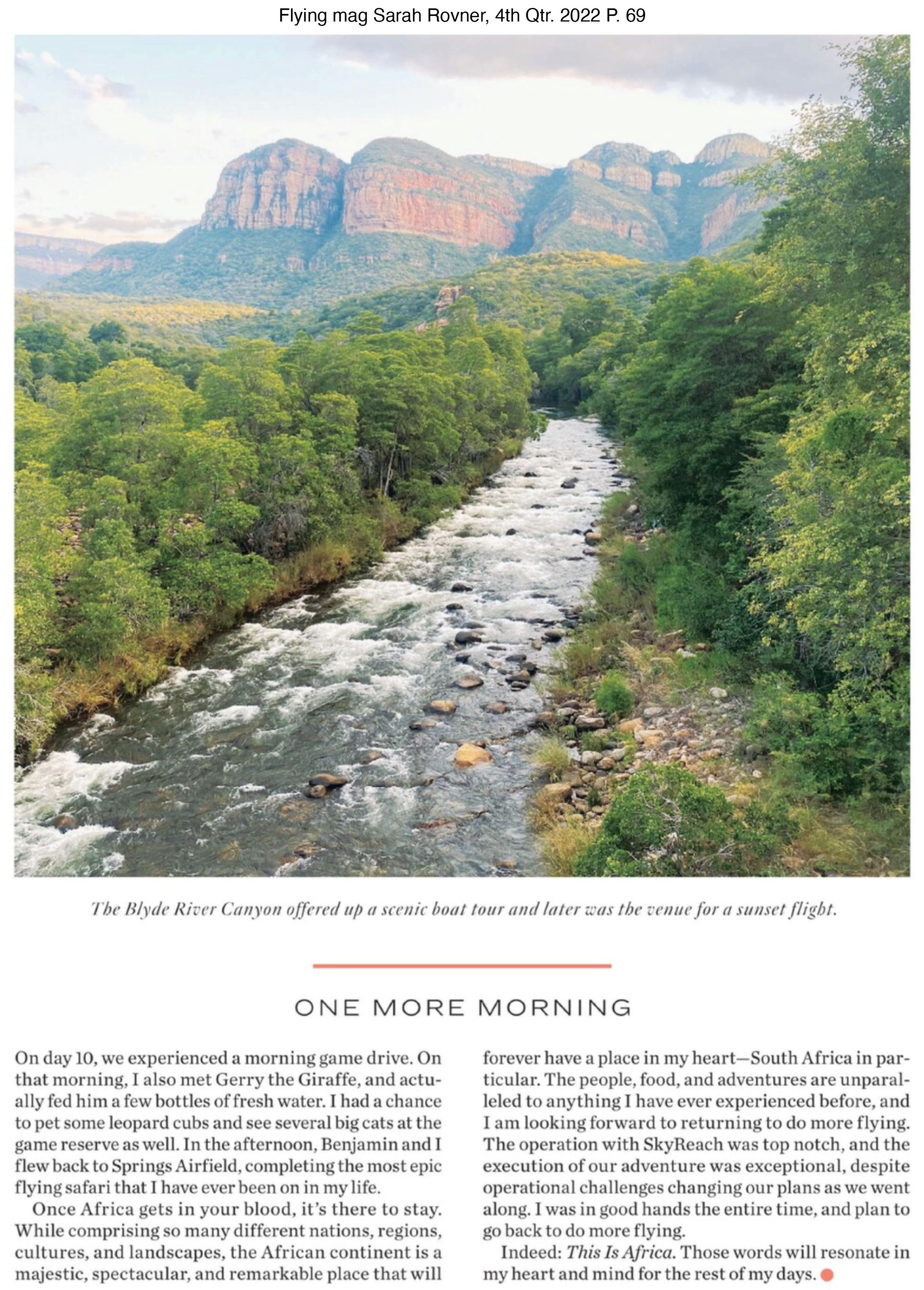
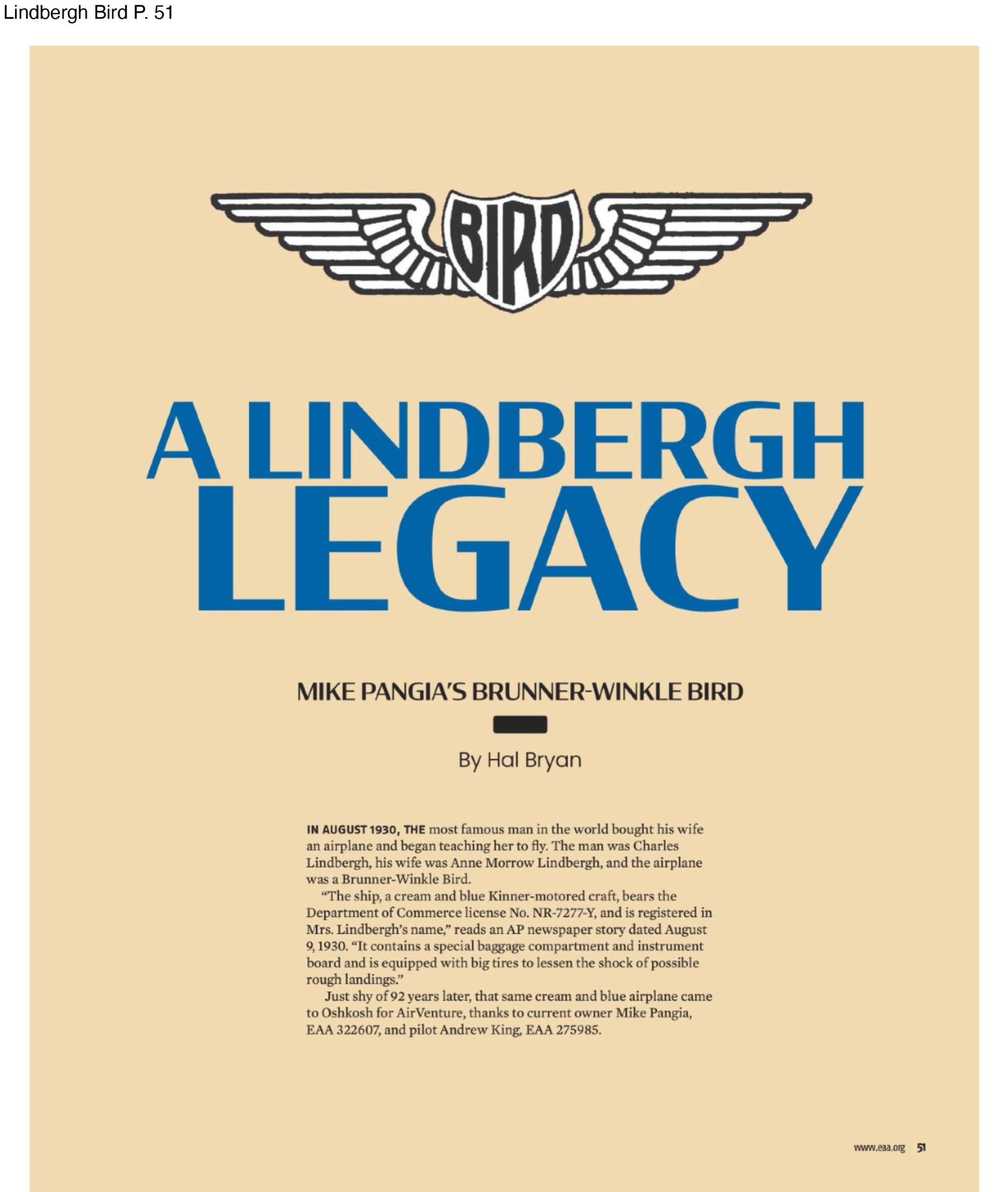
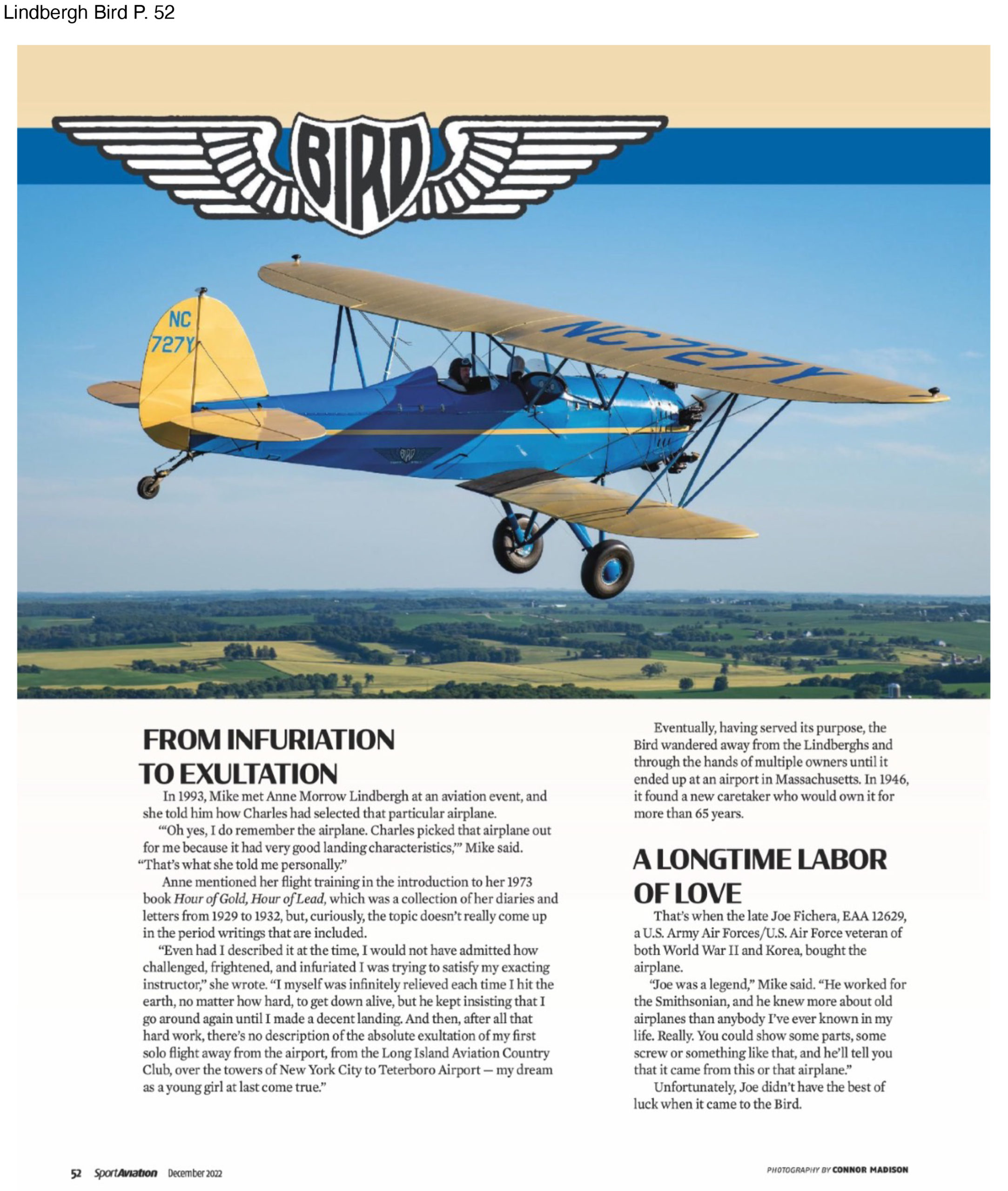
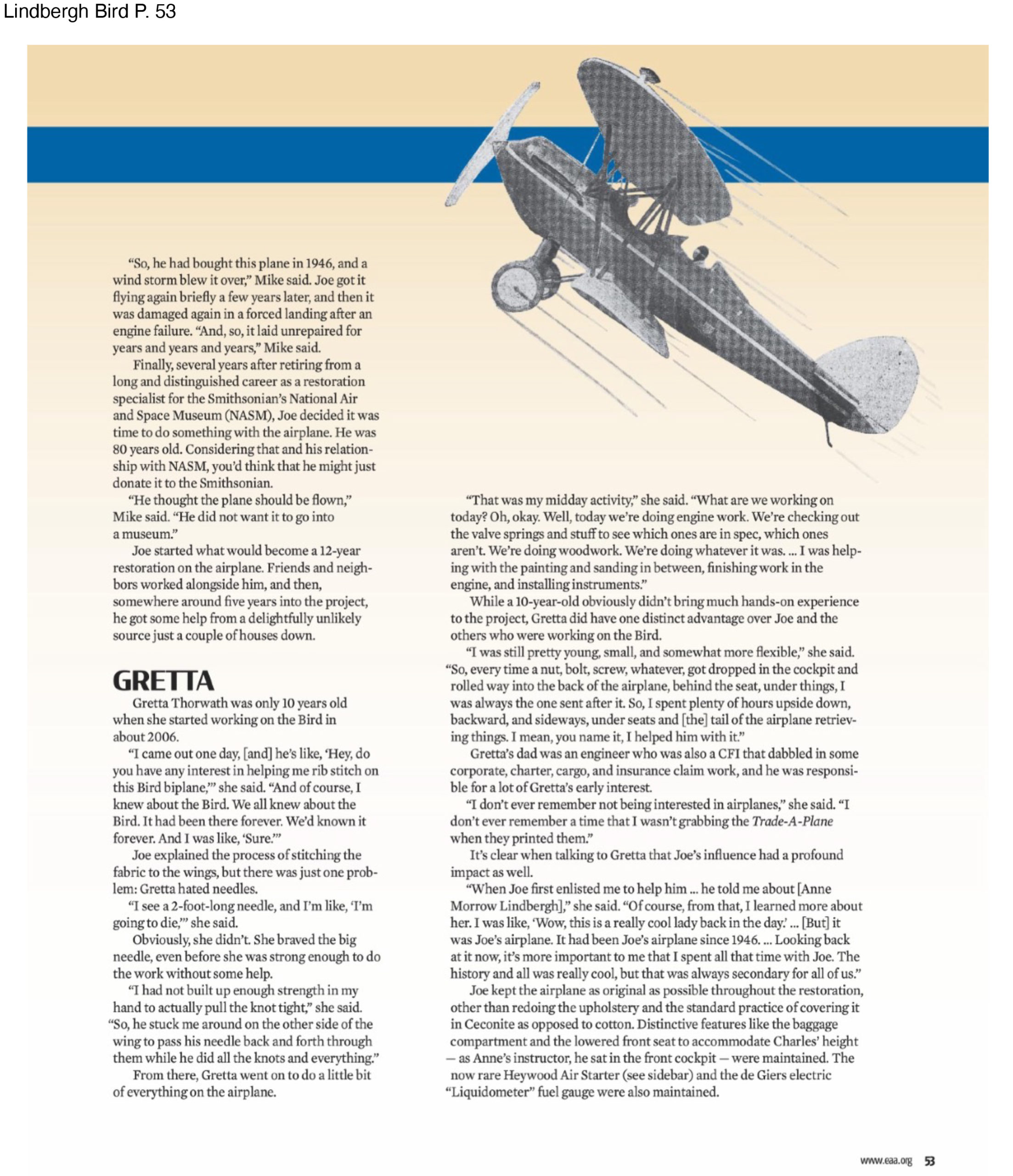
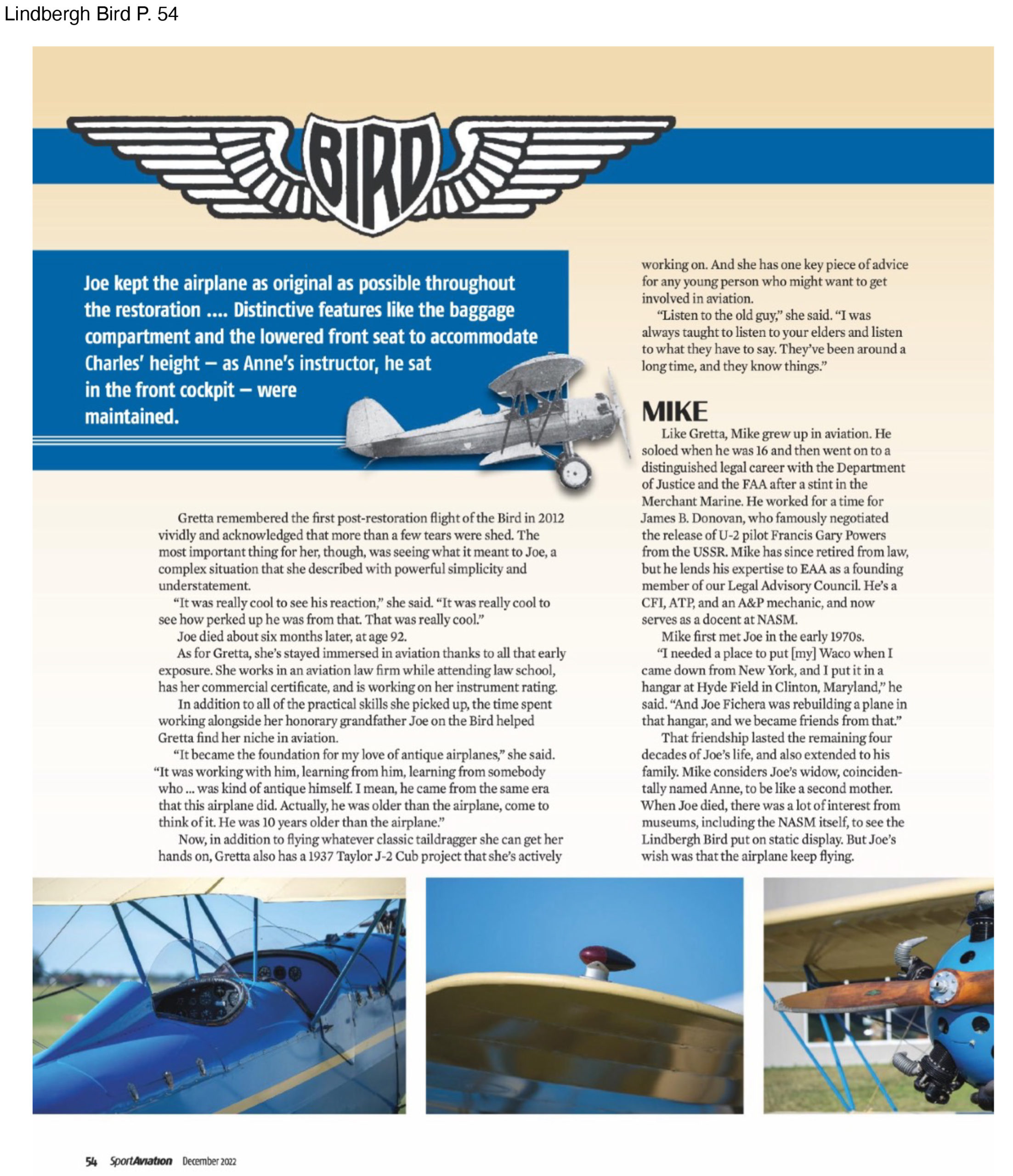
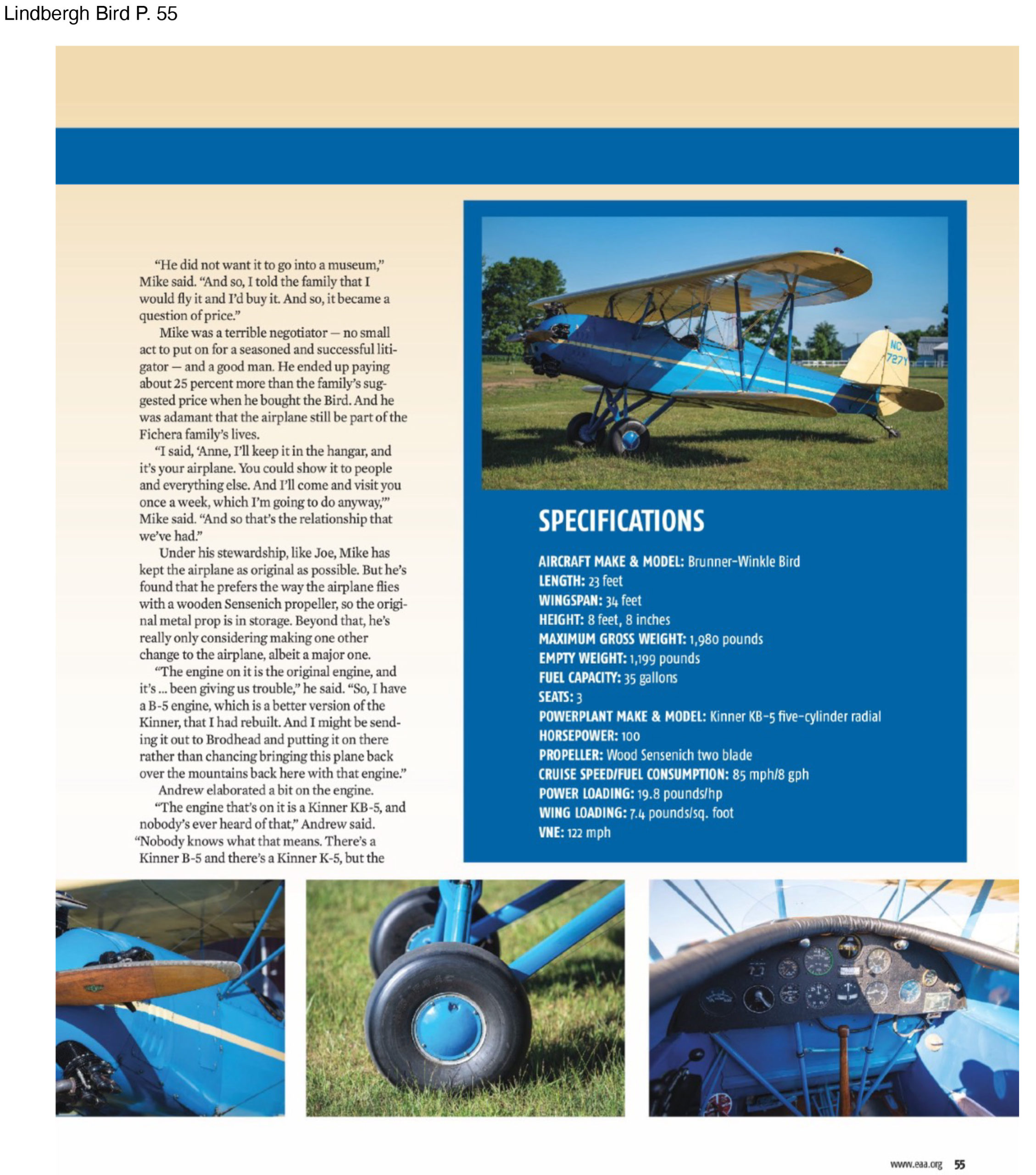
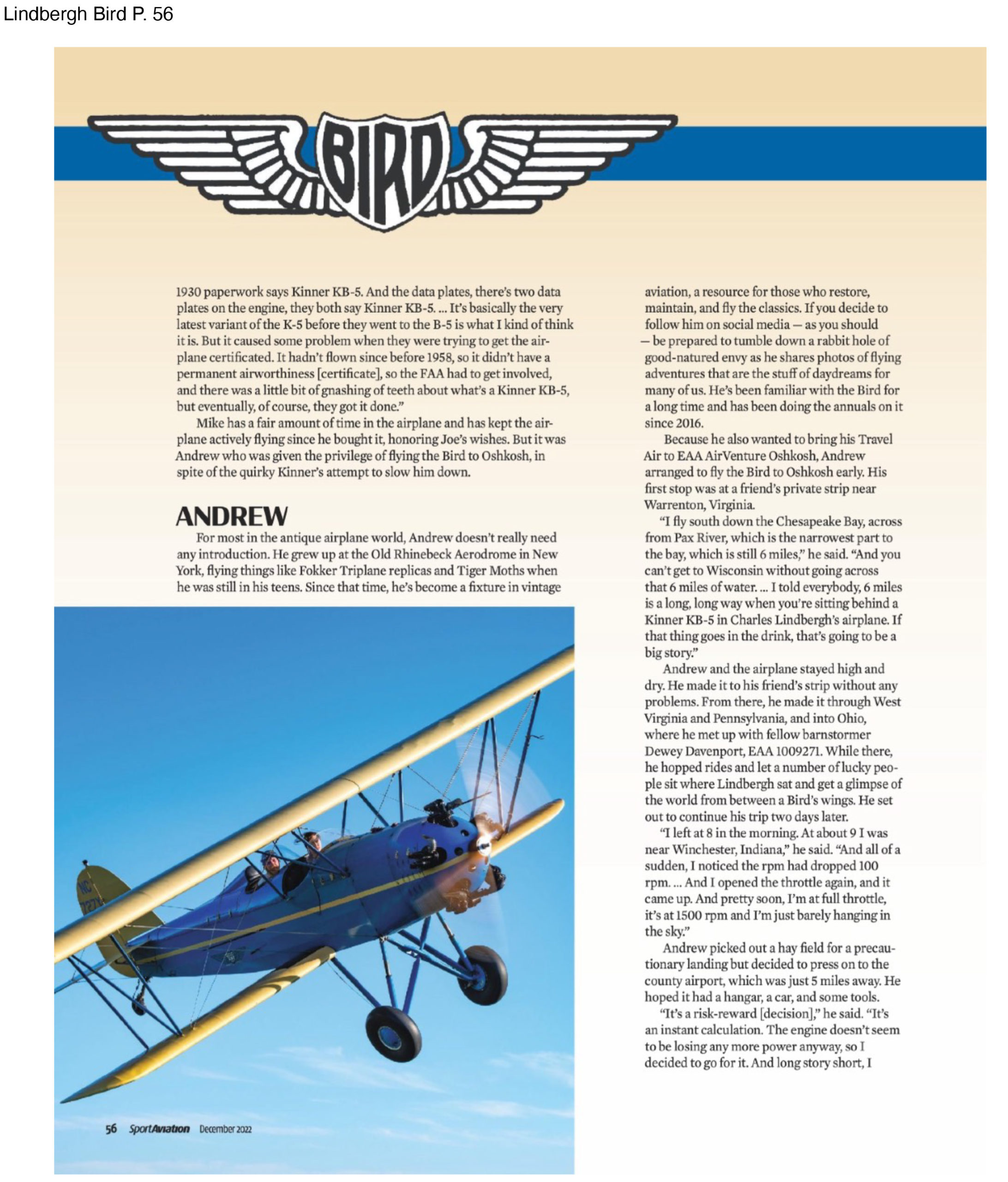

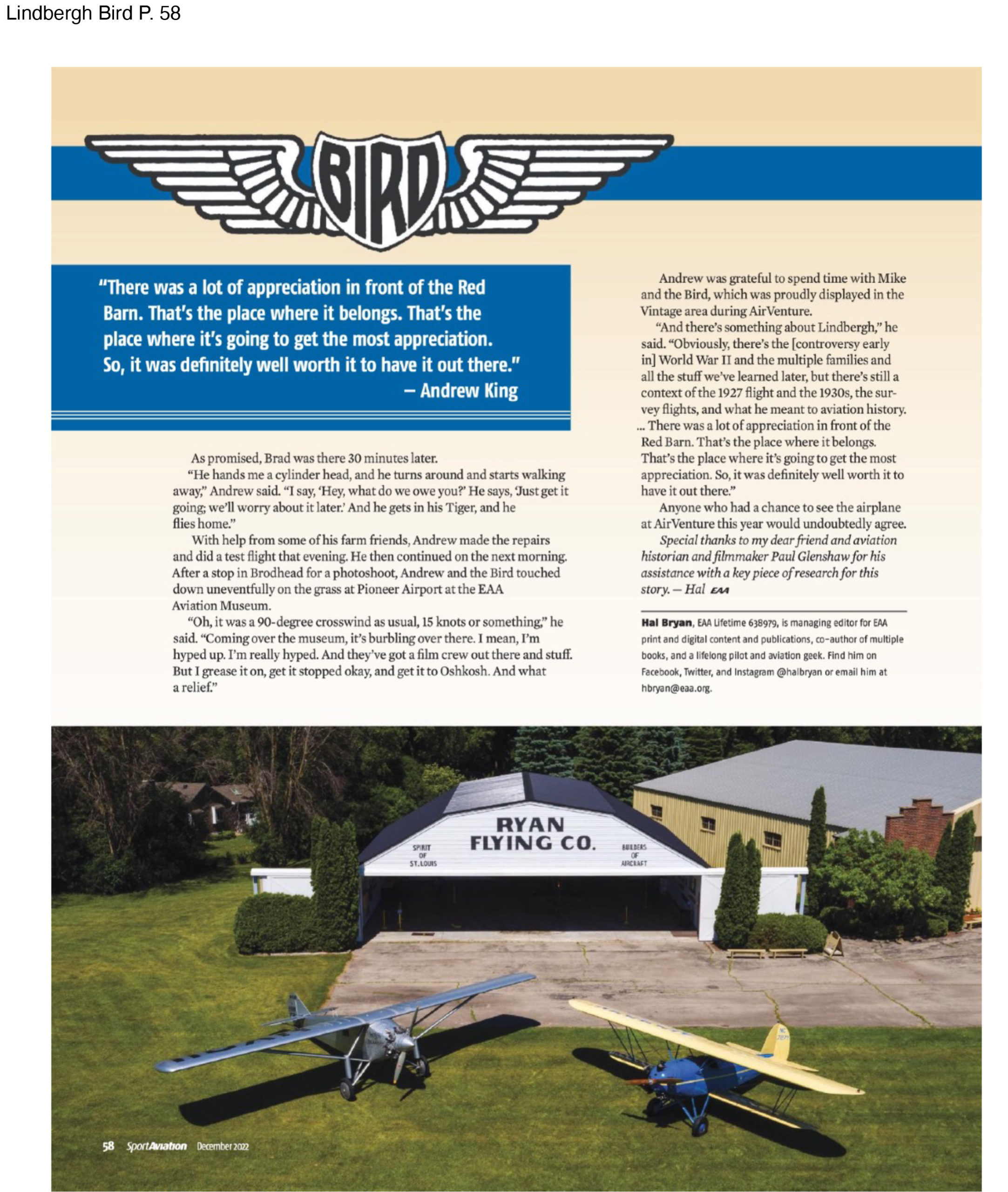
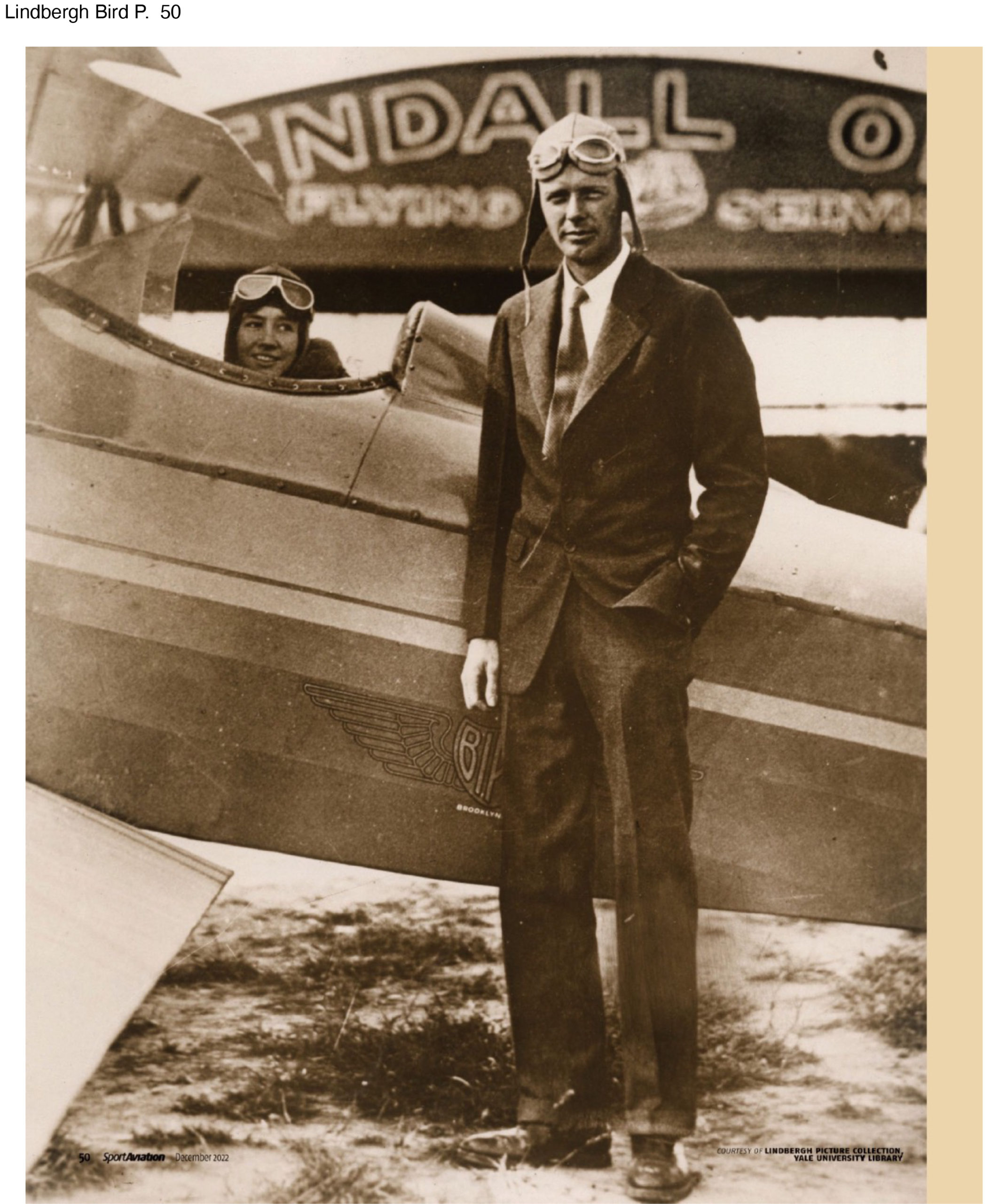


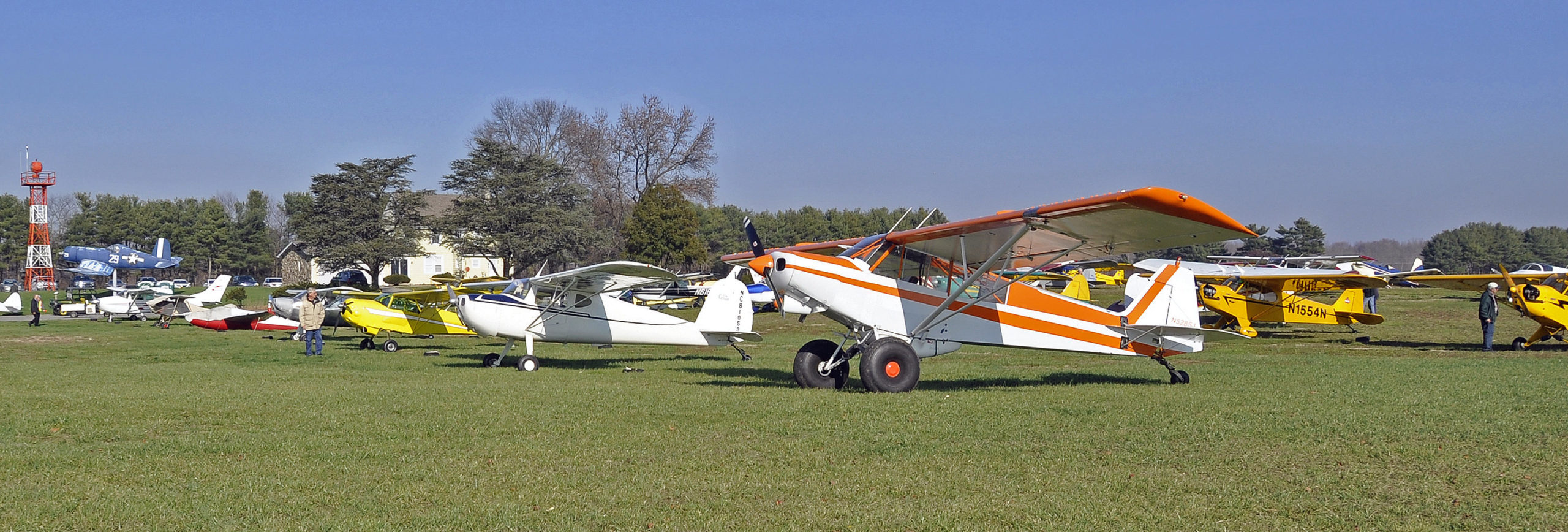
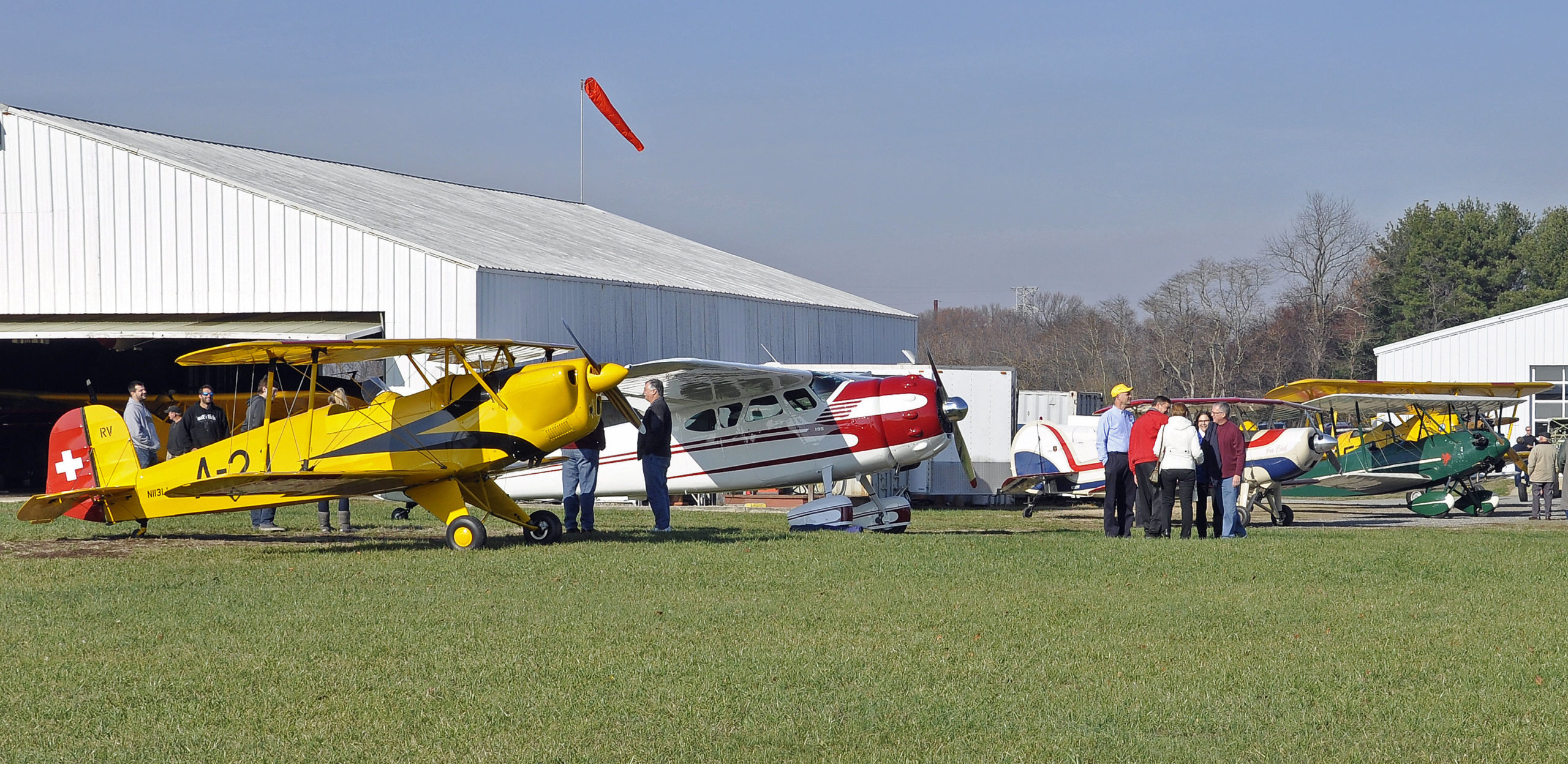
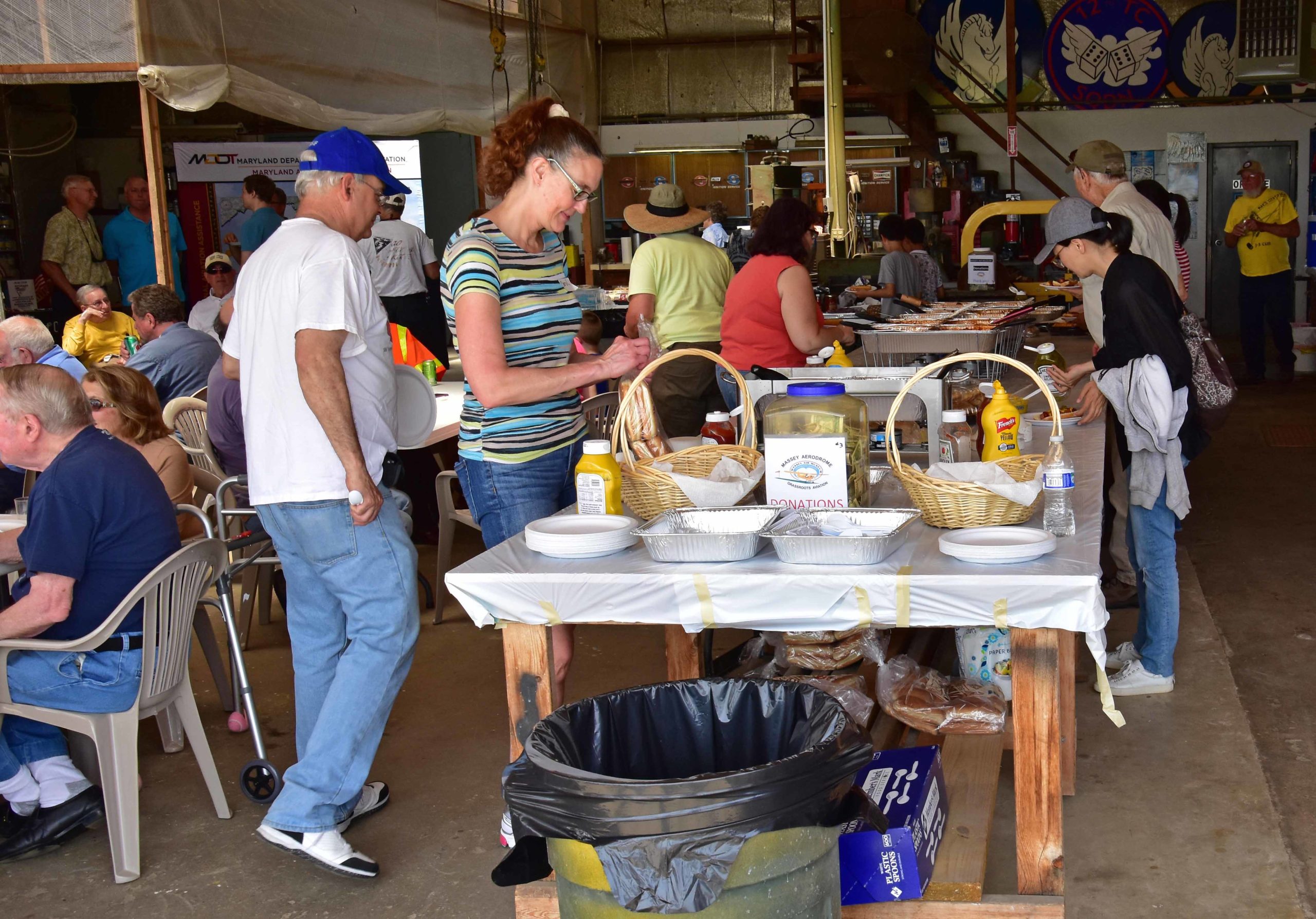
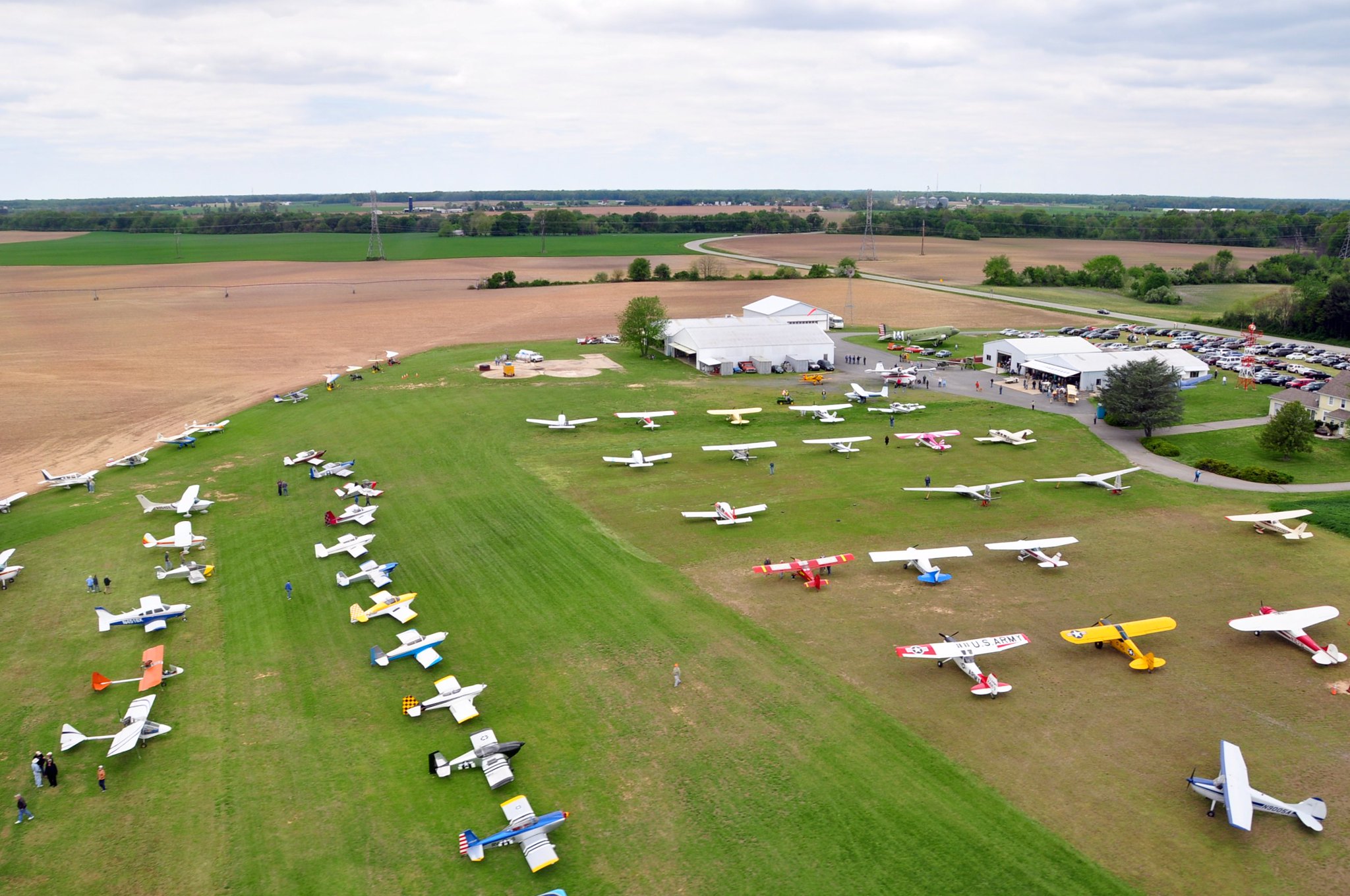

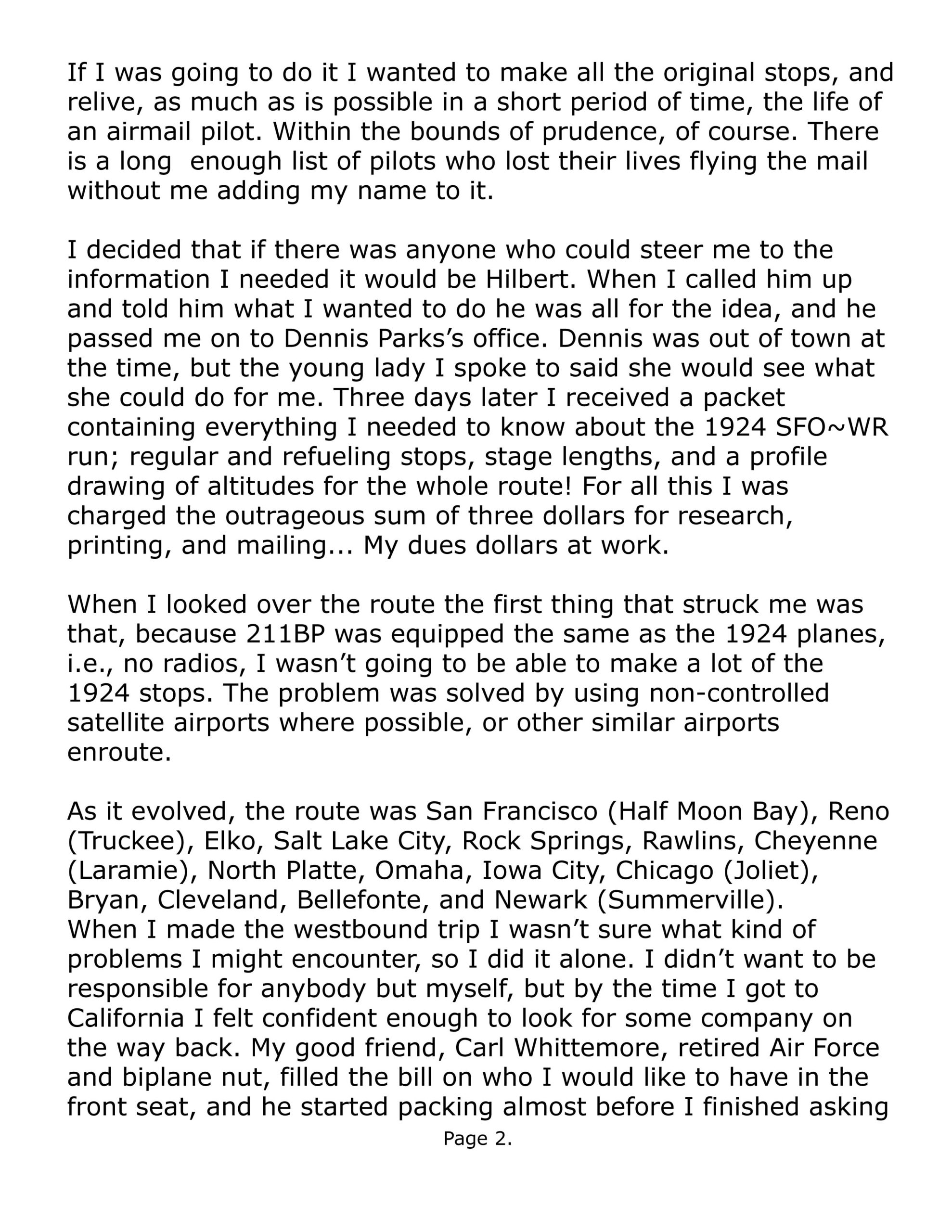
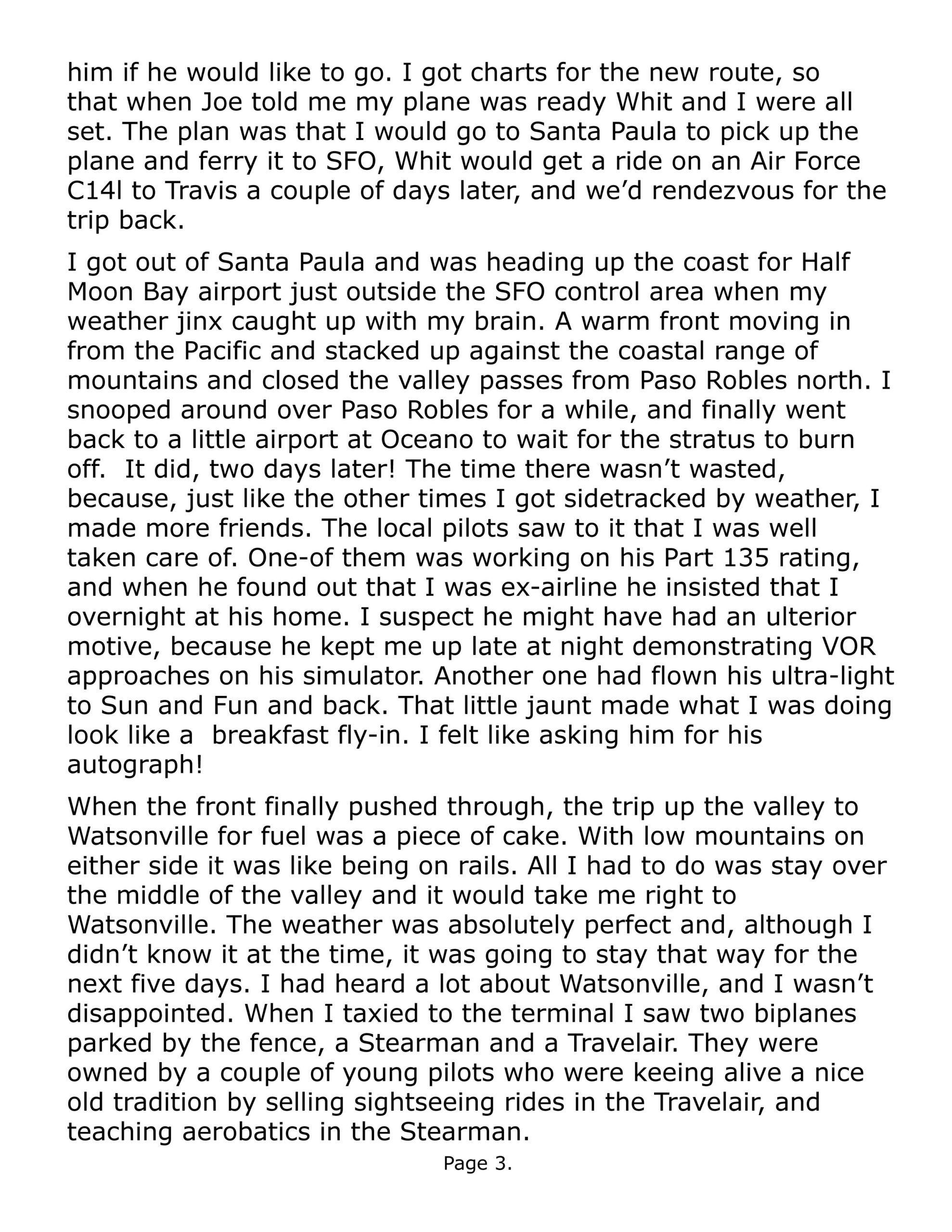
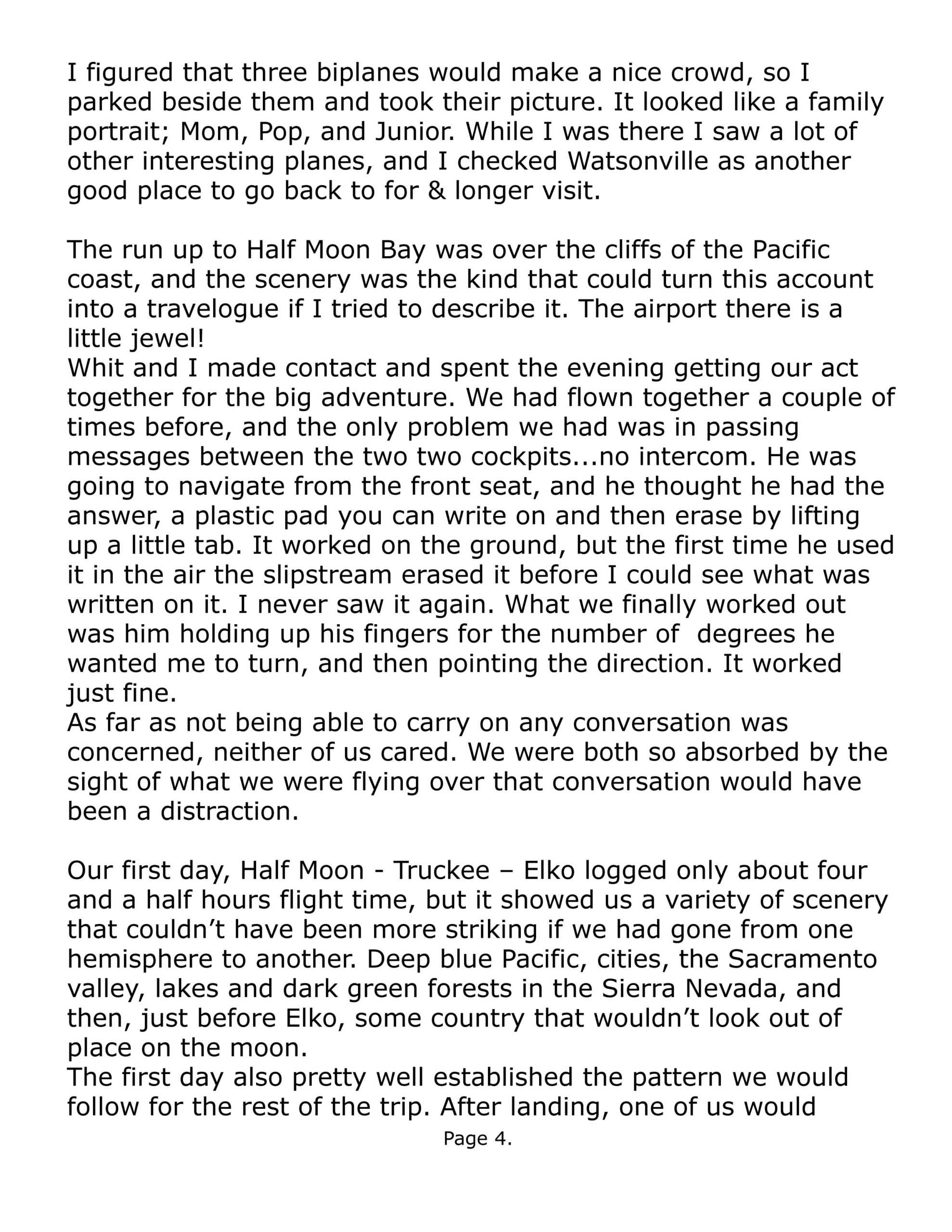
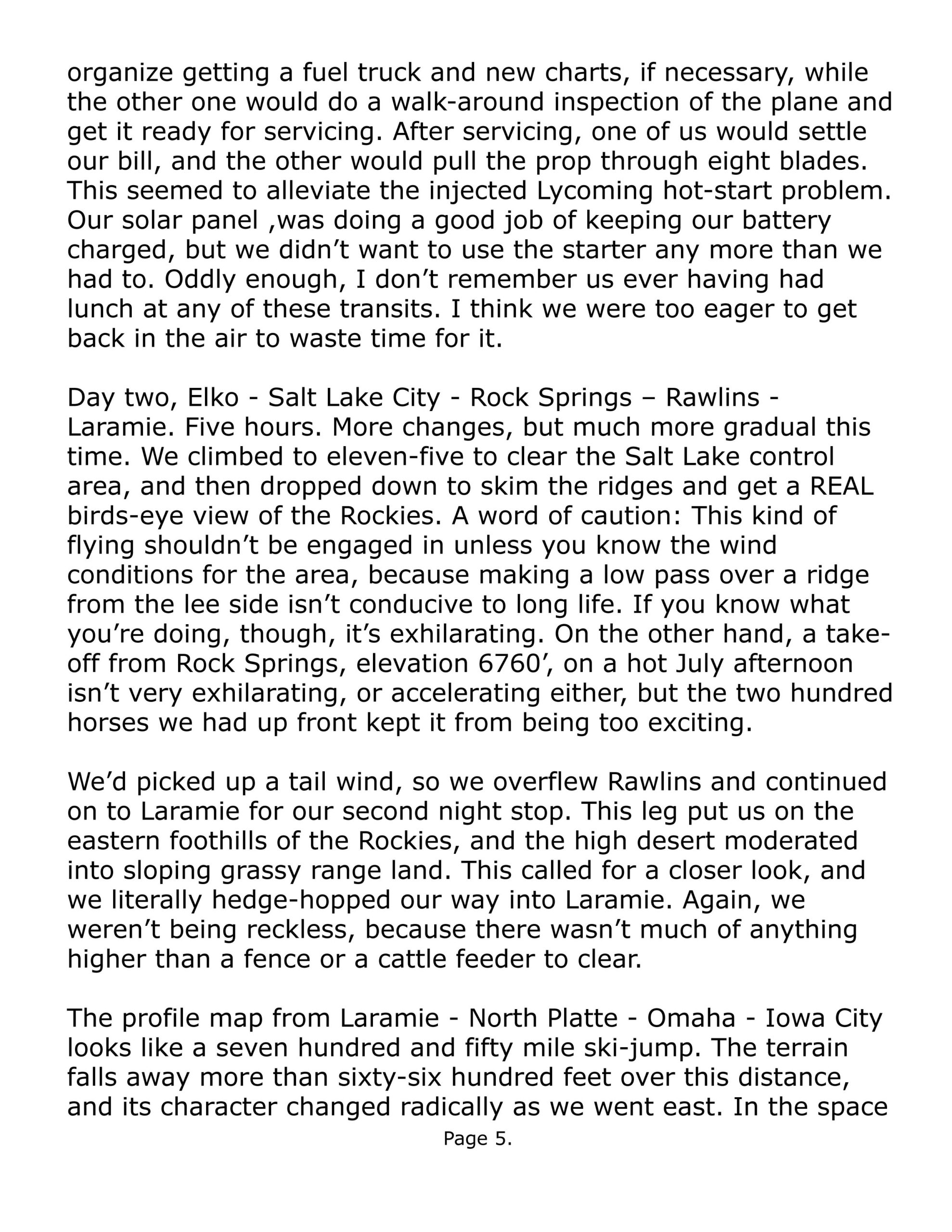

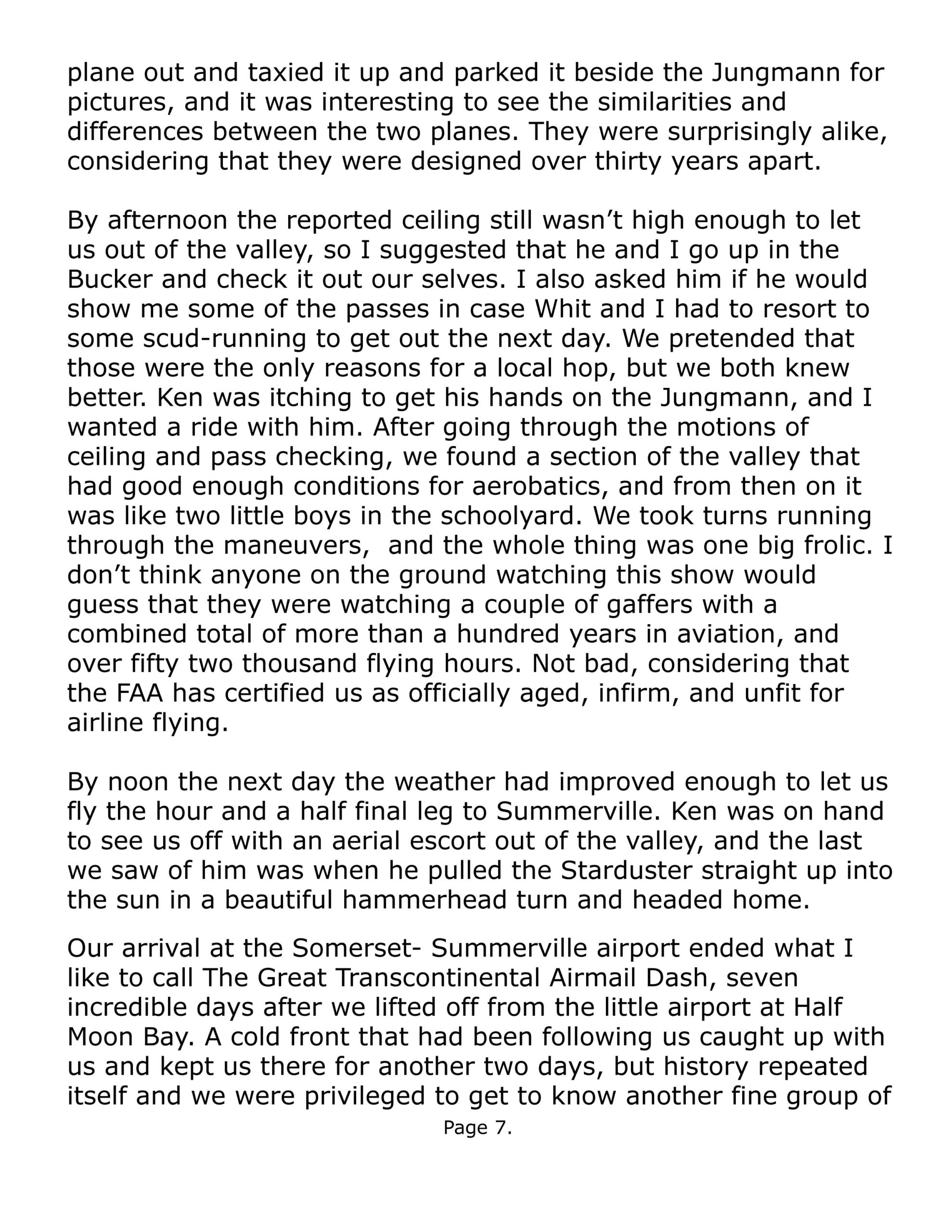

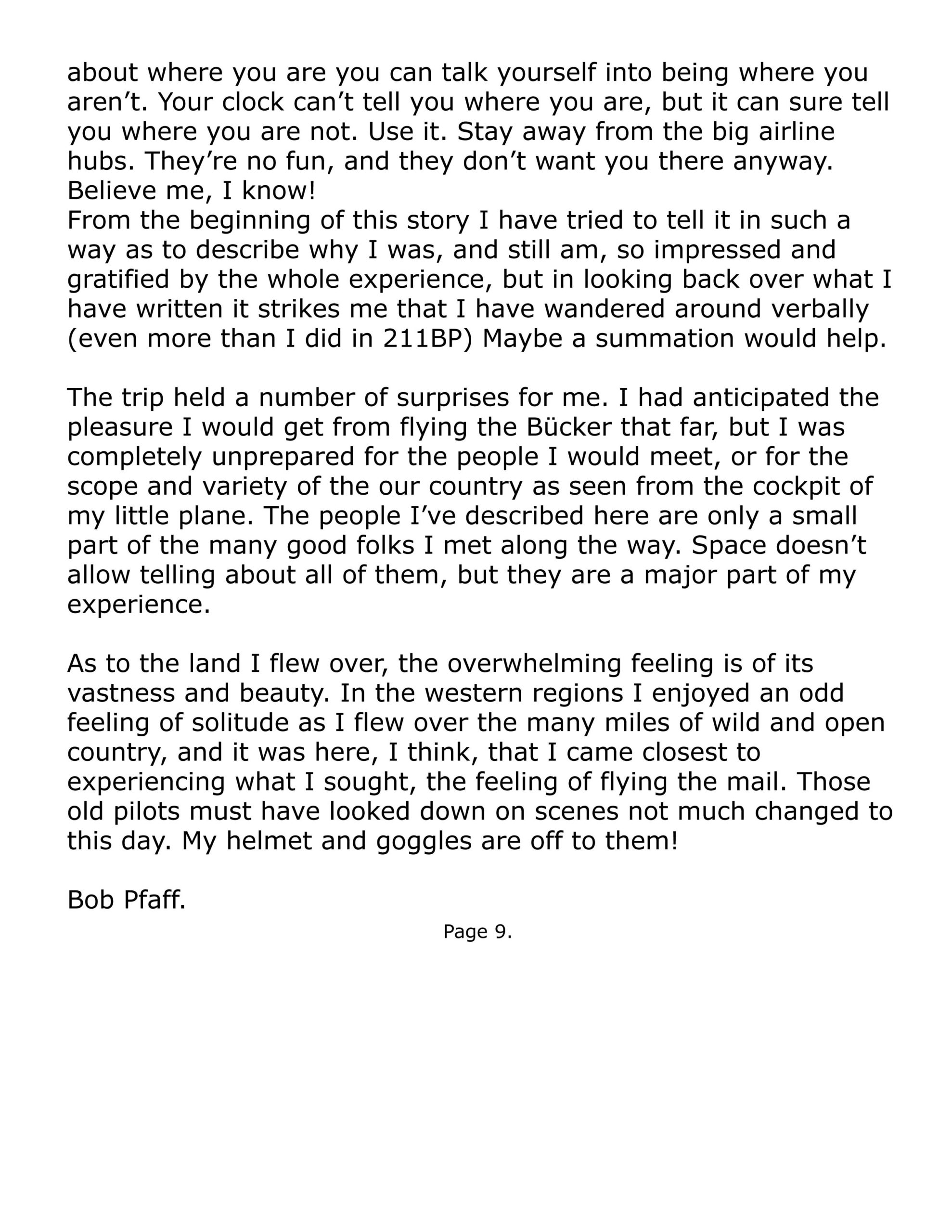
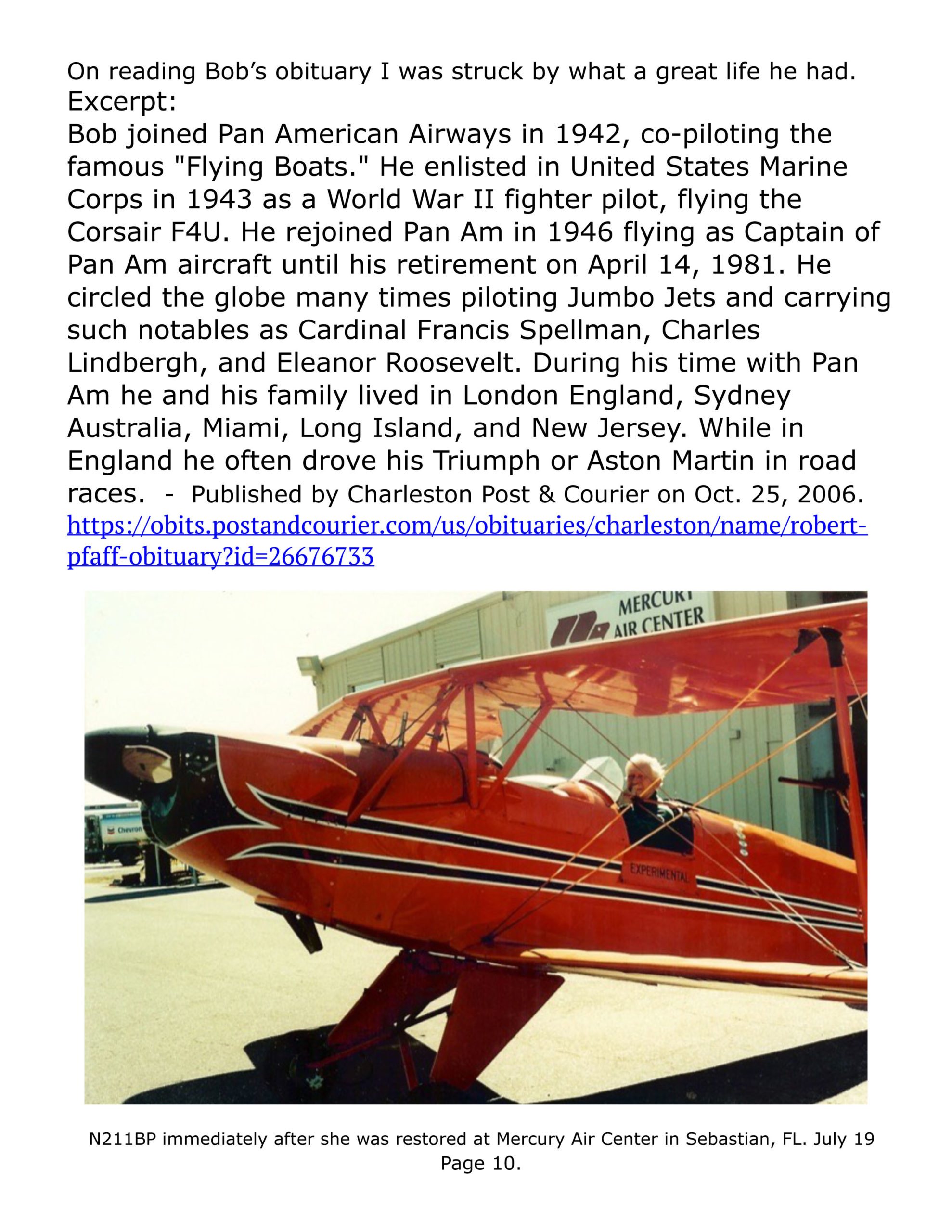

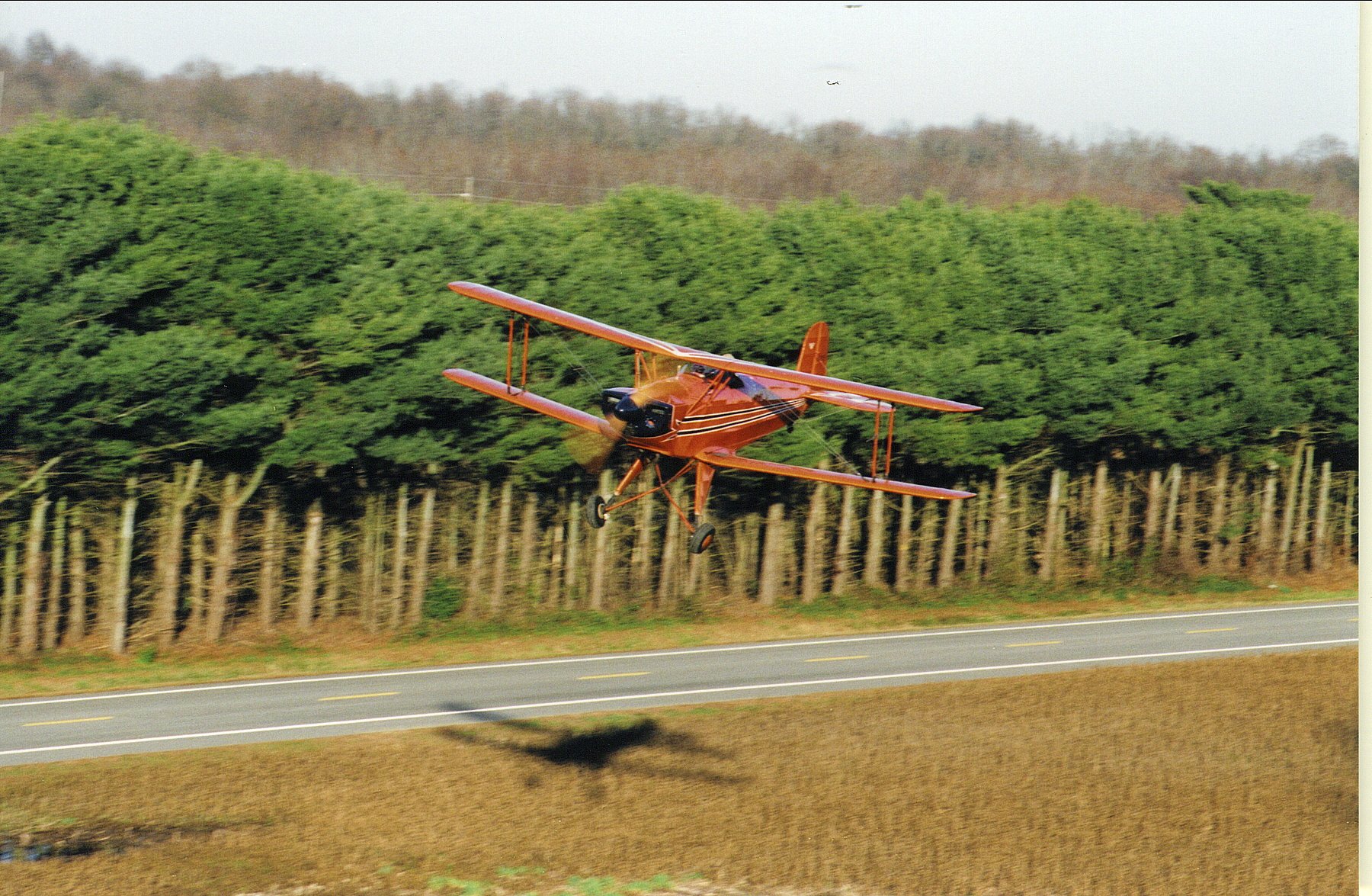
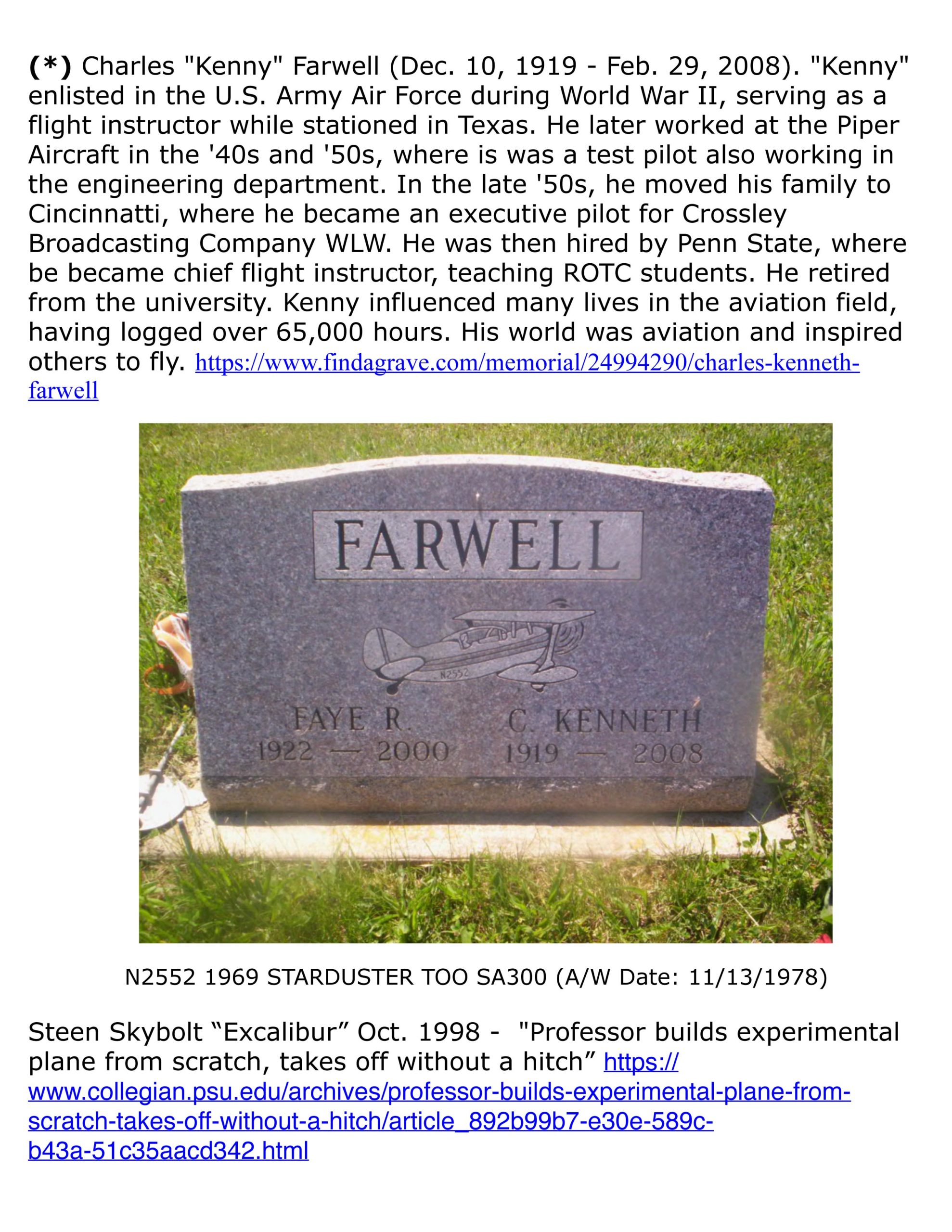
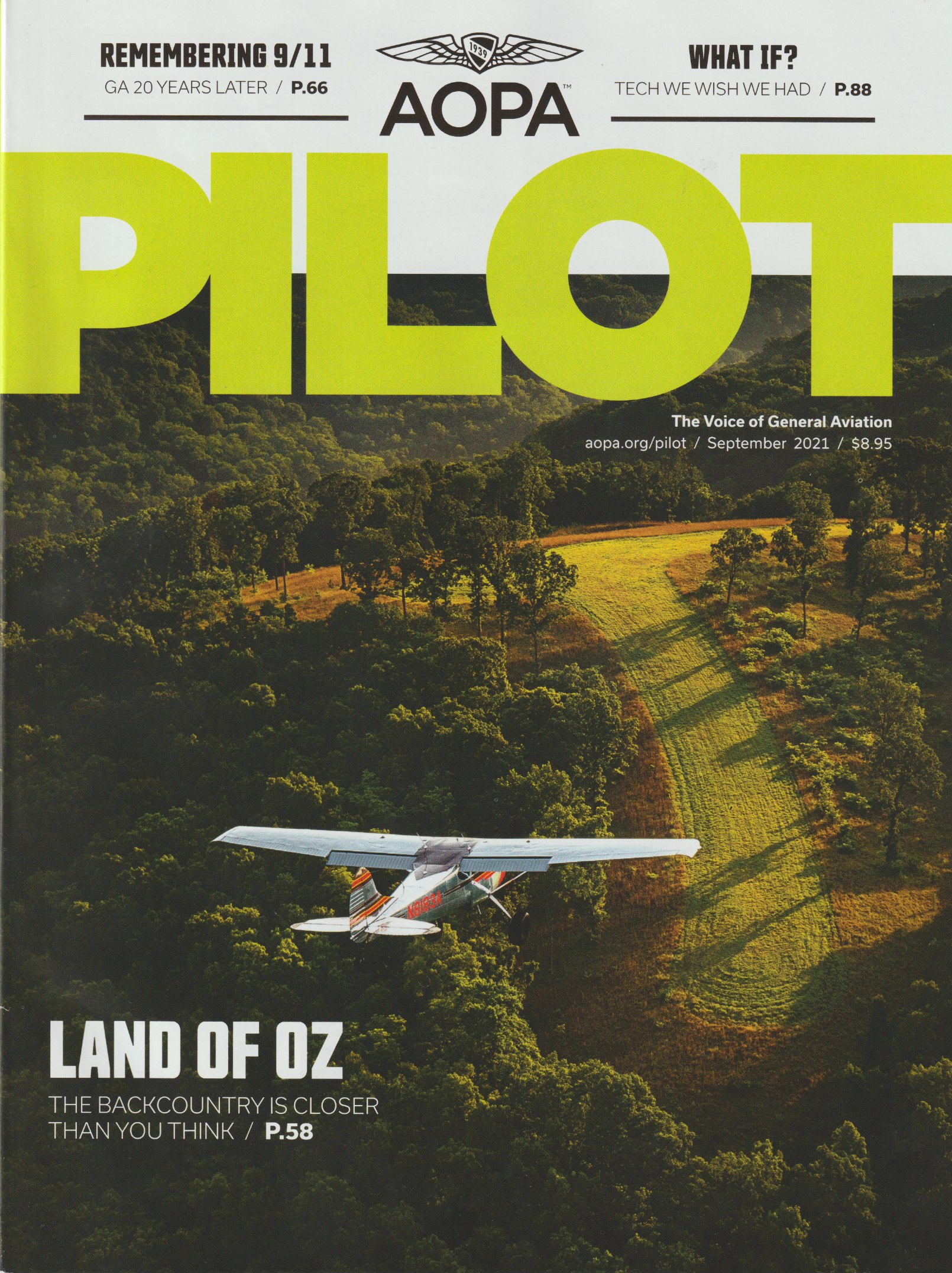
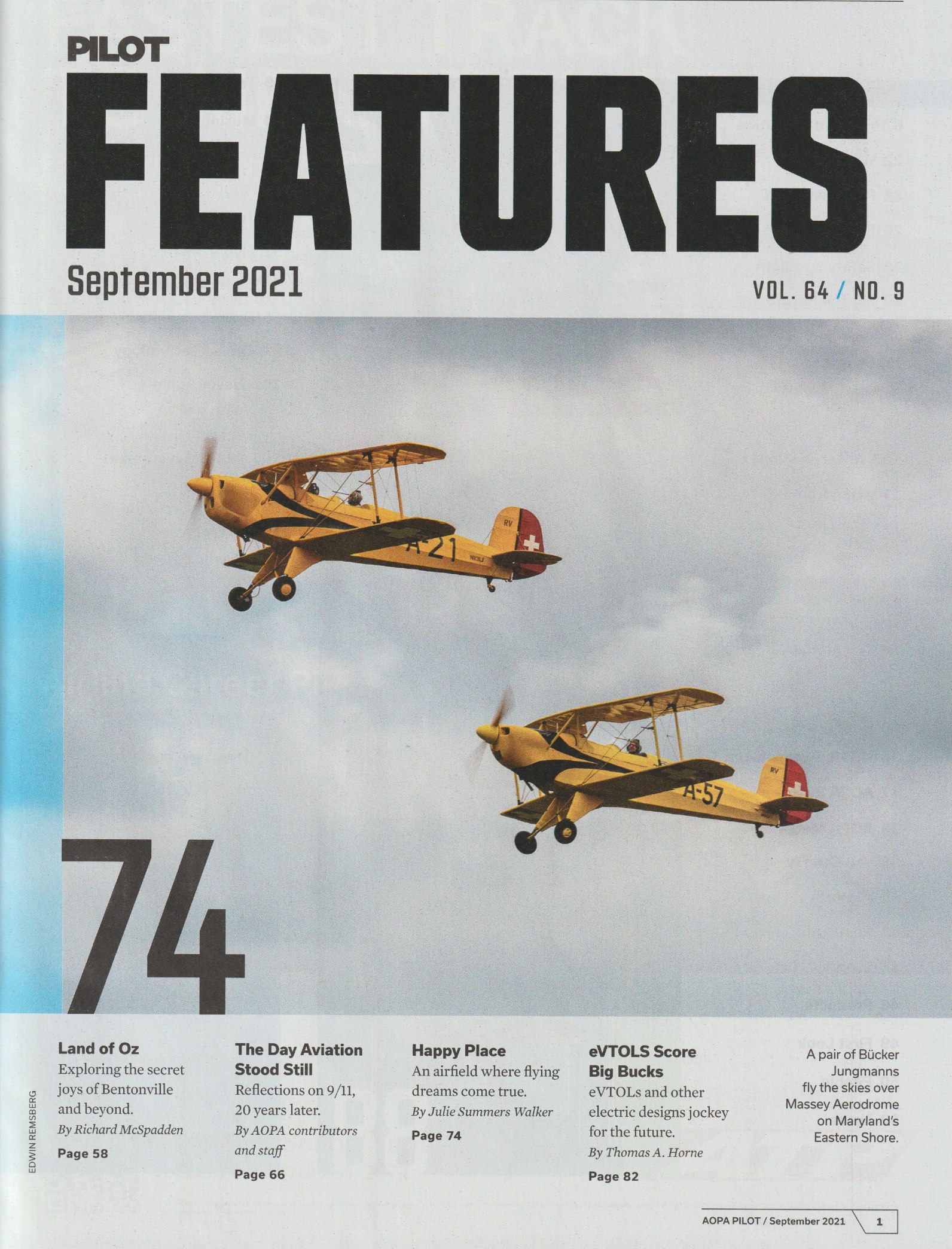
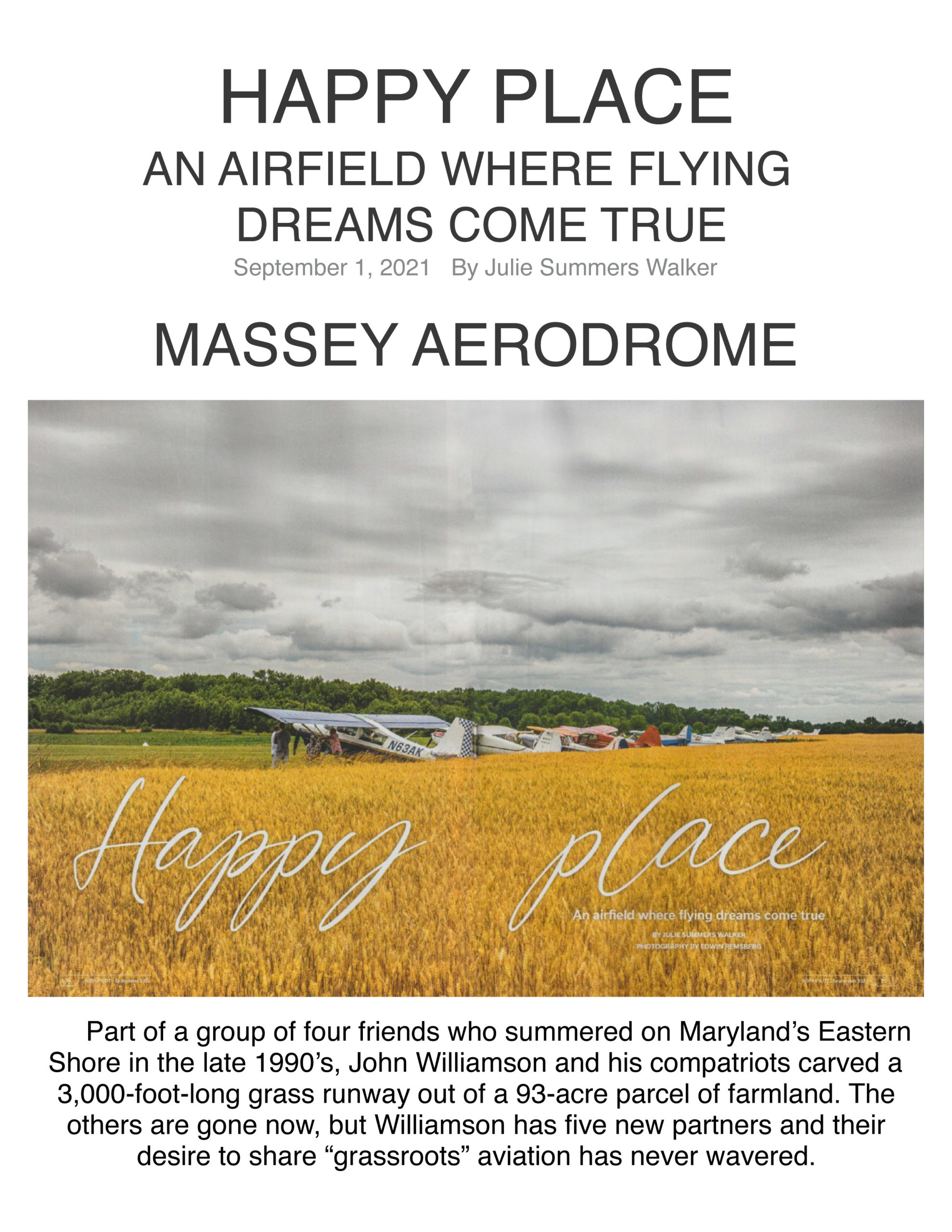


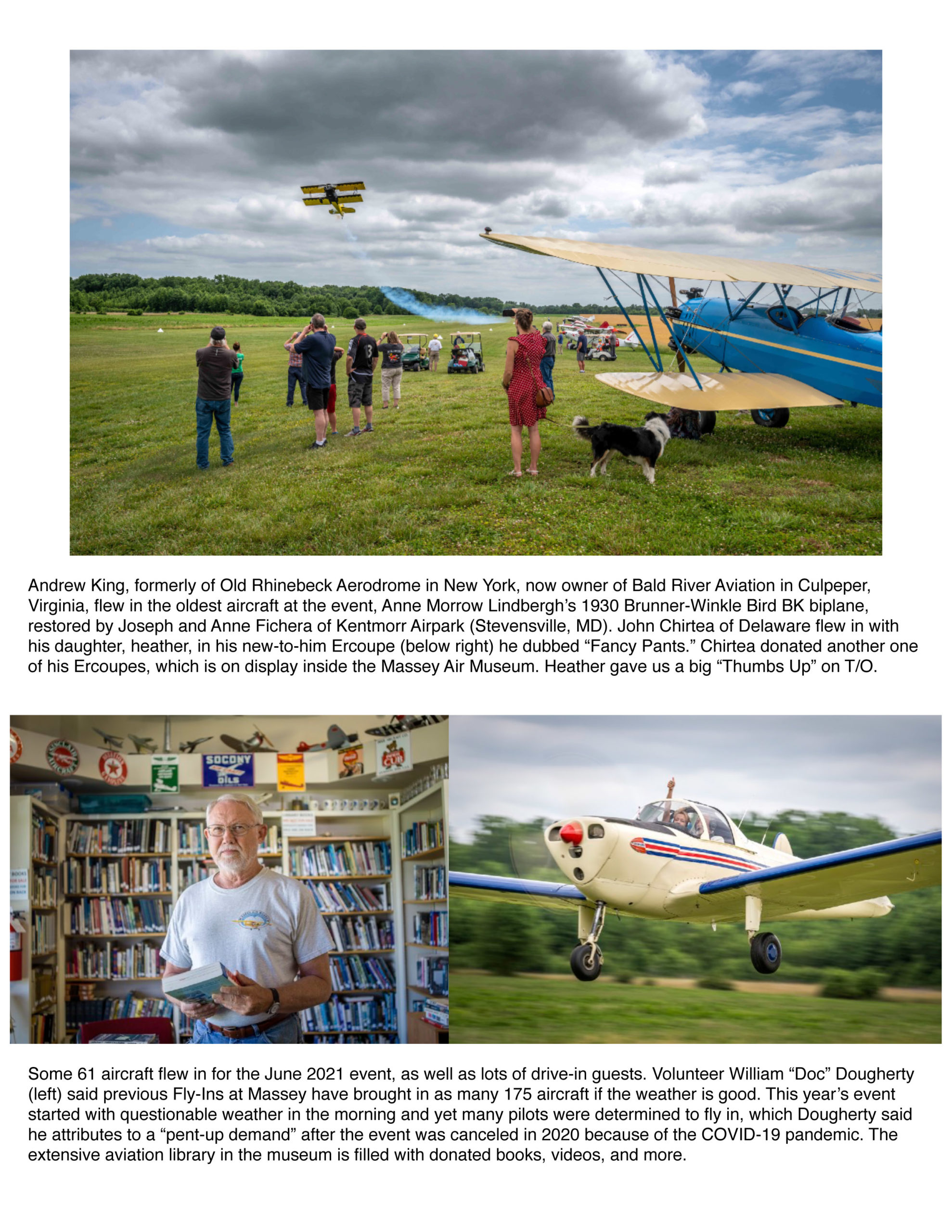
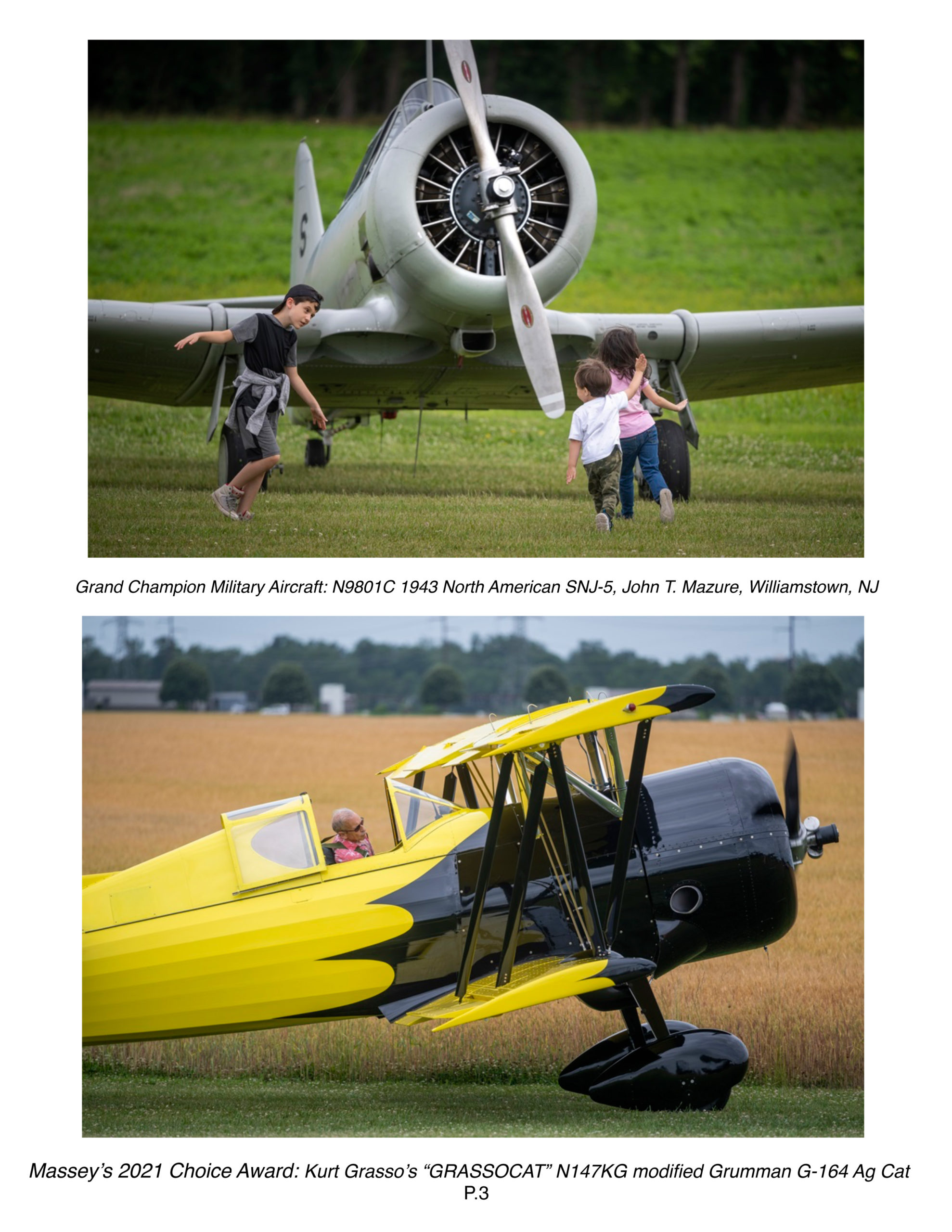
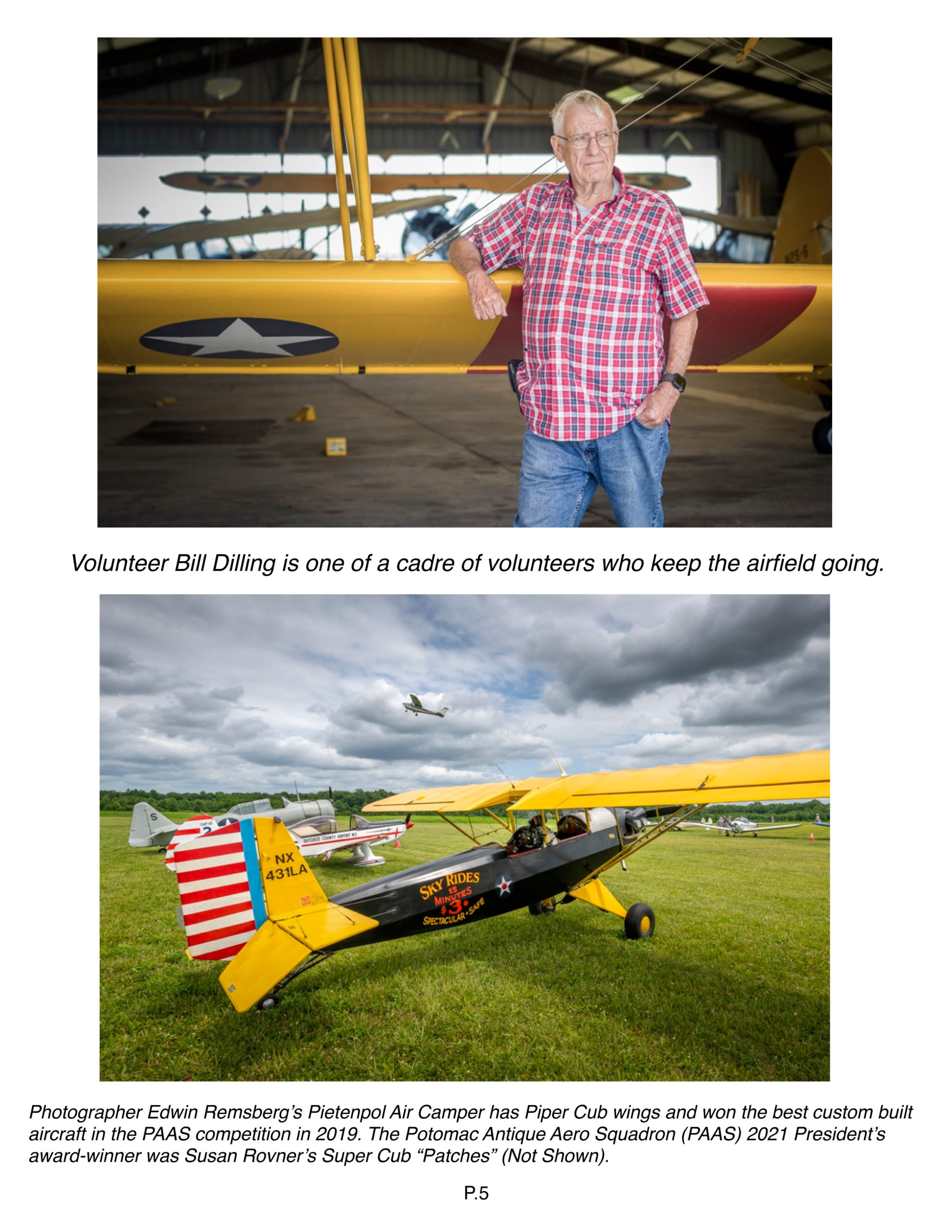
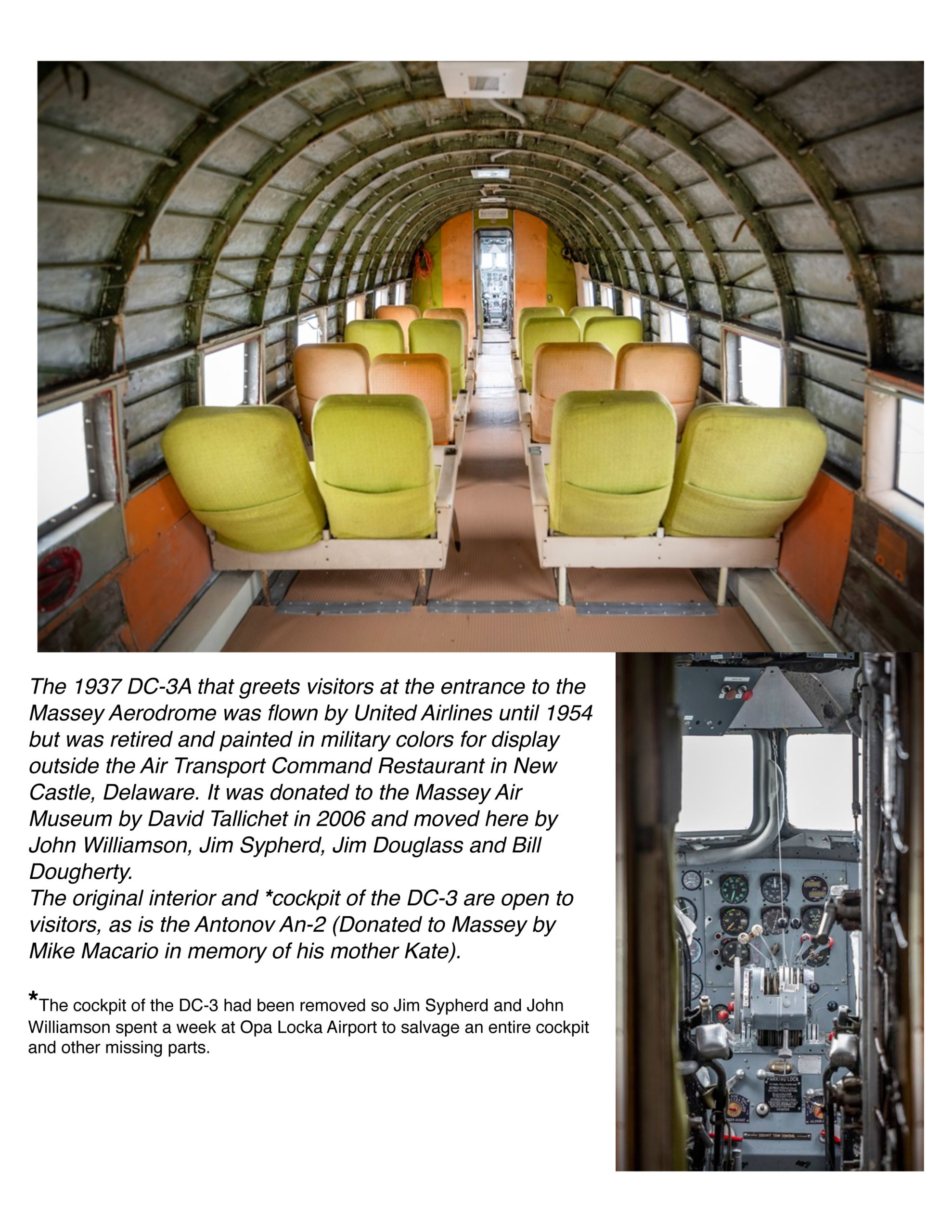






 Recently received a donation of old Air Progress magazines and found this photo of Joe Fichera flying his 1934 Kinner Sportster N727N in the June/July 1963 issue (before he moved to Kentmorr Air Park). Joe was a fixture in the Eastern Shore Antique Airplane universe for many years. We’re still blessed by Andy King flying the Lindbergh Bird BK, that Joe & Ann restored, to our Antique Airplane Fly-Ins.
Recently received a donation of old Air Progress magazines and found this photo of Joe Fichera flying his 1934 Kinner Sportster N727N in the June/July 1963 issue (before he moved to Kentmorr Air Park). Joe was a fixture in the Eastern Shore Antique Airplane universe for many years. We’re still blessed by Andy King flying the Lindbergh Bird BK, that Joe & Ann restored, to our Antique Airplane Fly-Ins.
